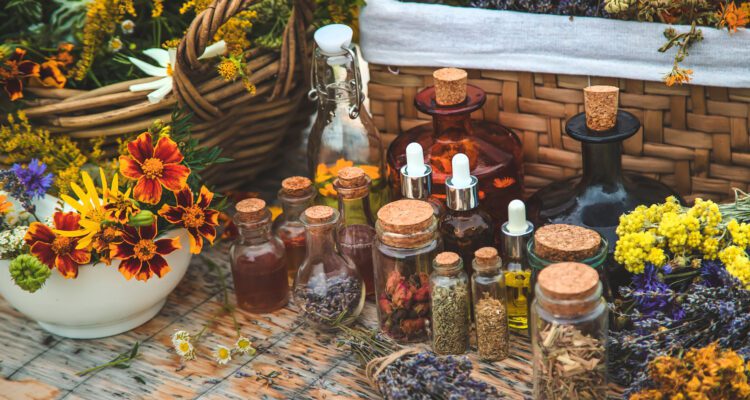Herbs and Their Uses. Herbalism is the study and use of plants to treat disease. It is also a traditional healing system that has been used for centuries worldwide. Herbalism is a holistic approach to health and well-being that considers the whole person instead of just the symptoms of the disease.
Many different herbs can be used for various purposes. This blog post will provide an A-Z guide to herbs and also their uses in herbalism. From Acai to Yarrow, there is an herb for almost everything!
Herbalism. This article is for informational purposes only, always consult a medical professional before starting an herbal regimen.
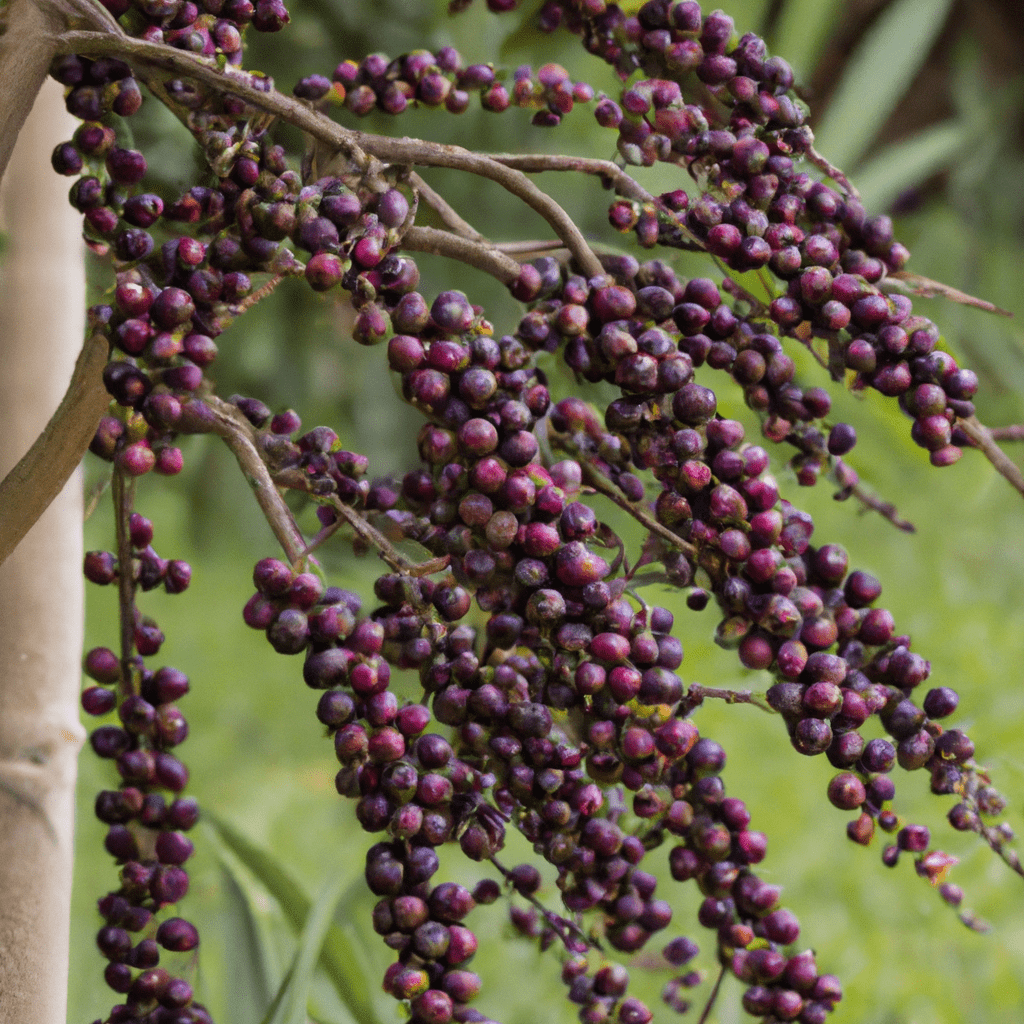
1. Açai (Euterpe oleracea) Herbs and Their Uses
The açai berry (Euterpe oleracea) is a small, round, dark-purple fruit from a palm tree native to Central and South America. The açai berry has been used for centuries by indigenous people in the Amazon rainforest for its medicinal properties.
Recent studies have shown that the açai berry has potent antioxidant and anti-inflammatory properties. These properties make the açai berry a promising natural remedy for various health conditions, including heart disease, cancer, and Alzheimer’s.
The açai berry contains fiber and vitamins C and E. Furthermore, these nutrients are essential for good health. And Açai can also help protect against various chronic diseases.
-lowers blood glucose
-lowers insulin
-lowers cholesterol
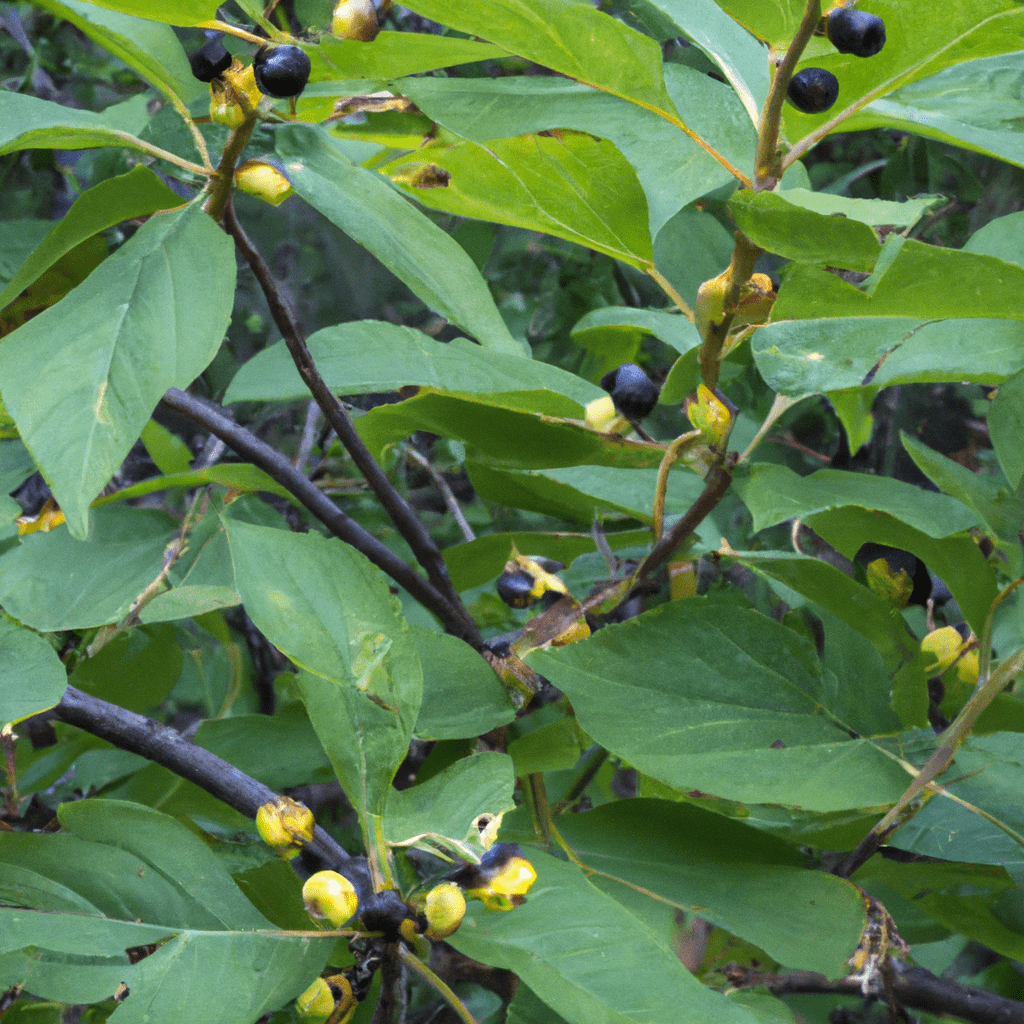
Alder buckthorn (Frangula Alnus) Herbs and Their Uses
Alder buckthorn (Frangula Alnus) is a shrub native to Europe and Asia. The plant also has several medicinal uses and is effective in treating many ailments.
Furthermore, recent studies have shown that alder buckthorn can effectively treat digestive issues, such as constipation, diarrhea, and indigestion. Furthermore, the plant is also said to help detoxify the body and boost the immune system. Finally, Alder buckthorn is also being studied for its potential use in cancer treatment.
-cirrhosis
-gallbladder
-constipation
-jaundice
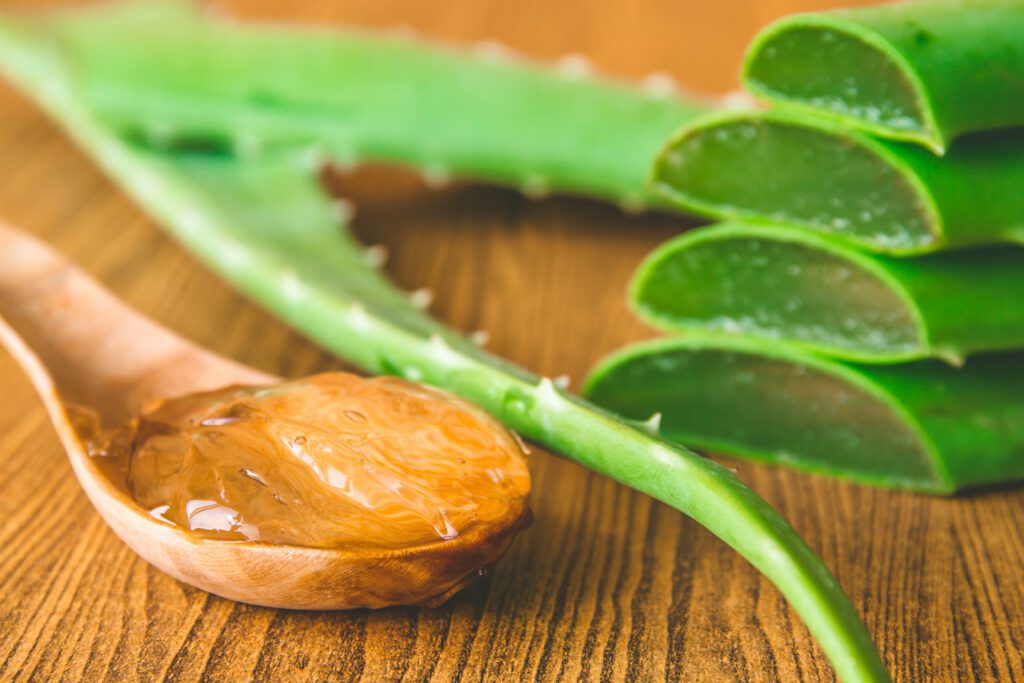
Aloe Vera (Aloe vera) Medicinal benefits include
There is a long history of medicinal use of the Aloe Vera plant for centuries. The gel from the leaves of the plant treats various skin conditions, and it can also be used to make teas and extracts with multiple health benefits. Some of the most well-known medicinal benefits of Aloe Vera include:
– treating burns and wounds
– reducing inflammation
– boosting the immune system
– aiding in digestion
– reducing fevers
– fighting cancer
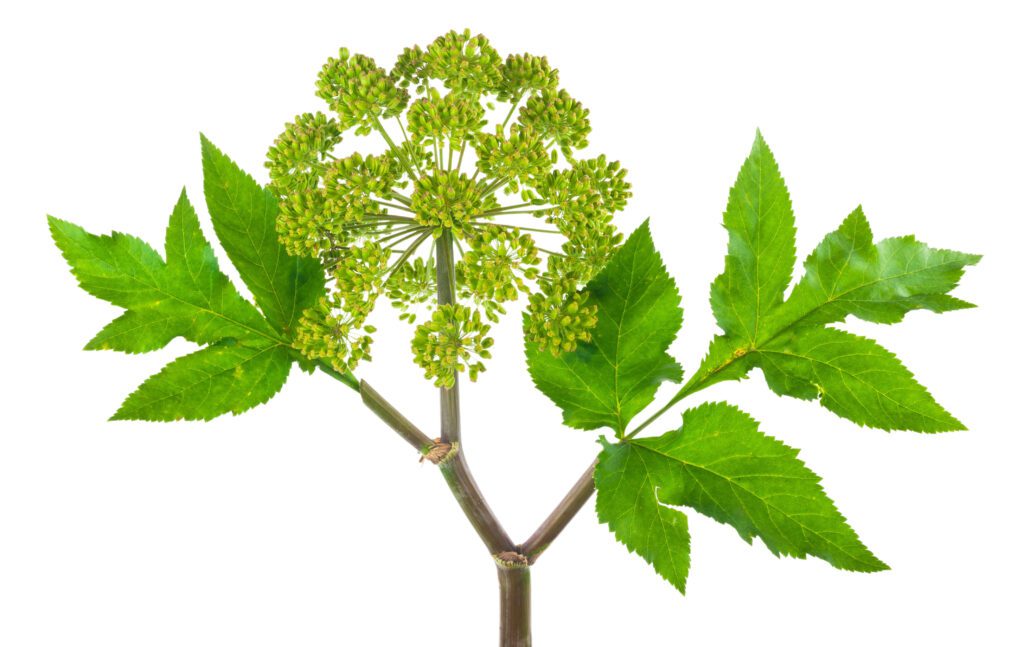
Angelica (Angelica archangelica) Medicinal benefits include
Angelica (Angelica archangelica) is a biennial herb used medicinally for centuries. Medicinals are made from the plant’s leaves, stems, roots, and seeds. Angelica is most commonly used to treat gastrointestinal issues like indigestion and heartburn. It also treats respiratory problems, such as coughs and colds. The plant is also said to have anti-inflammatory and diuretic properties.
-kills fungus
-anti-cancer
-relieves stomach upset
-anxiety reduction

Arnica (Arnica montana) Medicinal benefits include
Arnica montana, also known as mountain arnica, is a flowering plant in the sunflower family. It is native to the mountainous regions of Europe and North America. Since the 16th century, arnica has also been used as a medicinal herb. Generally, Arnica is most commonly used for its anti-inflammatory and pain-relieving properties. It is also sometimes used to speed the healing of wounds, bruises, and muscle strains.
It is believed that there is some scientific evidence that supports the use of arnica for these purposes. Arnica reduces inflammation and pain in a variety of studies. It is thought to work by decreasing inflammation and swelling. Arnica is also believed to stimulate blood flow and promote healing.
-bug bites
-swelling
-pain
-wounds
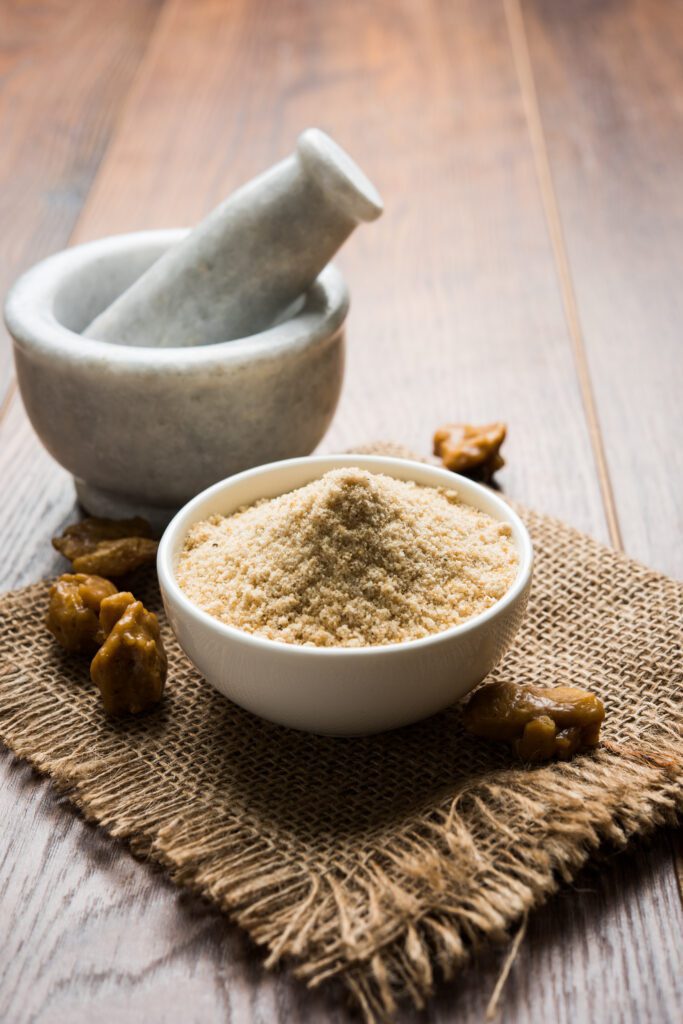
Asafoetida ( Ferula assa-foetida) Herbs and Their Uses
Asafoetida, also known as Ferula assafoetida, is a perennial herb native to the mountain regions of Iran, Afghanistan, and the Himalayas. The plant reaches a height of 2.5 meters and has large, umbrella-shaped leaves. The herb has a strong, pungent smell and a bitter taste.
The herb is known to relieve flatulence and indigestion. Asafoetida is also used to treat respiratory disorders such as asthma and bronchitis. Additionally, the herb has anti-inflammatory and antispasmodic properties.
Asafoetida is available in powder, paste, or liquid form. The powder form is the most potent.
-indigestion
-gas
-muscle spasm relief
-anti-inflammation

Ash Trees (Fraxinus sp.) Medicinal benefits include
As a deciduous tree, the ash tree is part of the Oleaceae family. There are several species of the ash tree, including the European ash (Fraxinus excelsior), the white ash (Fraxinus Americana), and the black ash (Fraxinus nigra). Ash trees are found in temperate climates all over the world.
The leaves, bark, and seeds of the ash tree are popular in traditional medicine. The most well-known medicinal benefit of the ash tree is its ability to relieve pain and inflammation. The bark and leaves of the ash tree contain a compound called salicin, which is converted into salicylic acid in the body. Ash trees have natural pain-relieving properties because they contain salicylic acid, the active ingredient of aspirin. I’m not sure about you, but when treating my pain, I feel like I can trust something with a long track record of safely reducing pain.
-pain relief
-fluid retention
-gall bladder
-fever
-arthritis

Ashwagandha (Withania somnifera) Medicinal benefits include
Ashwagandha is an ancient medicinal herb. Modern science is now beginning to validate this herb’s traditional uses. It is effective in reducing stress, improving fertility, and boosting immunity. The herb is also being investigated as a prospective treatment for cancer and other chronic diseases.
So what are the medicinal benefits of ashwagandha? Here is a quick rundown of some of the most well-studied benefits of this herb:
Ashwagandha reduces stress and anxiety by reducing stress hormone levels in the body.
– Improves fertility: Ashwagandha is believed to improve fertility in both men and women.
-Stress Relief
-Mental acuity
-athletic performance
-improved sleep
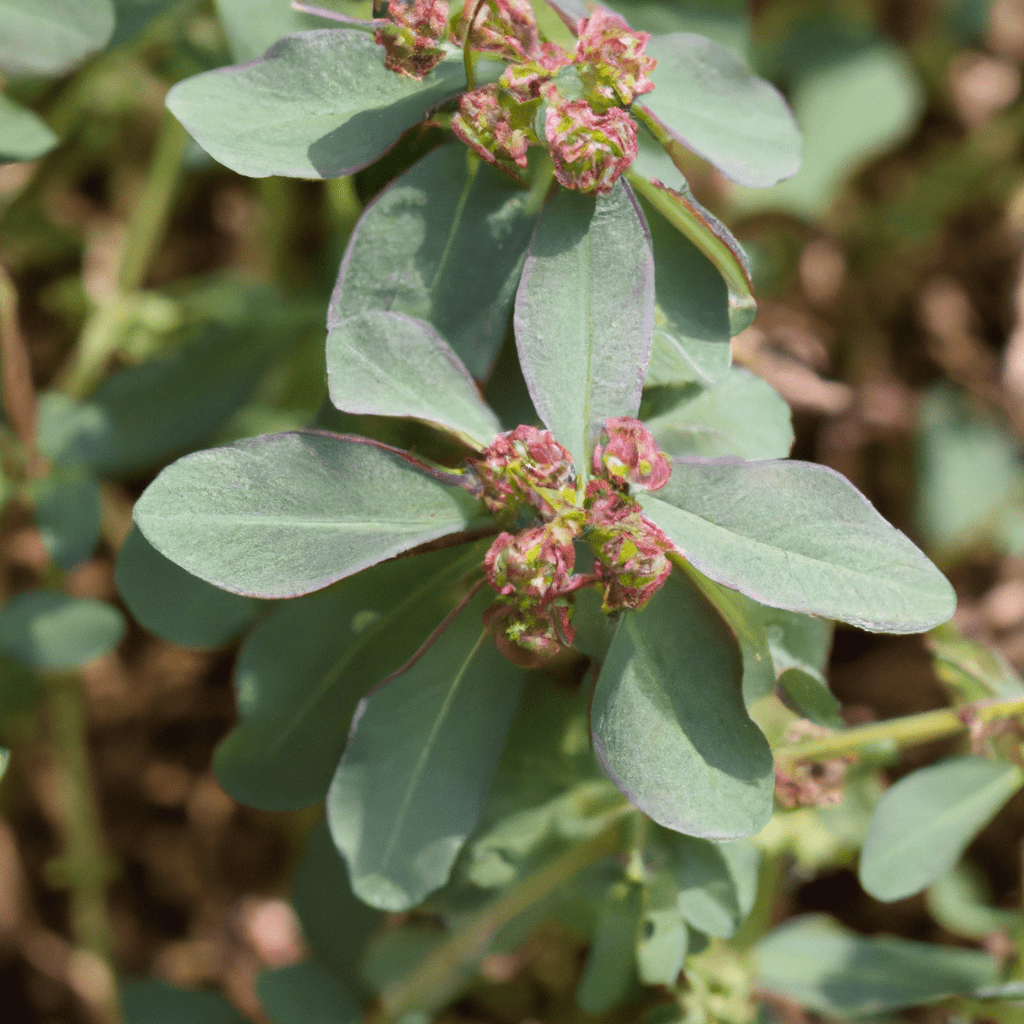
Asthma-plant (Euphorbia hirta) Medicinal benefits include
The Asthma-plant (Euphorbia hirta) is a medicinal plant that has a wide range of benefits. It has been used traditionally to treat asthma, bronchitis, and other respiratory problems. The plant is also used to treat fever, diarrhea, and other digestive issues. In addition, the Asthma-plant is believed to have anti-inflammatory and anti-allergic properties.
-hypertension
-asthma
-skin ailments
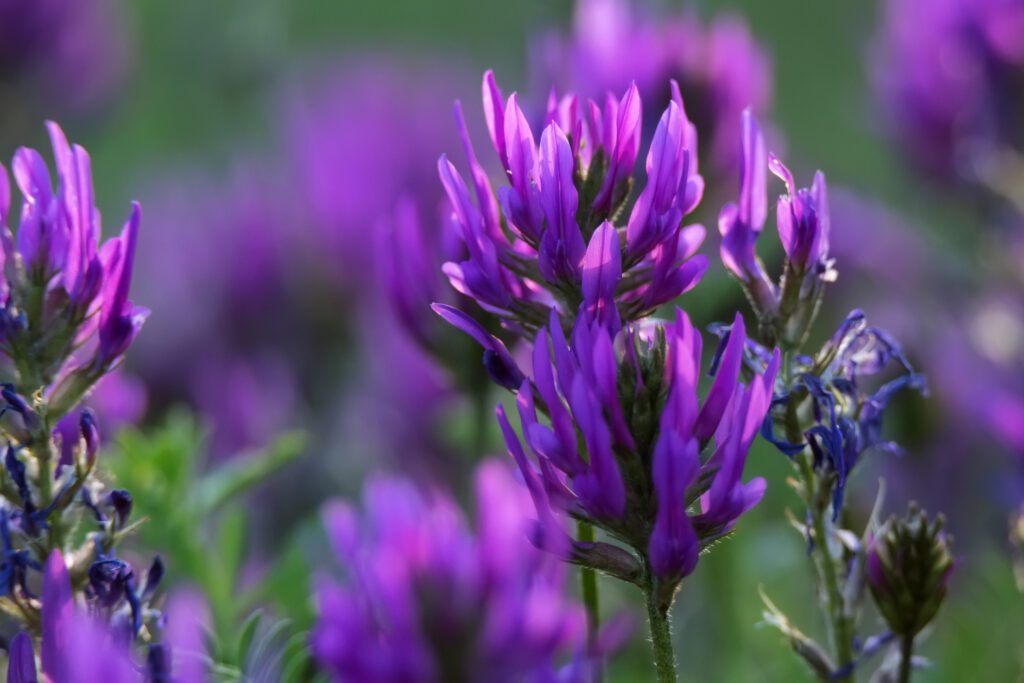
Astragalus (Astragalus propinquus) Medicinal Herbs and Their Uses
Astragalus is a perennial medicinal herb. The roots of the plant are the part typically used for medicinal purposes. Astragalus was used in traditional Chinese medicine for thousands of years. The plant has several health benefits, including immune system support and anti-inflammatory effects.
Capsules, tablets, extracts, and powder are all astragalus available. It can be taken by mouth or used topically. Although astragalus is generally considered safe, there are a few possible side effects to be aware of. When used appropriately, astragalus is a safe and effective way to support overall health. These include gastrointestinal upset, skin rash, and allergic reactions.
-lowers blood pressure
-immunity support
-liver support
-diabetes support
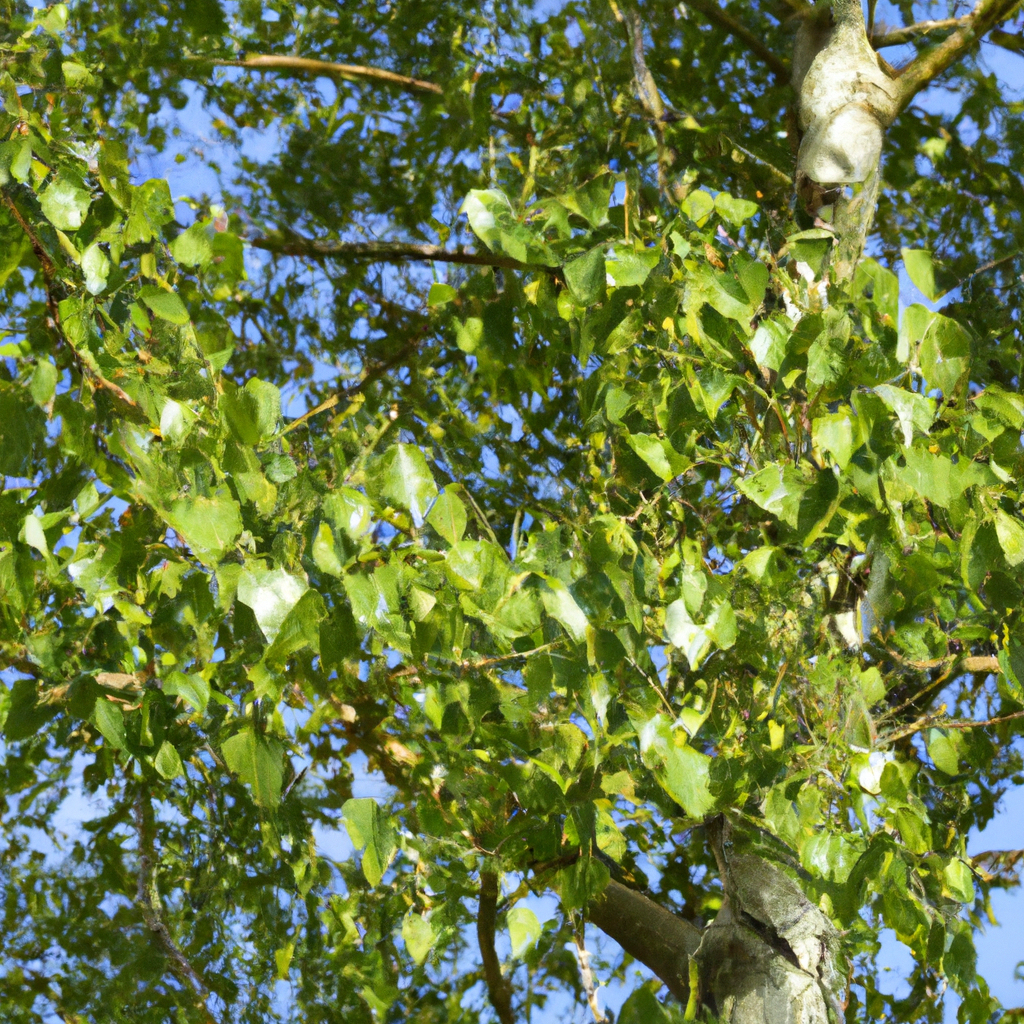
Balsam Poplar (Populus balsamifera) Medicinal Herbs and Their Uses
The balsam poplar, also known as the balm of the Gilead tree, is a North American poplar species. The tree is tall and slender with smooth, greenish-white bark. Its leaves are oval-shaped and have a glossy finish. Balsam poplar is found in moist areas, such as riverbanks and swampy areas.
The balsam poplar has served as a medicinal plant for centuries. The tree’s bark and leaves have been used to make medicinal preparations, such as teas, ointments, and poultices. As well as reducing inflammation, relieving pain, and boosting the immune system, balsam poplar is said to have various health benefits. It is also known as the balm of the Gilead tree. The balsam poplar is also said to have anti-cancer properties. Some studies have shown that extracts from the balsam poplar can kill cancer cells in vitro. It is, however, still unclear whether this tree has an anti-cancer effect.
You can purchase the bark and leaves from online retailers if you want to try the balsam poplar for its health benefits.
-pain relief
-immunity support
-anti-cancer properties
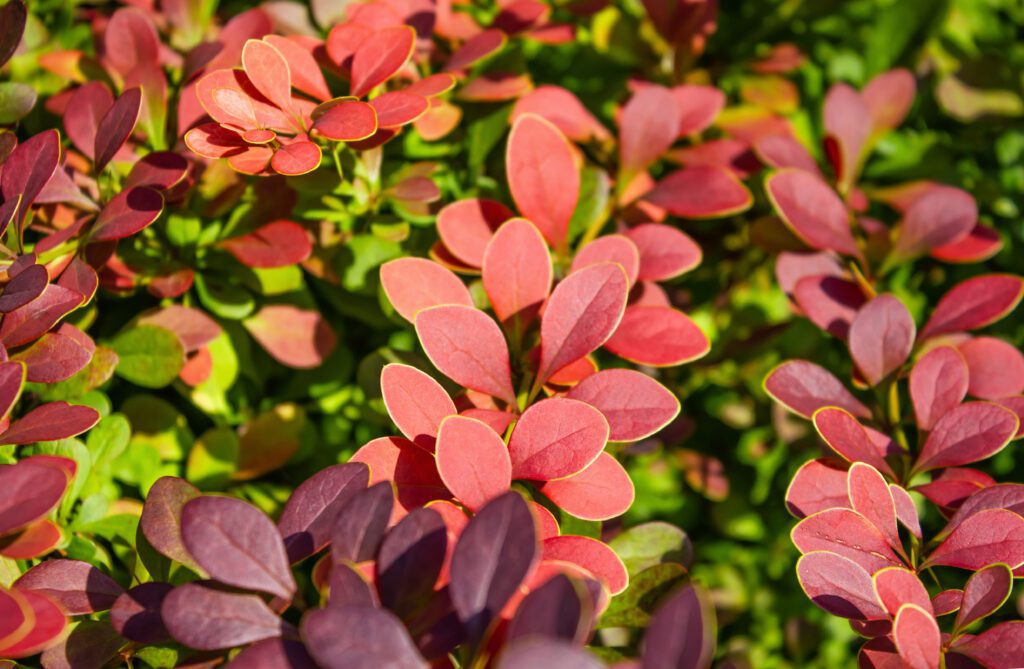
Barberry (Berberis sp.) Medicinal Herbs and Their Uses
Barberry (Berberis sp.) is a medicinal plant used medicinally for centuries. The most common use for barberry is to treat digestive disorders. Still, it is also effective against other conditions such as inflammation, fever, and cancer.
Studies have shown that barberry contains compounds that can help to kill cancer cells, making it a potential treatment for this disease. Additionally, barberry is effective against other inflammatory conditions such as arthritis and psoriasis.
-acne
-diarrhea
-lowers blood sugar
-indigestion treatment

Basil (Ocimum basilicum) Herbs and Their Uses
Basil (Ocimum basilicum) is a popular herb used for centuries in culinary and medicinal applications. This versatile herb can be used fresh, dry, or as an essential oil and has various health benefits.
Basil is a good source of antioxidants. It is known to have anti-inflammatory, antimicrobial, and anticancer properties. Additionally, basil is believed to boost cognitive function and reduce stress.
-lowers blood sugar
-lowers cholesterol
-reduces joint pain
-protects stomach

Bay Laurel (Laurus nobilis) Herbs and Their Uses
Bay Laurel (Laurus nobilis) is a laurel species native to the Mediterranean region. The aromatic leaves of this plant are popular in cooking and herbal medicine. In recent years, bay laurel has gained popularity as an essential oil due to its many purported medicinal benefits.
Some of the most commonly cited medicinal benefits of bay laurel essential oil include its ability to relieve pain, reduce inflammation, and boost the immune system. Additionally, bay laurel essential oil is said to have antibacterial, antifungal, and antiviral properties.
-anemia
-fever
-body odor
-upset stomach
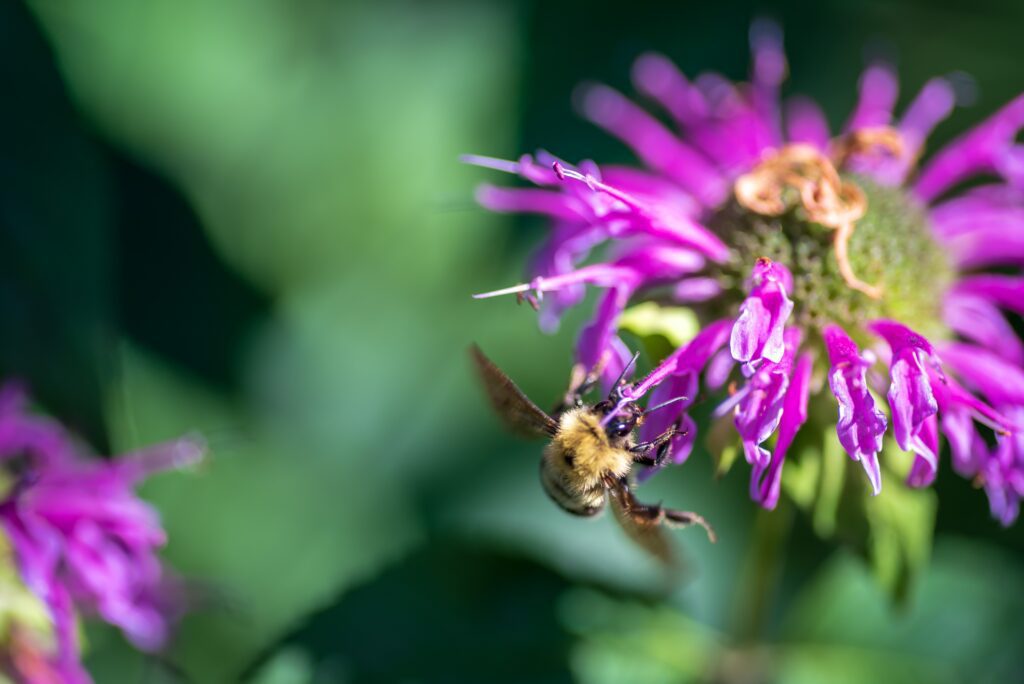
Bee Balm (Monarda sp.) Medicinal Herbs and Their Uses
Bee Balm, known as Monarda, is a plant in the mint family that is native to North America. Historically, the plant has been used by Native Americans, who used it for various purposes, including medicine. Bee balm has several medicinal benefits and is effective in treating many conditions, including infections, wounds, and stomach problems.
Bee balm is also a popular ingredient in herbal teas; many people enjoy the plant’s unique flavor. The plant is also used in cosmetic products, such as bee balm and lip balm.
-colds
-flu
-nausea
-antimicrobial
-bloating
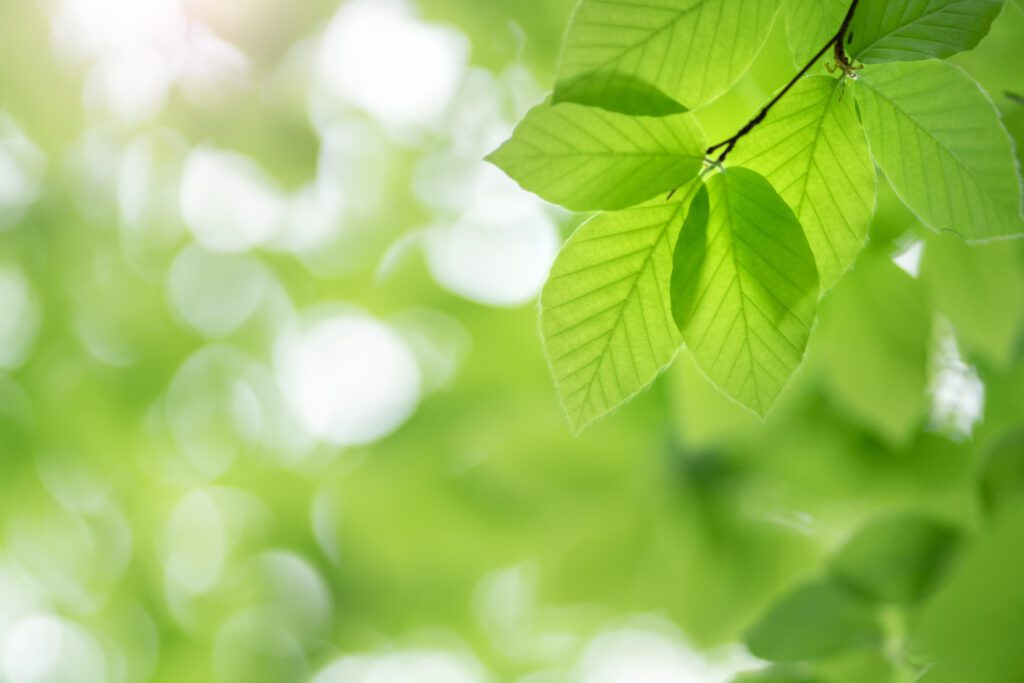
Beech Tree (Fagus sp.) Medicinal benefits include
Beech trees (Fagus sp.) have a long history of medicinal use. This deciduous tree’s leaves, bark, and nuts have been used to treat various ailments. The most common benefits are for skin conditions, respiratory problems, and digestive issues.
Sparse leaves and bark can be made into a tea effective in treating skin conditions like eczema and psoriasis. The tannins in beech tree leaves have astringent properties that can help to shrink swollen tissue and dry up excess oil. Beech tree tea can also be used as a gargle to help relieve sore throats.
The bark of the beech tree treats respiratory problems like bronchitis and asthma. The beech tree bark compounds can help reduce inflammation in the lungs and make breathing easier. Be
-boost the immune system
-immunity booster
-improves skin health
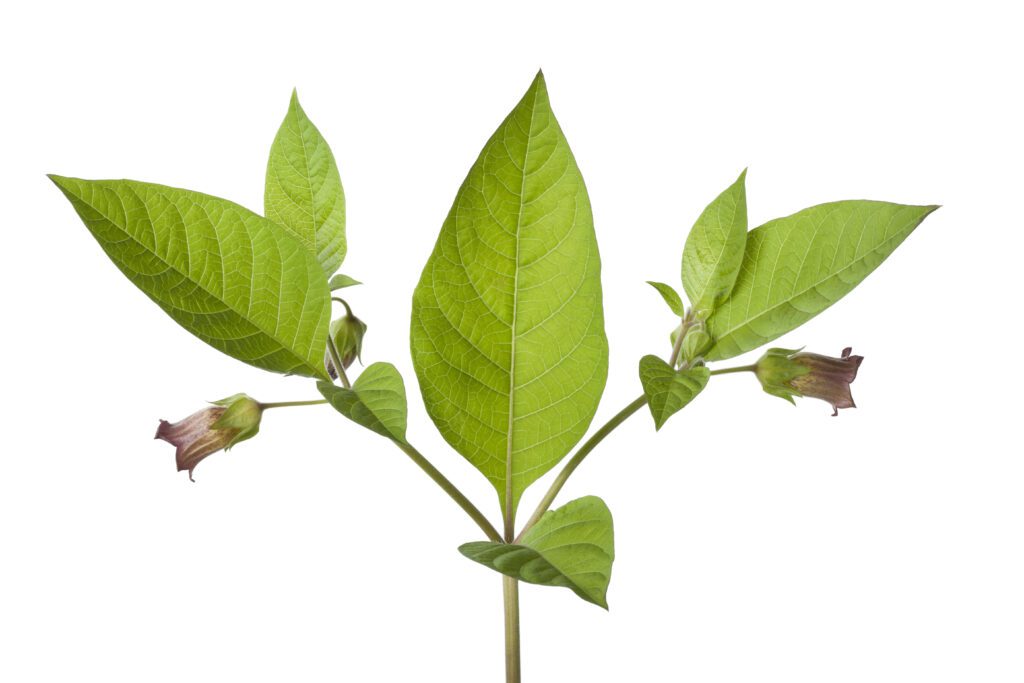
Belladonna (Atropa belladonna) Medicinal benefits include
The Belladonna plant, also known as Atropa belladonna, is a perennial herb that grows throughout Europe, North Africa, and Asia. Since ancient times, the plant has been used medicinally. The plant comes from the Italian word “Bella donna,” which means “beautiful woman.” This is likely due to the plant’s long-standing use in cosmetics and its purported ability to enhance beauty.
The Belladonna plant contains several toxic compounds. Including atropine, scopolamine, and hyoscyamine. Despite its toxicity, the plant has a wide range of medicinal uses. Various conditions have been treated with it, including headaches, digestion problems, and menstrual cramps. More recently, the Belladonna plant has been shown to have anti-cancer properties using the aqueous extract. Research has clearly shown that these extracts contain cytotoxic substances that inhibit cancer cell growth, much like similar pharmaceuticals. Clinical studies have also been conducted to evaluate whether Belladonna helped with rheumatoid arthritis or Sjörgen syndrome.
Belladonna Is Toxic and should only be used by professionals. This is NOT an herb for at-home herbalists.
-whopping cough
-sedative
-seasonal all
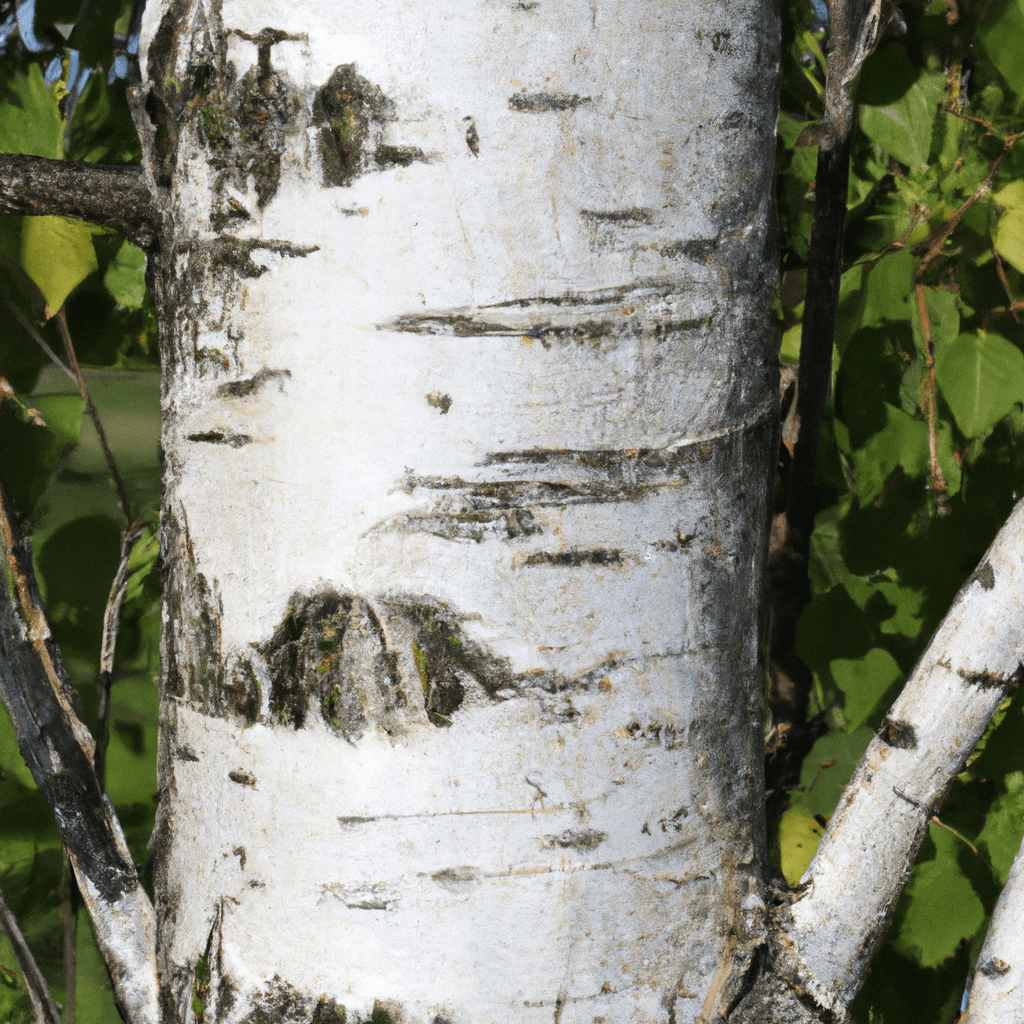
Birch Tree (Betula sp.) Medicinal benefits include
Birch trees have a long history of use in traditional medicine. The bark and leaves of these trees contain several healing compounds that treat a variety of ailments. Birch trees are most commonly used to treat skin conditions like wounds, burns, and rashes. However, they can also treat respiratory diseases like coughs and colds. In addition, birch trees are sometimes used as a natural source of animal food and water.
-IBS
-loss of hair
-aches
-skin rash
-painful joints
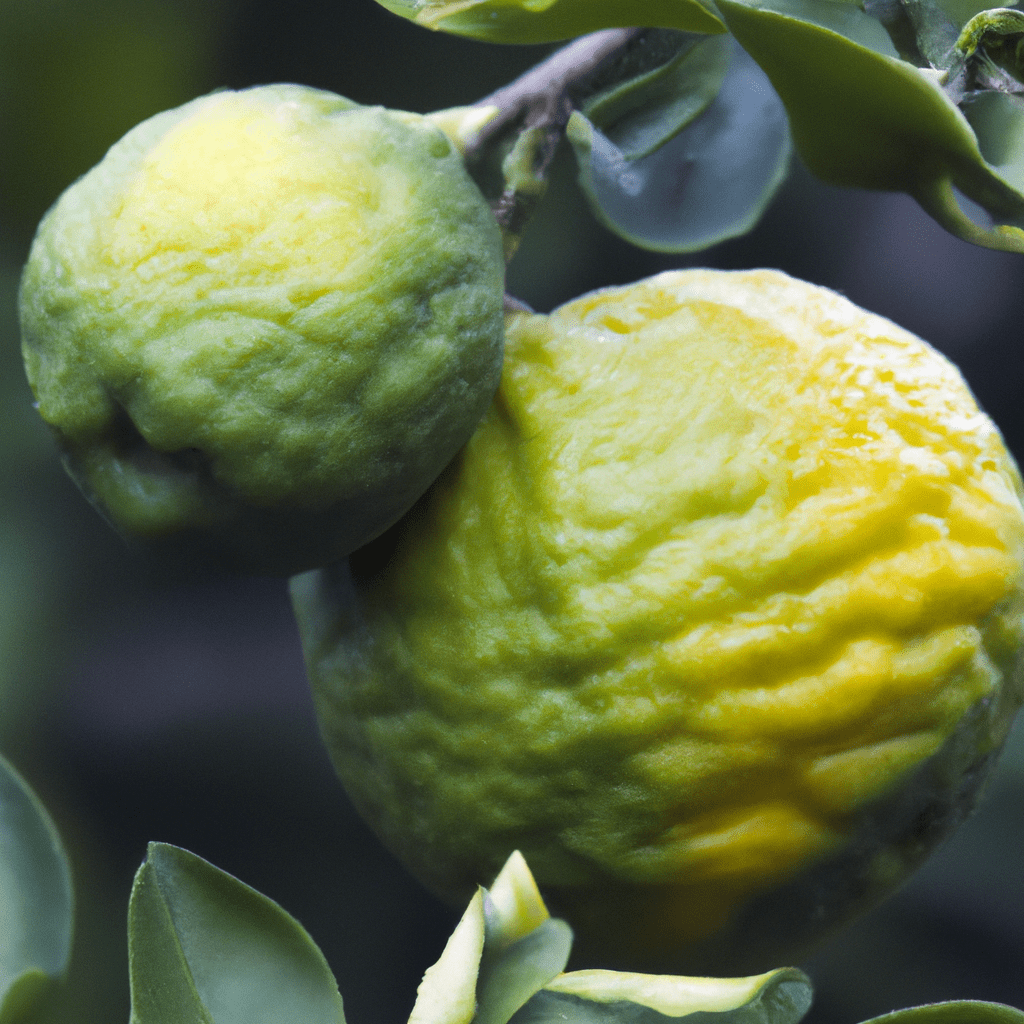
Bitter Orange (Citrus trifoliata) Herbs and Their Uses
The bitter orange (Citrus trifoliata) is a citrus fruit used medicinally for centuries. The peel and essential oil of the bitter orange are traditionally used to treat digestive disorders, colds, and fever. The oil is also used topically to treat skin conditions.
As well as reducing blood pressure, improving circulation, and boosting metabolism, bitter oranges have several other medicinal properties. In addition to providing antioxidants and vitamins, bitter oranges are valuable to any diet.
-inflammation
-nausea
-inflammation from allergies
-toothaches

Black Cohosh (Actaea racemosa) Medicinal Herbs and Their Uses
Black Cohosh (Actaea racemosa) originates from North America. In medicine, the underground stems and roots of black cohosh are used.
Besides treating menopausal symptoms, black cohosh is also used for PMS, menstrual cramps, and osteoporosis.
Some people take black cohosh to help with labor and delivery, start menstruation, and treat liver disease symptoms.
Black cohosh is sometimes applied directly to the skin to treat skin diseases.
Black cohosh for respiratory conditions
Black cohosh is used for respiratory conditions such as bronchitis and coughs.
-vertigo
-hot flashes
-menopause symptoms
-irritability
-nervousness
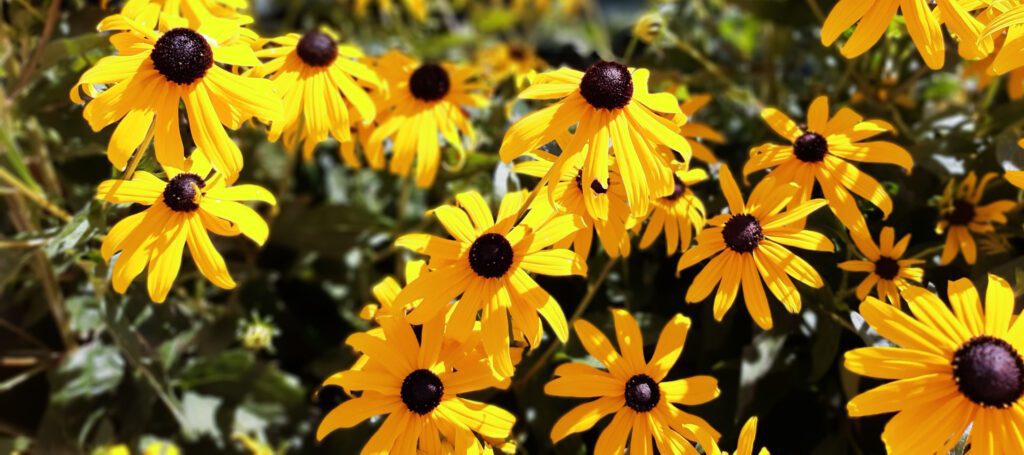
Black Eyed Susan (Rudbeckia hirta)Medicinal Herbs and Their Uses
The Black-Eyed Susan (Rudbeckia hirta) is a common flower in North America. This flower has many medicinal benefits. The Black-Eyed Susan is effective in treating a variety of conditions, including:
– headaches
– inflammation
– infections
– wounds

Black Walnut (Juglans nigra) Medicinal benefits include
The black walnut grows in North America and is a deciduous tree. The tree produces a dark brown nut rich in vitamins and minerals. The nut is often used in medicine to treat various ailments.
Black walnut oil naturally cures parasites by removing them from the body. Recently, black walnut oil has come under scrutiny as a potential treatment for parasites. A study published in the journal Parasitology found that black walnut oil effectively killed three species of parasites.
Some of the most common medicinal benefits of the black walnut include:
– treating skin conditions such as eczema and psoriasis
– reducing inflammation
– fighting bacteria and viruses
– relieving pain
– boosting the immune system
– aiding in digestion
– improving heart health

Blessed Thistle (Cnicus benedictus) Medicinal benefits include
Blessed thistle is a medicinal herb. It is native to the Middle Eastern region. It treats various ailments, including digestive problems, respiratory infections, and even some skin conditions.
Recent studies have shown that blessed thistles can effectively treat some stomach and digestive disorders. It is thought to work by stimulating the appetite and improving digestion. Blessed thistle is also believed to have anti-inflammatory and antioxidant properties, which may help to boost the immune system.
Today, blessed thistle is typically prepared as a tea and used to combat loss of appetite and indigestion; and to treat colds, cough, fever, bacterial infections, and diarrhea.
-Diarrhea
-swelling
-cough
-improved bile production

Blue Vervain (Verbena hastata) Herbs and Their Uses
The Blue Vervain (Verbena hastata) is a wildflower. Its medicinal benefits include relief from anxiety, stress, and insomnia. It is also said to help boost the immune system, improve digestion, and relieve pain. The plant’s roots can be employed in internal medicine to heal depression, anxiety, coughs, colds, fevers, stomachaches, cramps, jaundice, and headaches.
-fevers
-colds
-cramps
-anxiety

Borage (Borago officinalis)
Borage (Borago officinalis) is a herbaceous annual plant in the flowering plant family Boraginaceae, native to the Mediterranean region. The plant grows to a height of 50-100 cm (1.6-3.3 ft) and has erect, stiff, branched stems. Its leaves are alternate, simple, and hairy, with an ovate to a triangular shape. Borage flowers are blue to purple, with five petals. The fruit is a dry, nut-like capsule.
Borage has a long history of use in traditional medicine. The leaves and flowers are used to make tea, which helps to treat various conditions, including anxiety, stress, and depression. The tea is also used as a diuretic, to promote lactation, and to treat colds and flu. The herb is a diuretic. It increases urine production, increases sweat production, reduces inflammation, purifies the blood, and reduces inflammation in the lungs.
-blood purification
-sedative
-promotes sweating
-increased urine production

Burdock Herbs and Their Uses
Burdock is a common herb used for centuries in traditional medicine. The root of the plant is the part typically used for medicinal purposes. Burdock is most commonly used as a diuretic to help detoxify the body and to treat skin conditions. An excellent option for people suffering from eczema, as it improves blood flow and skin condition.
The herb is also thought to have anti-inflammatory, antifungal, and antibacterial properties. In recent years, burdock has gained popularity as a natural treatment for cancer.
-eczema relief
-blood detoxifier
-antioxidant

Calendula (Calendula officinalis) Medicinal benefits include
The Calendula plant is a member of the Asteraceae family, including daisies, sunflowers, and chrysanthemums. The Calendula flower is bright orange or yellow and has been used medicinally for centuries. Calendula is native to southern Europe and the Mediterranean and has been naturalized in other parts of the world.
Traditionally, Calendula is used in traditional medicine. The blossoms and foliage of the plant are used to make tea, tinctures, ointments, and compresses. Calendula is traditionally used to treat wounds, burns, bruises, skin irritations, and rashes. It is also used to relieve menstrual cramps and diarrhea.
Recent research has shown that Calendula has anti-inflammatory, antimicrobial, and antioxidant properties. Calendula is also effective.
-burns
-bruises
-minor skin infections
-cuts

California Poppy (Eschscholzia California) Medicinal benefits include
The California poppy (Eschscholzia California) is a beautiful yellow flower native to California. This plant has a rich history of therapeutic use, dating back to the Native Americans who first used it for a variety of ailments, including:
-Neuralgia
-Stress
-Migraine
-Depression
-Anxiety
-Pain treatment
Today, the California poppy is still used for its medicinal benefits, which include relief from anxiety, insomnia, and pain. The flower is also said to have anti-inflammatory and anti-spasmodic properties.

Cannabis Herbs and Their Uses
The medicinal benefits of cannabis are well-documented. Cannabis can treat a wide variety of conditions, including pain, anxiety, and depression. The plant is found to slow tumor growth and eliminate the adverse side effects of chemotherapy.
Despite all this, the U.S. government still considers cannabis a Schedule I controlled substance, alongside heroin and MDMA
It can also be used to improve appetite and sleep quality. Cannabis is a relatively safe and effective treatment option for many patients. However, it is not without risks. Cannabis can interact with other medications, and high dosages may cause respiratory depression and psychotic symptoms.
When using cannabis, always start with a small dose to minimize potential risks.
-chrons disease relief
-IBS Relief
-anti-inflammatory
-pain relief

Cayenne (Capsicum annuum) Medicinal benefits include
Cayenne (Capsicum annuum) is a medicinal herb. Cayenne is rich in vitamins and minerals, and it offers a variety of therapeutic benefits. Some of the most well-known medicinal benefits of cayenne include pain relief, improved circulation, and cayenne can also treat several infections. The spice is also known to aid with stomach problems and increase appetite.
-increased appetite
-stomach issues
-muscle pain

Celery (Apium graveolens) Medicinal benefits include
Celery (Apium graveolens) did you know that celery also has medicinal benefits? Studies have shown that celery can help to lower blood pressure, reduce inflammation, and even improve digestion. It is effective as an emmenagogue. It lowers blood pressure and lowers cholesterol because it contains compounds known as phthalides. It is excellent for babies with colic. Celery is a diuretic and helps with edema and swelling. Finally, it is a purgative and helps aid with gas and indigestion. Finally, it is an excellent option for boosting immunity.
-purgative
-fluid retention
-psoriasis
-bronchitis

Chickweed (Stellaria media) Herbs and Their Uses
Chickweed (Stellaria media) is a common weed. This natural remedy can treat several health conditions due to its high nutritional and antioxidant content.
Some of the most commonly cited chickweed benefits include:
– Reducing inflammation
– Soothing skin irritations
– Healing wounds
– Relieving respiratory problems
– Easing digestive issues
Suppose you’re interested in trying chickweed for its medicinal benefits. In that case, you can find the herb in many forms, including teas, tinctures, and topical ointments.
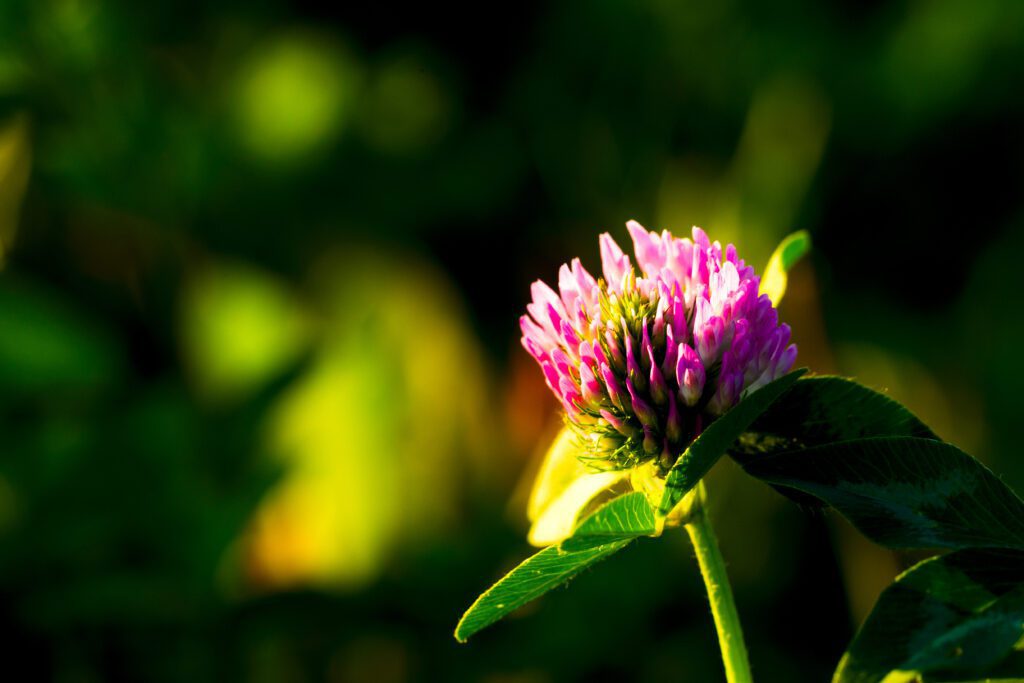
Clover, Red (Trifolium pratense) Medicinal benefits include
Clover, red (Trifolium pratense) is a common herb used for medicine. The leaves, flowers, and seeds of red clover are edible and can be used to make teas, tinctures, and infusions. Red clover is rich in vitamins, minerals, and antioxidants and is considered a valuable medicinal herb.
Red clover is most commonly used for its estrogenic effects, which can benefit menopausal women and those with low estrogen levels. The herb is also used for osteoporosis. Red Clover is also used for lowering cholesterol. Finally, it can also help treat skin conditions, respiratory problems, and gastrointestinal disorders.
-whooping cough
-arthritis
-cancer
-asthma

Comfrey (Symphytum officinale) Medicinal benefits include
Comfrey (Symphytum officinale) is native to Europe and Asia. Its medicinal benefits are well-documented. Comfrey contains allantoin, known for speeding up the healing process. It also has anti-inflammatory and pain-relieving properties.
Comfrey can be taken orally or applied topically. It is essential to take comfrey orally in small doses and not for extended periods, as it can cause liver damage. When applying comfrey topically, it is vital to use it sparingly, as it can cause skin irritation.
Comfrey has a wide range of medicinal benefits. It is an effective treatment for various conditions, including bruises, sprains, and broken bones. Comfrey contains allantoin, which facilities skin growth. The herbs also reduce skin inflammation and keep it healthy.
-inflammation from breaks in the bones
-wounds
-improves skin health
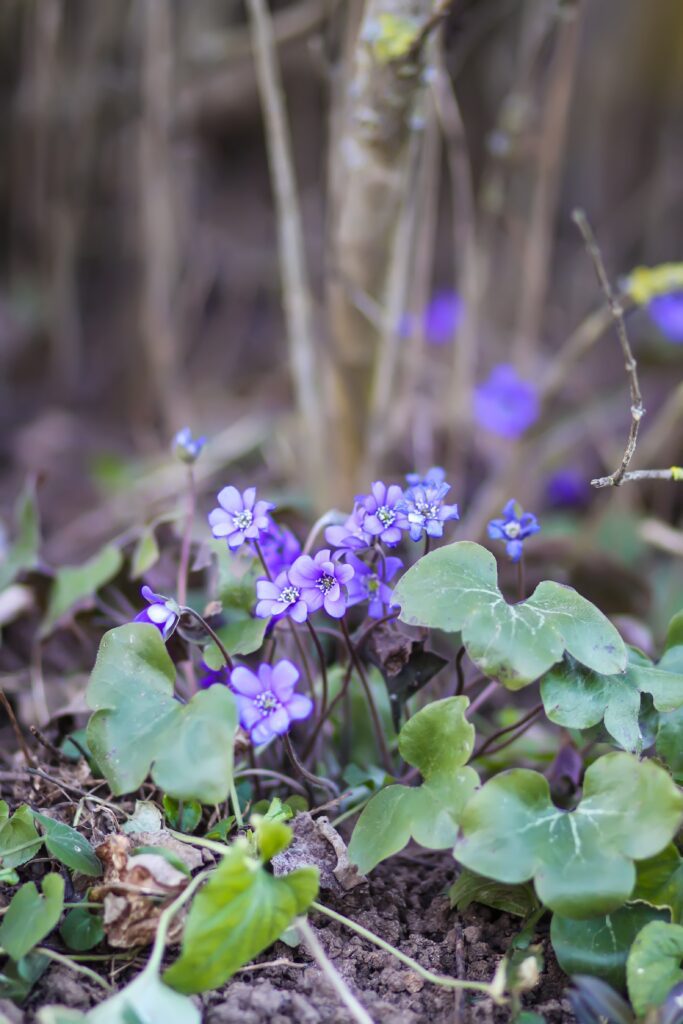
Common hepatica (Anemone hepatica) Medicinal benefits include
Common hepatica (Anemone hepatica) is a herbaceous perennial. The plant is used medicinally, and recent studies have shown that it does indeed have therapeutic properties. Common hepatica’s most well-known medicinal benefit is its ability to treat liver problems. The plant contains chemicals that help to protect and regenerate liver cells, making it an effective treatment for various liver diseases.
Common hepatica is also used to treat other conditions, such as digestive problems, skin diseases, bronchitis, colds, throat irritations, and injuries. The plant’s anti-inflammatory and analgesic properties make it an effective treatment for various ailments.
-diuretic
-expectorant
-renal support

Cornflower (Centaurea cyanus) Herbs and Their Uses
The cornflower, also known as the bluebottle or bachelor’s button, is a common wildflower with a long history of medicinal use. The foliage and flowers of the plant are used to make a tea that is said to help treat various conditions, including stomach problems, anxiety, and even cancer. Cornflower tea is also thought to boost the immune system and aid in detoxification. The plant aids in reducing water retention, congestion, and consumption.
-reduces water retention
-chest congestion
-constipation relief

Chamomile (Matricaria recutita and Anthemis nobilis) Medicinal benefits include
Chamomile (Matricaria recutita and Anthemis nobilis). Chamomile tea is brewed using these flowers and water and is consumed as a herbal tea. Chamomile tea has a wide variety of medicinal benefits, which include:
– Chamomile tea can help to relieve stomach cramps and gas.
– Chamomile tea can help to reduce anxiety and promote relaxation.
– Chamomile tea can help to boost the immune system.
– Chamomile tea can help to fight inflammation.
– Chamomile tea can help to reduce the severity of allergies.
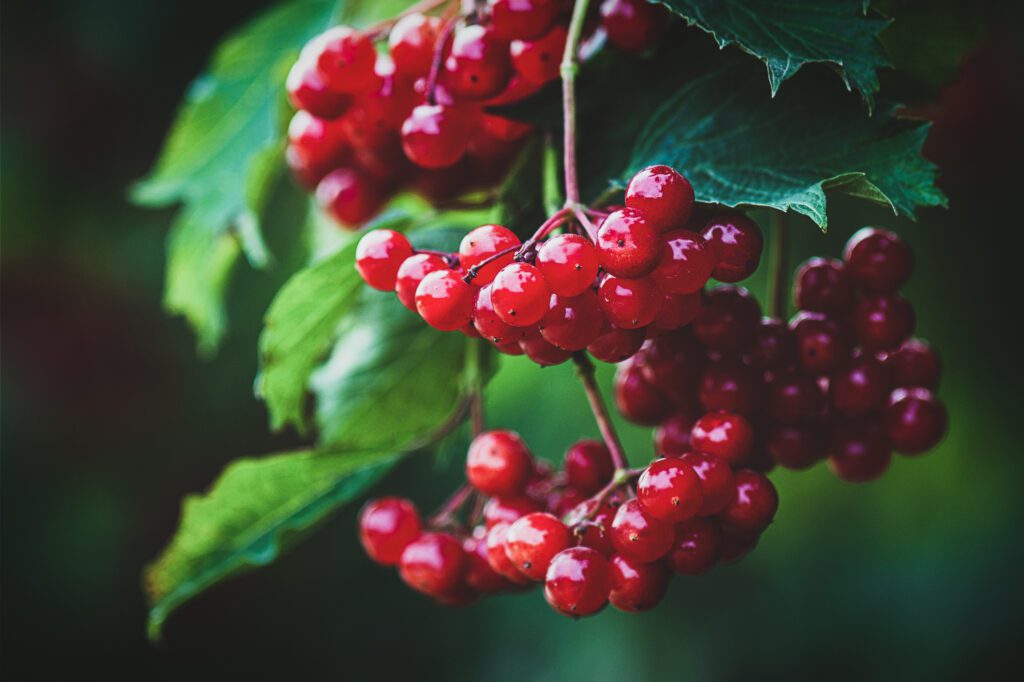
Crampbark (Viburnum opulus) Medicinal Herbs and Their Uses
Crampbark (Viburnum opulus) is a shrub native to Europe and North America. The bark and berries of this plant are used to treat various ailments. Crampbark is known to relieve muscle cramps, reduce inflammation, and ease anxiety. Crampbark is also effective in treating menstrual cramps, gastrointestinal disorders, and headaches.
Recent studies have shown that crampbark is a potential treatment for breast cancer. The crampbark extract prevents the growth of breast cancer cells in test tubes.
-cramps
-relaxes muscles
-relaxes blood vessels

Cranberry (Vaccinium macrocarpon) Medicinal Herbs and Their Uses
Cranberry is a small, round, red fruit native to North America. The fruit and leaves of the cranberry plant are prized for their medicinal properties. Several ailments can be treated by cranberries because they are high in vitamin C and antioxidants.
Cranberries effectively treat urinary tract infections, stomach ulcers, and even the common cold. Cranberry juice is often recommended to prevent or treat urinary tract infections. Cranberry supplements are also said to help prevent kidney stones.
-antioxidant
-UTI relief
-kidney stone prevention

Daisy (Bellis perennis) Medicinal Herbs and Their Uses
The Daisy (Bellis perennis) is a flower that is medicinally potent. The flower is native to Europe and Asia and is used in traditional medicine. Some of the most well-known medicinal benefits of the Daisy include the following:
– Reducing inflammation
– Soothing skin irritations
– Reducing fevers
– Alleviating anxiety
– Easing stomach discomfort

Dong Quai (Angelica Sinensis)
Dong Quai (Angelica Sinensis) is a perennial herb that grows natively in China, Korea, and Japan. The plant is used to treat many health problems in traditional Chinese medicine. Today, dong Quai is commonly used as a supplement to help relieve menopause discomforts such as hot flashes and night sweats. Additionally, dong Quai is sometimes used to improve circulation, relieve pain, and boost energy levels.
-period regulation
-Menopause symptoms
-PMS support
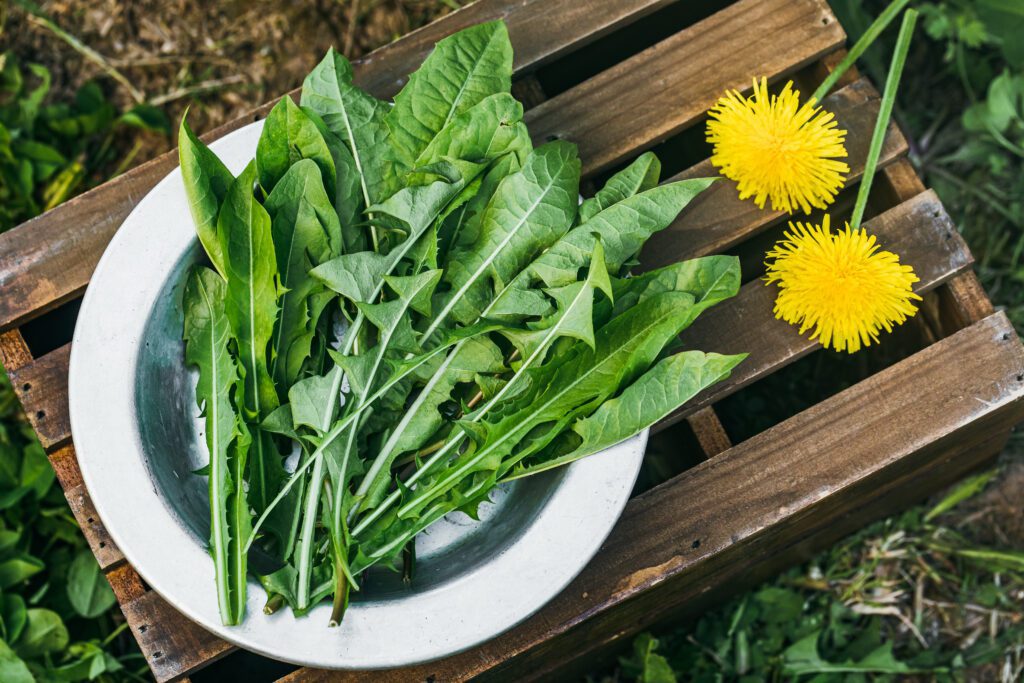
Dandelion (Taraxacum officinale) Medicinal Herbs and Their Uses
The dandelion plant actually has several medicinal benefits. Dandelion leaves can be eaten raw or cooked. And are an excellent source of vitamins A, C, and K. They can also be used to make tea with diuretic properties.
Dandelion root can also be used medicinally. It can be roasted and powdered, and can be taken as a digestive aid. It can also be made into a tincture or Extract. Dandelion root is a mild laxative and can also be used to treat liver and gallbladder problems.
-diuretic
-fights inflammation
-appetite stimulant

Echinacea (Echinacea purpurea) Medicinal benefits include
Echinacea is a flowering plant that is native to North America. Today, echinacea is very popular. Today, echinacea is a highly sought-after herbal supplement. It can bolster immune function, relieve pain, reduce inflammation, and provide hormonal, antiviral, and antioxidant effects.
There is significant scientific evidence that echinacea can help boost the immune system and treat various infections. Echinacea is also thought to have anti-inflammatory and antioxidant properties.
While the exact mechanism of action is not fully understood, echinacea is believed to work by stimulating the immune system. This can help the body more effectively fight infections and diseases.
-pain relief
-antioxidant
-immunity booster
-antiviral
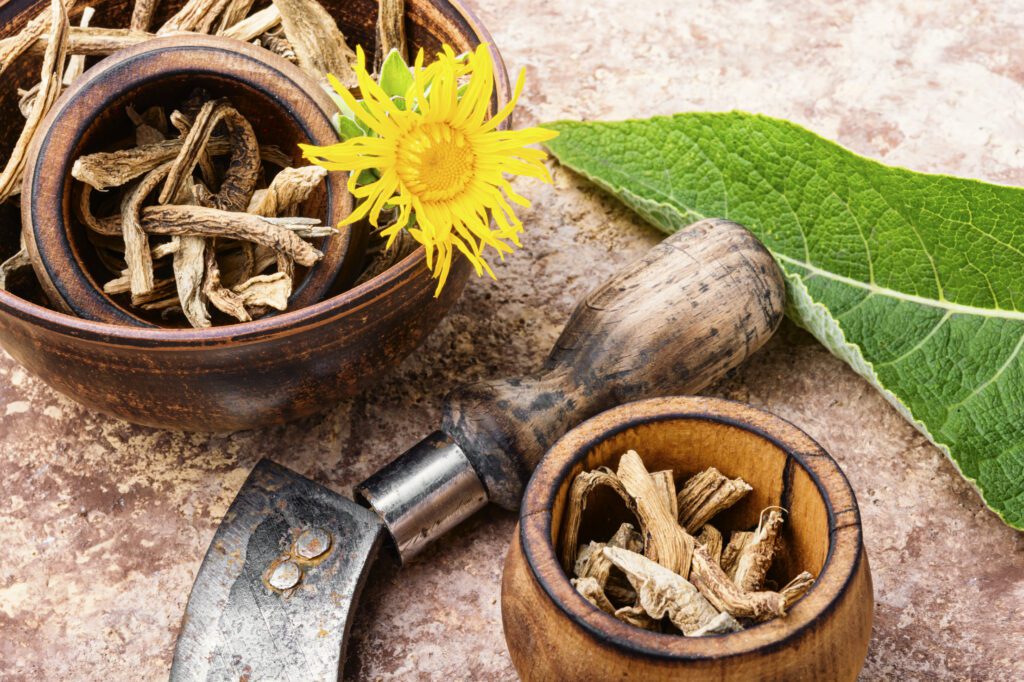
Elecampane (Inula helenium) Medicinal benefits include
Elecampane (Inula helenium) benefits include treating respiratory problems, digestive issues, and skin conditions. Elecampane is a soothing herb known to boost the immune system and treat coughs. Whooping cough, bronchitis, and asthma treatment solution.
-cough suppressant
-urinary support
-digestive support
-antifungal

Elderberry (Sambucus nigra) Medicinal benefits include
Elderberry (Sambucus nigra) is a shrub that produces small, black color berries. Elderberry is popular in folk medicine to treat various ailments, including colds, flu, and other respiratory illnesses.
Recent studies have shown that elderberry can effectively treat these conditions. Elderberry appears to work by boosting the immune system and inhibiting virus growth. Elderberry is also a potent antioxidant, which means it can help reduce inflammation.
Elderberry is a diaphoretic, antipyretic, and diuretic agent. In recent years, however, it was also found to have antibacterial, antiviral, antidepressant, and antitumor properties and to reduce body fat and lipid concentration.
Elderberry is an excellent option to boost your immune system naturally and protect yourself from sickness. You can find elderberry supplements in most health food stores.
-hypoglycemic
-antiviral
-body fat reduction
-antidepressant

Ephedra ( Ephedra sinica) Medicinal benefits include
Ma huang, or ephedra, is a traditional Chinese herb used for centuries. The active ingredient in ephedra is ephedrine. The herb has stimulant and thermogenic properties. Ephedrine is thought to mimic the effects of epinephrine. Which is released under stress by the adrenal glands.
Research on ephedra is limited, but it is also effective for specific conditions such as weight loss, asthma, and bronchitis. Ephedra is also sometimes used as a recreational drug, which can lead to abuse and addiction. Because of its potential risks, ephedra should only be taken under the guidance of a physician.
-weight management
-bronchitis
-cough
-chills
-asthma

Eucalyptus (Eucalyptus sp.) Medicinal benefits include
Eucalyptus (Eucalyptus sp.), a member of the Myrtaceae family, is a powerful medicinal herb. The oil of eucalyptus has antimicrobial, antiseptic, Expectorant, Feinstein, anti-inflammatory, mucolytic, and decongestant properties. Making it useful for a wide variety of respiratory ailments. In addition, Eucalyptus sp. has demonstrated analgesic, antibacterial, and antipyretic effects. It has also boosted the immune system, improved digestion, and reduced fever.
-pain relief
-cold symptoms
-relaxation
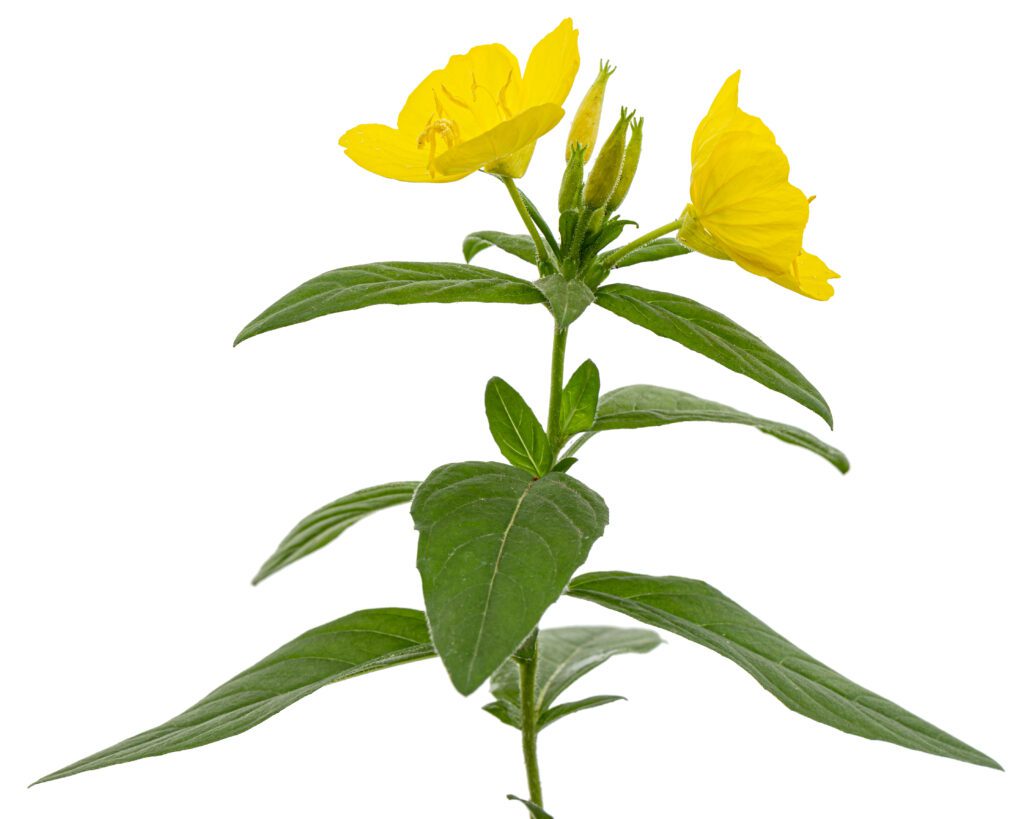
Evening Primrose (Oenothera biennis) Medicinal benefits include
The evening primrose (Oenothera biennis) is a plant native to North America. The plant’s leaves, roots, and seeds are all known to have medicinal properties, and the plant has been used to treat various ailments.
Some of the most well-known medicinal benefits of evening primrose include relief from premenstrual syndrome (PMS), menopause symptoms, and acne. The plant is also said to boost the immune system, improve circulation, and protect against heart disease and cancer. Evening primrose oil is the most commonly used form of the plant for medicinal purposes, and it is available in capsules, tablets, and as a liquid.
-blood clotting prevention
-dilated blood vessels
-arthritis relief
-skin support
-brittle nails

Eyebright (Euphrasia) Medicinal benefits include
Eyebright (Euphrasia) is a small herbaceous plant used medicinally for centuries. The plant gets its name because it has been traditionally used to treat eye disorders. Some of the eye disorders that Eyebright treats include conjunctivitis, blepharitis, and styes.
In addition to its use in treating eye disorders, Eyebright is also used to treat other conditions, such as sinus infections, bronchitis, and inflammation of the mucous membranes. The plant is rich in antioxidants and also has anti-inflammatory and antimicrobial properties.
While Eyebright is generally considered safe, it can cause side effects in some people. The most common side effect is allergic reactions, including itching, redness, and swelling.
-prevents bacterial growth
-liver protection
-colds
-cough
-reduction in blood sugar
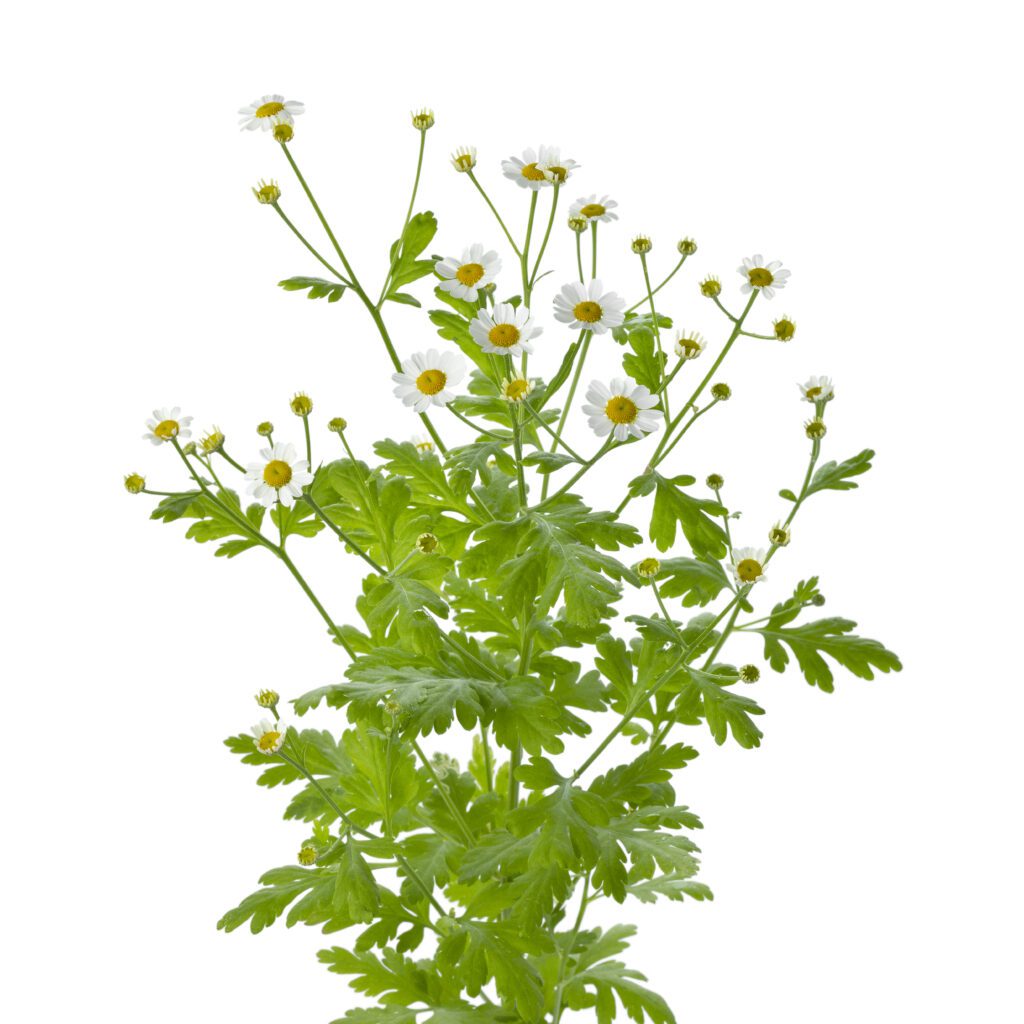
Feverfew (Tanacetum parthenium) Medicinal benefits include
Feverfew (Tanacetum parthenium) is a perennial herb used medicinally for centuries. The herb is native to Europe and Asia but can now be found growing in many parts of the world. Feverfew has a long history of use for various conditions, including headaches, migraine, fever, and inflammation.
Recent studies have shown that feverfew does indeed have medicinal benefits. The herb is effective in treating migraines and headaches, and it can also help to reduce inflammation. Feverfew is a safe and natural remedy and is now more widely available than ever before.
-headaches
-arthritis
-fevers
-anti inflammatory

Flaxseed (Linum usitatissimum) Medicinal benefits include
Flaxseed (Linum usitatissimum) is a plant used for food and medicine. Flaxseed seeds contain high levels of fiber, lignans (PHytoestrogens), and omega-3 fatty acids. These nutrients can offer a range of health benefits, including improved digestion, lower cholesterol levels, and reduced inflammation.
Flaxseed is also a source of phytoestrogens, compounds found in plants that mimic the effects of estrogen in humans. These compounds can offer some health benefits, but they can also have some potential risks.
-digestion
-low cholesterol
-inflammation reduction

Foxglove (Digitalis lanata) Medicinal benefits include
Foxglove (Digitalis lanata) is a beautiful flowering plant with a long medicinal use history. The active ingredient in foxglove, digitalis, is a powerful heart medication used to treat heart failure and irregular heartbeats. Foxglove is also used as an herbal treatment for edema, a condition characterized by excess fluid in the body.
While foxglove is a beautiful and beneficial plant, it is essential to note that digitalis in foxglove can be toxic if taken in large amounts. It is essential to consult with a healthcare professional
–edema
-congestive heart failure
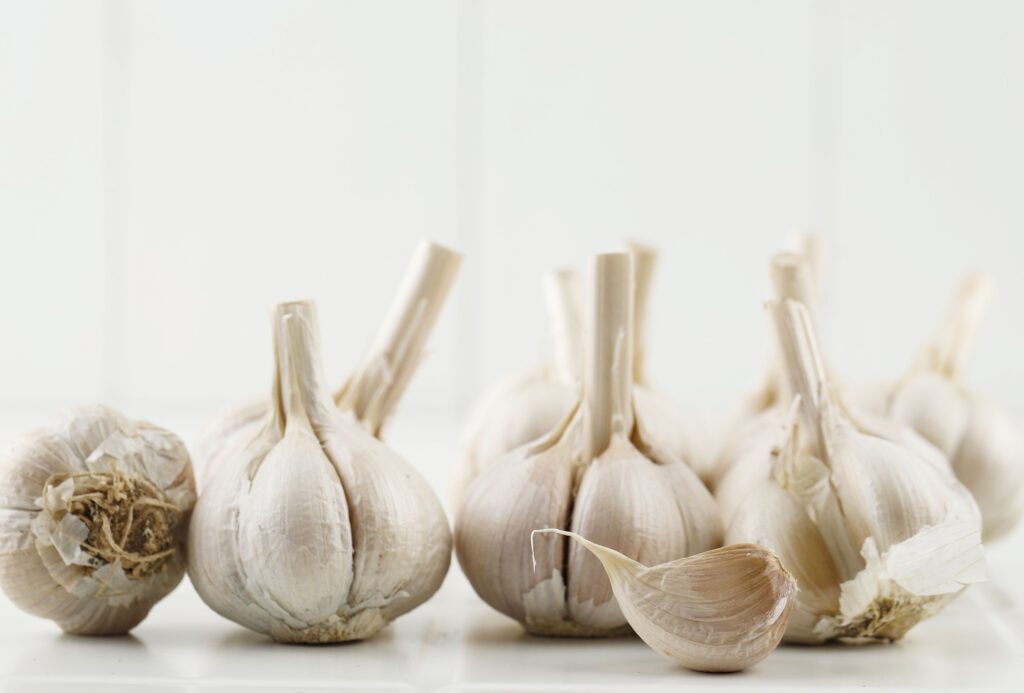
Garlic (Allium sativum) Medicinal benefits include
For centuries, garlic has been used medicinally and in many cuisines. Allium sativum, or garlic, is a member of the onion family and contains a potent compound called allicin. This compound is responsible for many of garlic’s health benefits.
Garlic has been shown to lower blood pressure, improve cholesterol levels, and reduce the risk of heart disease. Additionally, garlic can help fight off infections, boost the immune system, and ease the symptoms of colds and flu.
As a result, if you’re looking for a solution to improve your health, consider adding garlic to your diet. You can find garlic supplements at most health food stores or add more garlic to your cooking. Either way, you will surely enjoy this potent food’s many benefits.
-lower blood pressure
-increased immunity
-cold and flu symptom ease

Ginger (Zingiber officinale) Medicinal benefits include
Ginger is a spice used for centuries for its medicinal properties. Ginger is used to treat nausea, pain, and inflammation. It is also a valuable source of antioxidants. Some studies have even shown ginger can help improve blood sugar control and heart health.
-decreases cramps
-decreases bloating
-improves nausea

Ginko (Ginkgo biloba) Medicinal benefits include
Ginkgo (Ginkgo biloba) is a tree native to China and is used in traditional Chinese medicine. The ginkgo tree leaves are used to make an extract commonly taken as a supplement. Ginkgo supplements are often used to improve memory and cognitive function.
-Tinnitus
-Anxiety
-eye problems
–dementia
-allergies
-Peripheral artery disease

Ginseng (Panax sp.) Medicinal benefits include
Ginseng (Panax sp.) is a medicinal plant used for centuries in traditional Chinese medicine. The ancient Chinese believed this plant had the power to heal the body and mind. Aiding with reducing fatigue, stress, anxiety, and insomnia. Modern science validates several of these traditional uses of ginseng, and it is now widely recognized as a powerful medicinal herb.
Some of the most well-established medicinal benefits of ginseng include its ability to improve mental function, boost energy levels, reduce stress, and promote relaxation. Ginseng is also an adaptogen, which can help the body adapt to and cope with stress. There is also some evidence to suggest ginseng can boost immunity and protect against various types of cancer.
-diabetes
-stress
-cognitive function
-improving exercise performance
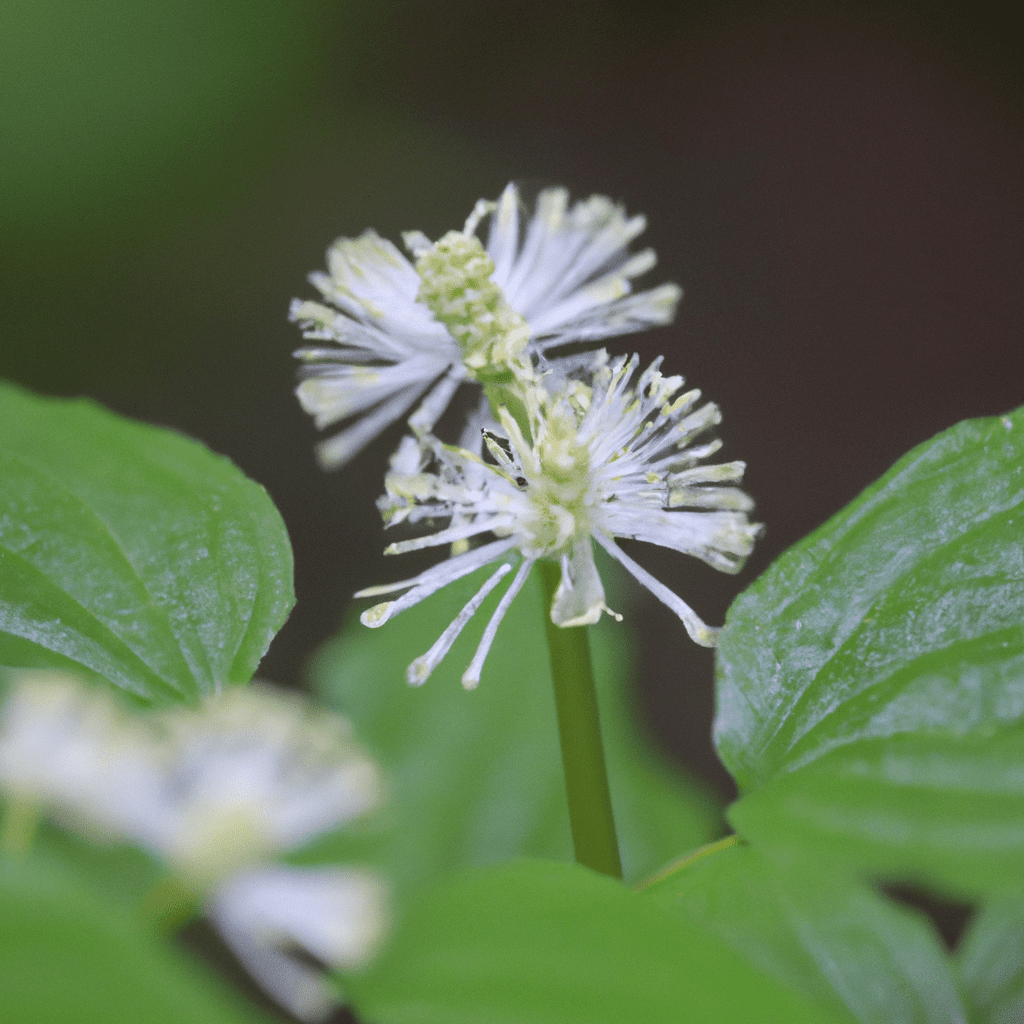
Goldenseal (Hydrastis Canadensis) Medicinal benefits include
Goldenseal is a plant that is native to North America. The plant has been used by Native Americans for centuries as a medicinal herb. The active ingredients in goldenseal are thought to be berberine and hydrastine. These compounds have been shown to have antimicrobial, anti-inflammatory, and immune-boosting properties.
Goldenseal is most commonly taken as a supplement, but it can also be applied topically to the skin. Some of the most common uses for goldenseal include treating skin conditions, digestive disorders, and respiratory infections. Goldenseal is also sometimes used as a natural dye.
-colds
-hayfever
-diarrhea
-constipation

Ground Ivy (Glechoma hederacea) Medicinal benefits include
Ground ivy (Glechoma hederacea) is a creeping plant closely related to mint. It is native to Europe and Asia but is now found worldwide. There is a long history of using ground ivy as a medicine to treat various conditions, including coughs, colds, stomach problems, and skin conditions.
Recent studies have shown that ground ivy has antioxidant, anti-inflammatory, and antimicrobial properties. It may effectively treat various conditions, including respiratory infections, digestive disorders, and skin conditions. Ground ivy is also rich in vitamin A and vitamin C, essential for immunity and skin health.
-tinnitus
-colds
-hemorrhoids
-kidney stones
-bladder stones
-bronchitis
-joint pain
-arthritis

Hawthorn (Crataegus sp.) Medicinal benefits include
Hawthorn (Crataegus sp.) is a small tree or shrub native to Europe, Asia, and North America. The hawthorn plant has been used medicinally for centuries, and recent studies have shown significant health benefits. Hawthorn is used to treat several ailments , including heart failure, hypertension, angina, and arrhythmias. It is also effective in treating anxiety and stress.
-heart issues
-kidney issues
-digestive support
-blood pressure balancing

Hazelnut Tree (Corylus sp.) Medicinal benefits include
Hazelnut trees (Corylus sp.) are deciduous trees native to temperate regions of the Northern Hemisphere. Hazelnuts also have several medicinal benefits.
The most well-known medicinal benefit of hazelnuts is their ability to improve cognitive function. Numerous studies have shown that hazelnuts can help enhance memory and prevent age-related cognitive decline. Hazelnuts are also a good source of antioxidants, which can help to protect the body against cell damage. Additionally, hazelnuts have been shown to have anti-inflammatory and heart-healthy properties.
-cognitive improvement
-skin cancers
-tumors
-improves heart health

Herb Robert (Geranium robertianum) Medicinal benefits include
Herb Robert (Geranium robertianum) The plant’s leaves, roots, and flowers are all used to make medicine. Herb Robert is most commonly used for digestive disorders such as stomach pain, diarrhea, and intestinal gas. It is also used for colds, fevers, and other respiratory infections. The plant is also thought to have anti-inflammatory and anti-tumor properties.
Horehound (Marrubium vulgare) Medicinal benefits include
-Gallbladder
-liver function
-prevention of stones in kidneys, gallbladder, and the bladder
-diarrhea relief

Horse Chestnut (Aesculus hippocastanum) Medicinal benefits include
The horse chestnut, also known as the Aesculus hippocastanum, is a large flowering plant that is native to Europe and Asia. The tree can grow up to 30 meters tall and produces a large, brown fruit that is similar in appearance to a chestnut. The horse chestnut has been used medicinally for centuries and is said to have a variety of health benefits.
Some of the most touted horse chestnut benefits include improved circulation, reduced inflammation, and protection against venous insufficiency. The horse chestnut is also effective in treating varicose veins, hemorrhoids, and leg ulcers. The efficacy of horse chestnut extract has been supported by some scientific research, but further research is needed to confirm the efficacy of horse chestnut extract.
-male infertility
-improved blood flow
-ibs relief
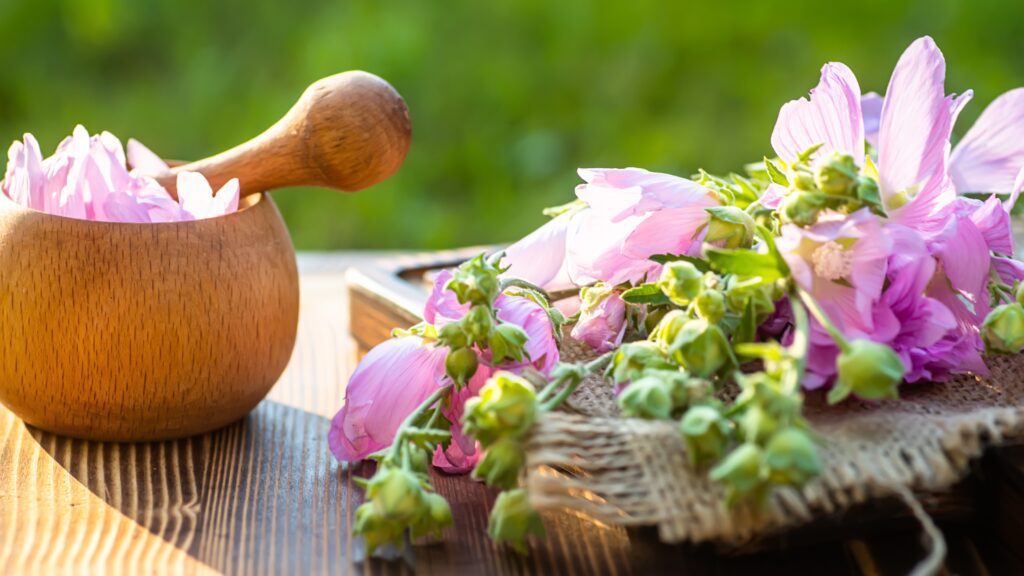
Hollyhock (Alcea rosea) Medicinal benefits include
The hollyhock is a plant used for medicinal purposes for centuries. The hollyhock is known to relieve stress, tension headaches, and migraines. It also reduces inflammation, soothes skin conditions, and boosts the immune system. The hollyhock is a versatile plant with many benefits, making it an excellent choice for natural medicine.
-diabetes
-ulcers
-wounds
-pain relief

Hophornbean Tree (Ostrya virginiana) Medicinal benefits include
The Hophornbean tree, also known as Ostrya virginiana, is a native North American plant with a long history of medicinal use. The tree’s bark and leaves have been used to treat various ailments, including fever, diarrhea, and stomach pain. More recently, the tree’s extracts have been shown to have anti-inflammatory and antioxidant properties.
-toothaches
-cough
-soreness

Horsetail (Equisetum arvense) Medicinal benefits include
Horsetail (Equisetum arvense) is a herb that has been used medicinally for centuries. Modern science has begun to explore the potential health benefits of horsetail, and there is some evidence that it may be effective in treating certain conditions.
Horsetail is rich in minerals, including silicon, which is thought beneficial for maintaining healthy bones and connective tissue. Some studies have also shown that horsetail may effectively treat wounds and conditions like arthritis.
-stops bleeding
-ulcers
-wounds
-weight loss
-fluid retention
-bone health
-reduces blood pressure
-antibacterial
-antifungal
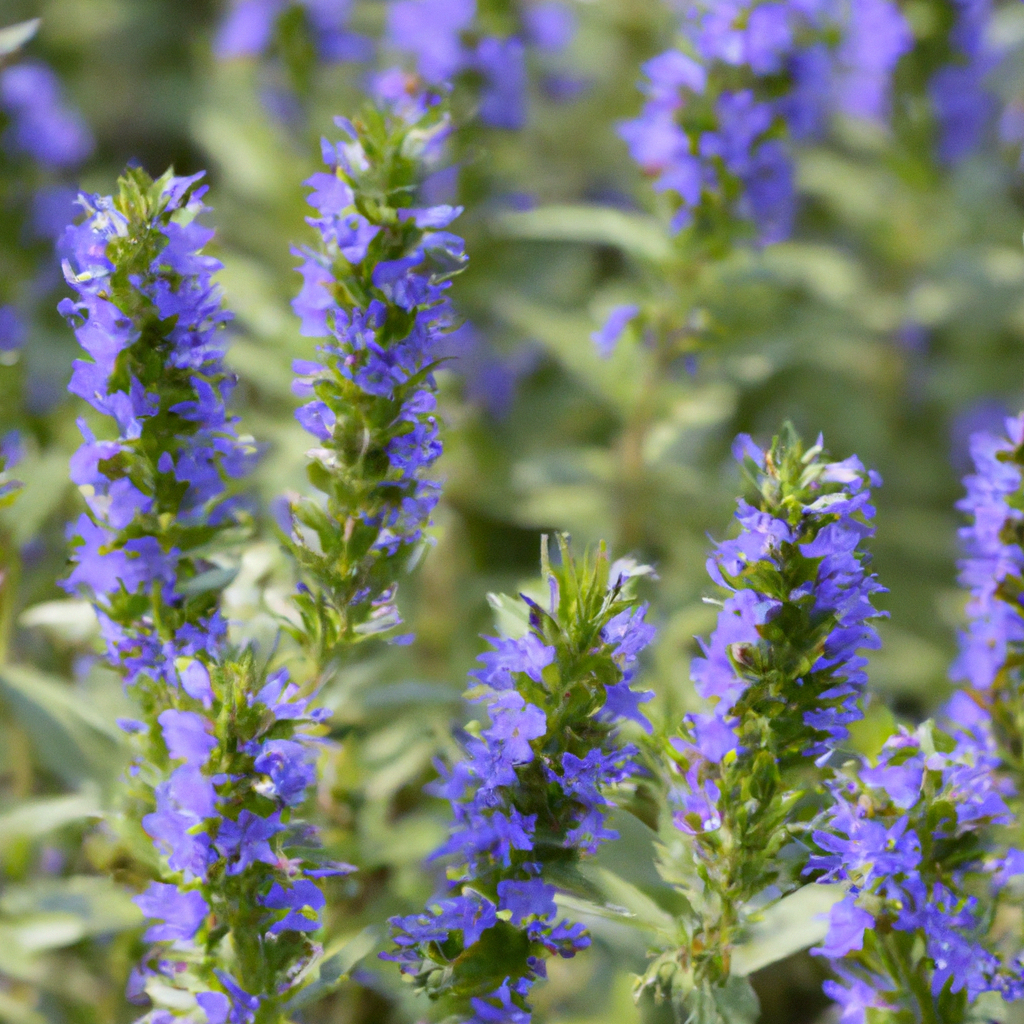
Hyssop (Hyssopus officinalis) Medicinal benefits include
– Hyssop has a long history of use in traditional medicine.
– The plant is thought to have anti-inflammatory, antiviral, and antimicrobial properties.
– Hyssop treats various conditions, including cough, cold, and flu.
– Some studies have shown that hyssop may effectively treat certain types of cancer.
-gas
-stomach pain
-liver support
-gallbladder support
-cough
-cold
-appetite stimulation
-colic relief

Jasmine (Jasminum officinale) Medicinal benefits include
The plant jasmine (Jasminum officinale) has been used medicinally for centuries. Jasmine tea, for example, may be beneficial for improved digestion, reduced anxiety, and relief from headaches. Additionally, jasmine oil is sometimes used in aromatherapy to promote relaxation.
-hepatitis
-cirrhosis
-relaxation
-arousal
-diarrhea relief

Jewelweed (Impatiens capensis) Medicinal benefits include
Jewelweed (Impatiens capensis) has been used medicinally for centuries. The leaves and stems of the plant have many medicinal benefits, including reducing inflammation, relieving pain, and protecting the skin from damage. Jewelweed is also effective in treating many skin conditions, such as acne, eczema, and psoriasis.
-inflammation
-poison ivy relief
-antihistamine
-bug bites
-eczema
-anti-fungal
-rashes
-general skin conditions
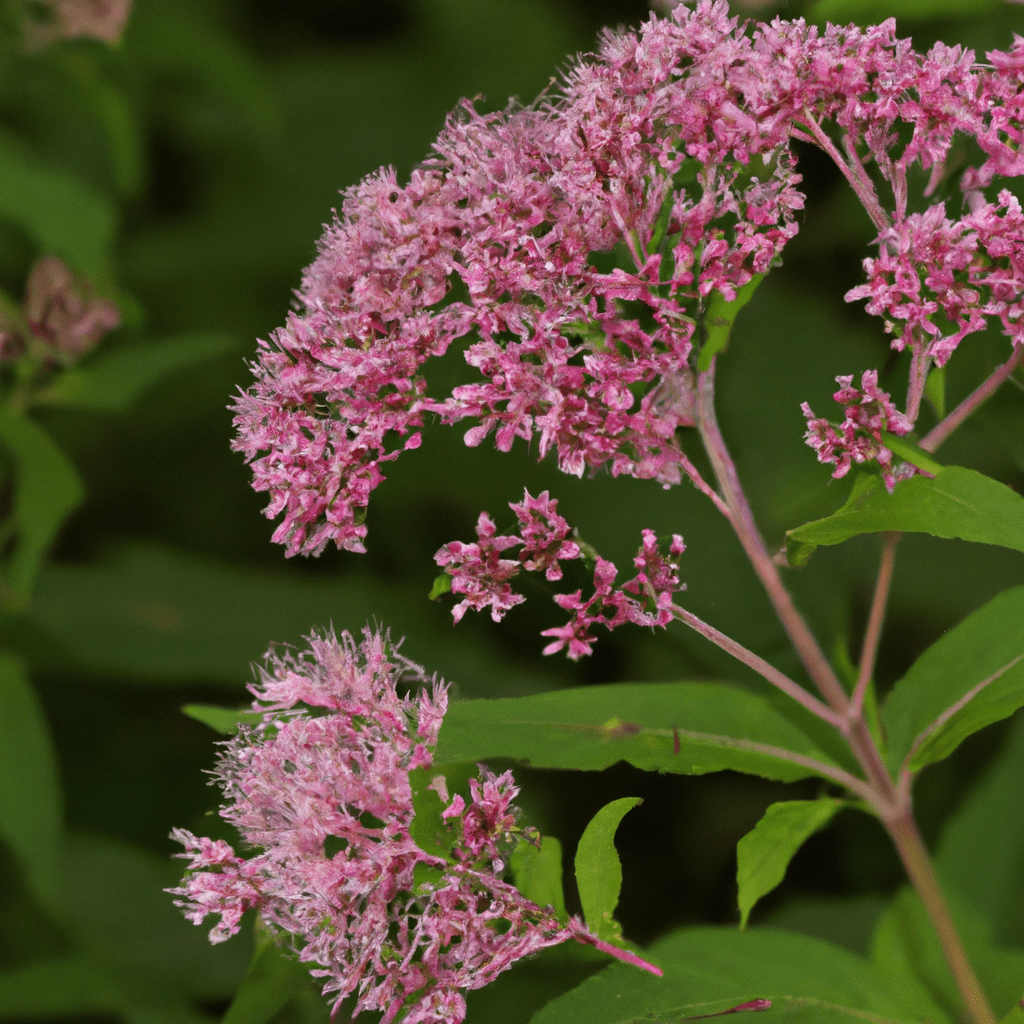
Joe Pye Weed (Eutrochium sp.) Medicinal benefits include
Joe Pye Weed (Eutrochium sp.) is a species of flowering plant in the aster family. It is native to North America and is found in damp habitats such as wetlands and marshes. The plant has large clusters of pink or purplish flowers and can grow up to eight feet tall.
Joe Pye Weed, the plant was used to treat various conditions including fever, vomiting, and kidney problems. The plant’s leaves, stems, and roots are all used medicinally. Today, Joe Pye Weed is still used to treat various conditions. It is commonly used as an herbal tea to treat digestive problems, colds, and flu. It is also used topically to treat wounds and skin conditions.
-rheumatism
-fever
-gout
-diarrhea
-impotence
– respiratory issues
Konjac (Amorphophallus konjac) Medicinal Benefits include
The konjac plant (Amorphophallus konjac) is a native of Asia that has been used medicinally for centuries. The plant contains a substance called glucomannan, which is a water-soluble dietary fiber. Konjac glucomannan has many health benefits, including weight loss, blood sugar control, and constipation relief.
Konjac glucomannan is available in supplement form and is taken orally or used as a food thickener. When taken as a supplement, it is vital to take konjac glucomannan with plenty of water to avoid choking.
-weight loss
-improved bowel movements
-bone health
-joint health
-metabolism increase
-anti-inflammatory

Lady’s Slipper Orchid (Cypripedium parviflorum) Medicinal benefits include
The Lady’s Slipper Orchid (Cypripedium parviflorum) is a beautiful and unique flower known for its medicinal properties. The root of the plant is the most commonly used part, and it is said to have a wide variety of health benefits. Some of the most well-known benefits of the Lady’s Slipper Orchid include relief from anxiety, stress, and insomnia. The root also treats stomach problems, menstrual cramps, and even cancer.
While the Lady’s Slipper Orchid is not a cure-all, it is a potent medicinal plant with a long history of use.
-sedative
-relaxing
-spasms
-tooth pain
-insomnia
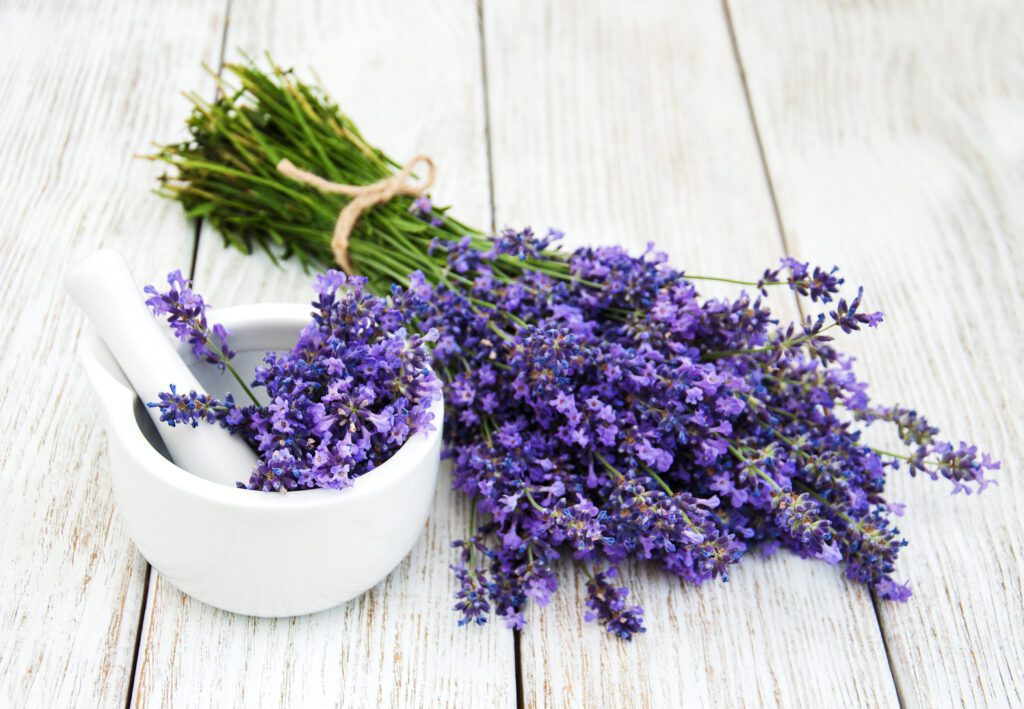
Lavender (Lavandula angustifolia) Medicinal benefits include
The lavender plant (Lavandula angustifolia) has a long history of medicinal use.
Lavender is still prized for its many medicinal benefits. It relieves stress, anxiety, and insomnia. It is also an effective treatment for headaches, stomach aches, and other digestive issues. Lavender is applied topically to treat wounds, burns, and insect bites. And it is a robust antimicrobial agent, making it helpful in cleaning and disinfecting.
The Egyptians used it for embalming mummies, the Romans used it as a perfume, and the early Christians used it to scent their holy water. In the Middle Ages, lavender was used as a strewing herb to freshen rooms and protect against disease.
-soothing
-pain relief
-antimicrobial
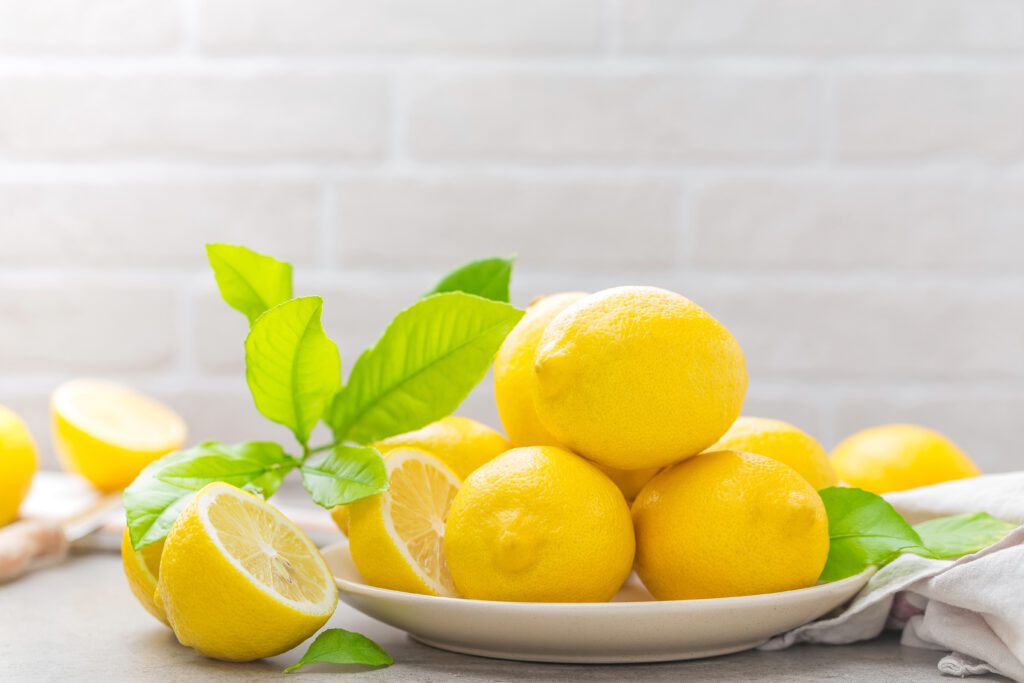
Lemon (Citrus limon) Medicinal benefits include
The lemon is a citrus fruit that is rich in Vitamin C and has numerous health benefits. Lemons have been used as natural remedies for centuries. Some of the most well-known lemon medicinal benefits include:
– Boosting the immune system
– aiding in digestion
– alleviating sore throats
– reducing fevers
– cleansing the skin
– detoxifying the body

Lemongrass (Cymbopogon flexuosus) Medicinal benefits include
Lemongrass (Cymbopogon flexuosus) is a tropical grass. Extracts from the leaves and stalks of the plant are used to treat various ailments, including stomach upset, diarrhea, and fever. Lemongrass is sometimes applied to the skin to relieve muscle pain and stiffness.
The medicinal properties of lemongrass are thought to be due to the presence of compounds like citral and geranial, which have antimicrobial and anti-inflammatory effects. Lemongrass is generally considered safe when used in small amounts. Still, it can cause nausea, vomiting, and diarrhea if taken in large doses. If you’re considering using lemongrass for medicinal purposes, it’s best to talk to your doctor first.
Lemon Balm (Melissa officinalis) Medicinal benefits include
-easing digestive discomfort
-easing stress and anxiety
-reducing inflammation
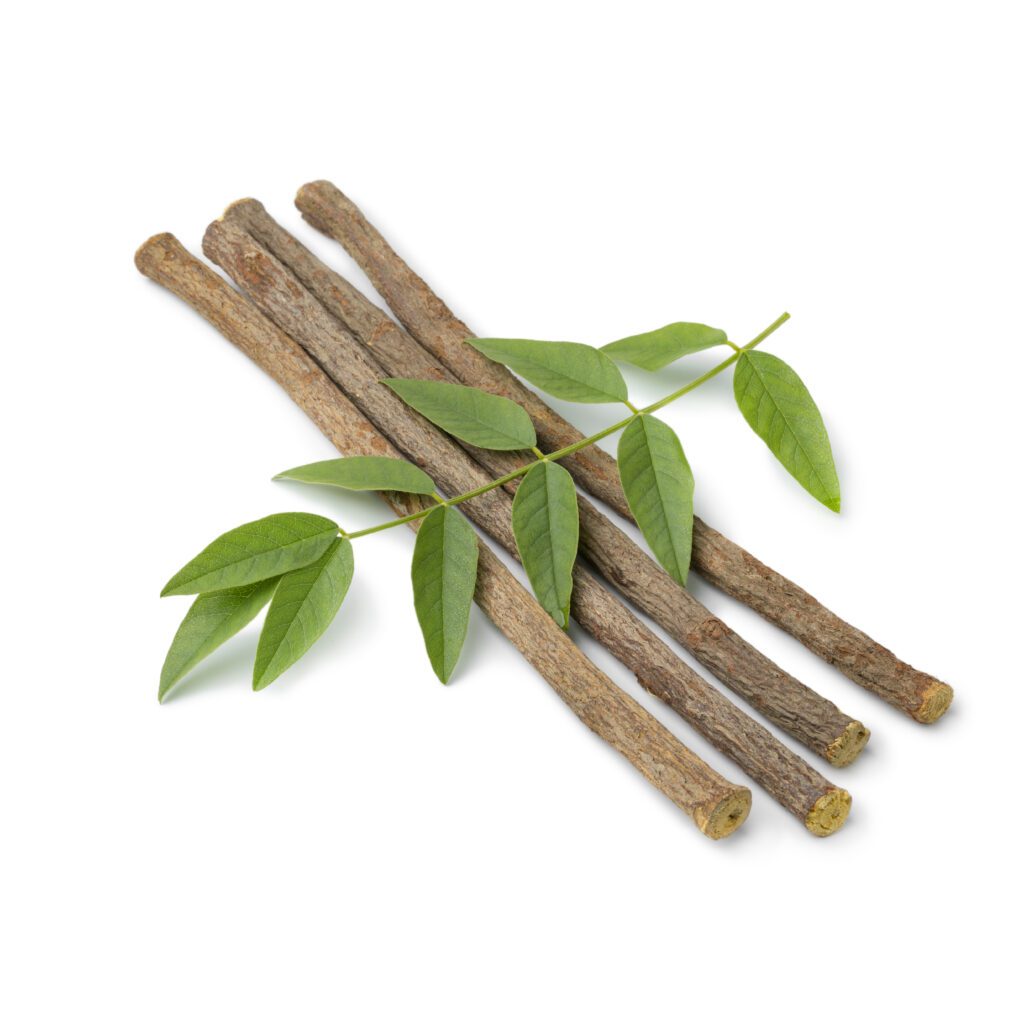
Licorice Root (Glycyrrhiza glabra) Medicinal benefits include
Licorice Root (Glycyrrhiza glabra) is a herb native to southern Europe and Asia. The roots and stolons of the plant are used for their medicinal properties. Licorice Root has been employed in medicine since ancient times and is still used for various conditions.
Licorice Root is most commonly used for its anti-inflammatory and expectorant effects. The herb also treats stomach ulcers, bronchitis, and yeast infections. Other purported medicinal benefits of Licorice Root include treatment of sore throat, cough, and fatigue. The herb is also said to boost the immune system and have anti-cancer effects.
-liver
-lungs
-circulation
-kidney support

Linden (Tilia cordata) Medicinal benefits include
Linden (Tilia cordata) is small to a medium-sized deciduous tree native to Europe and Asia. The tree has been used for medicinal purposes for centuries. Its significant health benefits include reducing anxiety, relieving pain, and aiding in sleep. Linden is also known to boost the immune system, improve circulation, and lower blood pressure.
-stress relief
-controlling high blood pressure
-irregular heartbeat
-indigestion
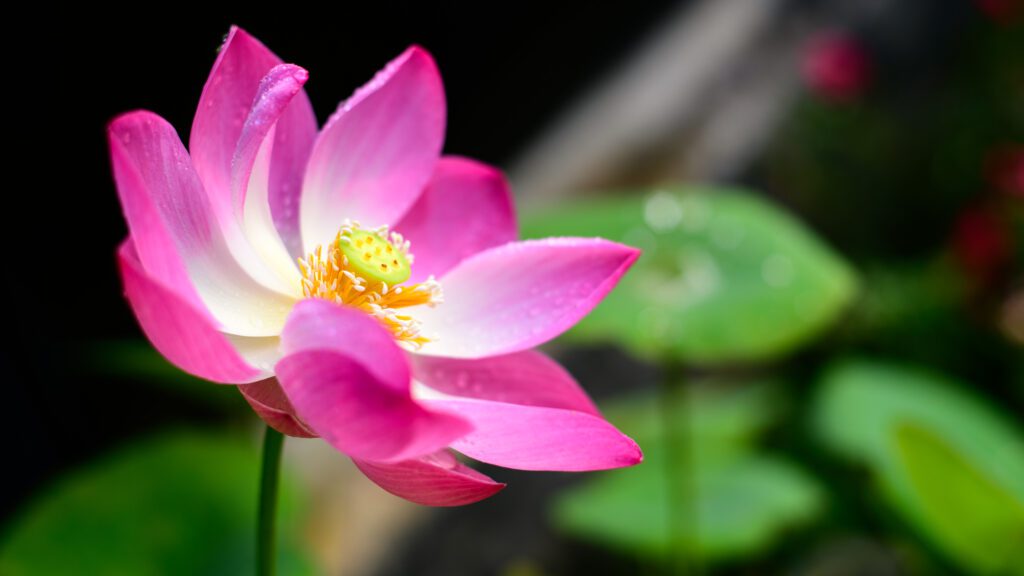
Lotus (Nelumbo nucifera) Medicinal benefits include
The lotus plant (Nelumbo nucifera) has been used in traditional medicine for thousands of years. Its medicinal benefits include the treatment of anxiety, depression, and stress. The plant is also said to have anti-inflammatory and anticancer properties. In recent years, scientists have begun to study the plant’s potential to treat various health conditions.
Lotus extract is thought to help reduce anxiety and stress by improving the levels of serotonin and GABA in the brain. The plant’s anti-inflammatory properties may help to reduce the risk of cancer. Additionally, lotus extract is being studied as a possible treatment for Alzheimer’s disease and other cognitive disorders.
-anticancer
-antibacterial
-anti-inflammatory
-anxiety
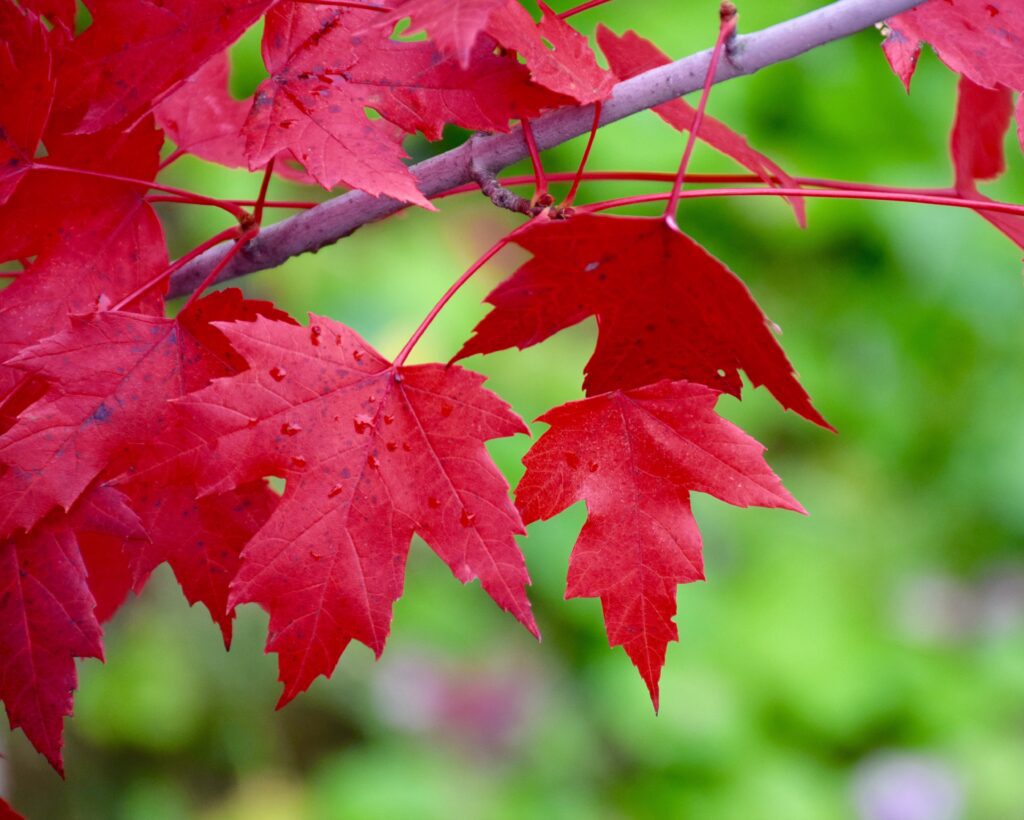
Maple Tree (Acer sp.) Medicinal benefits include
The Acer sp. is a deciduous tree commonly found in North America. It is also known as the sugar maple or hard maple. The tree has winged seeds and five-lobed leaves.
The Acer sp. is not only lovely to look at, but it also has many medicinal benefits. The tree’s sap treats wounds and also skin conditions. Boil the sap down to make syrup, which treats respiratory problems and sore throats. The tree’s bark can brew a tea that effectively treats indigestion.
-treatment of rheumatism
– bruises
– hepatic disorders
– eye disease
-pain
-detoxification
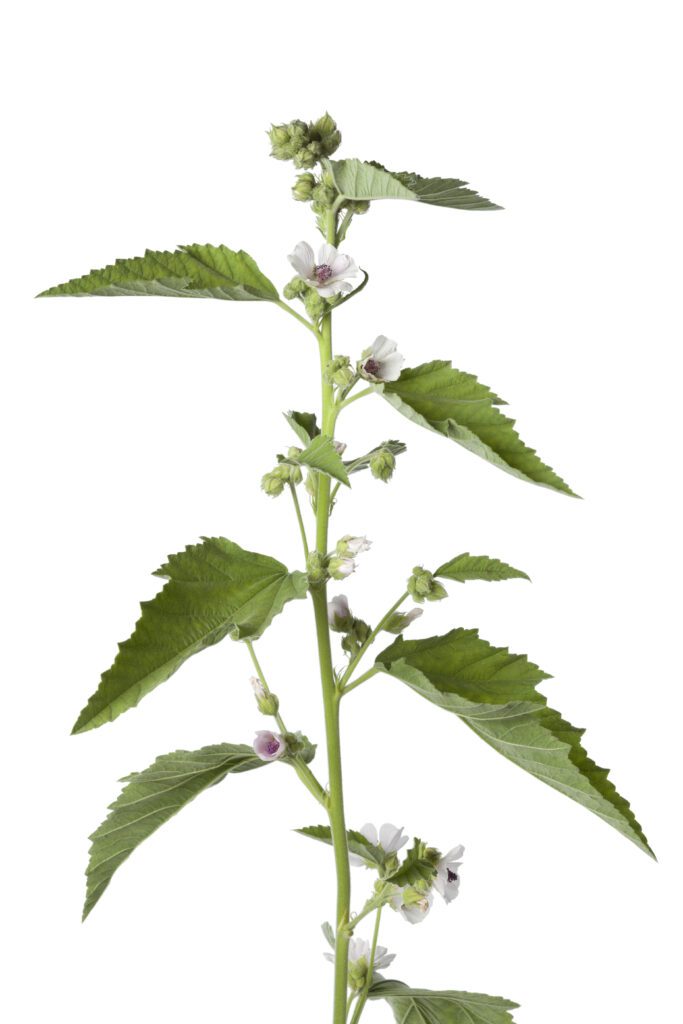
Marsh Mallow (Althaea Officinalis) Medicinal benefits include
Marshmallow is a plant that has been used for centuries for their medicinal benefits. The plant’s leaves, roots, and flowers have medicinal properties. Marshmallow is most commonly taken by mouth for digestive disorders such as heartburn, stomach ulcers, Crohn’s disease, and constipation. It is also used externally for skin conditions such as eczema and psoriasis.
Marshmallow is a plant that belongs to the mallow family. The plant is native to Europe, North America, and Africa. Medicines are made from the plant’s roots and leaves.
The marshmallow plant grows up to 2 meters tall and has a hairy stem with a square cross-section. The leaves are alternate, egg-shaped, and have toothed margins. The flowers are pink, white, or purple.
-dry cough
-stomach lining
-fights infections
-stomach acid
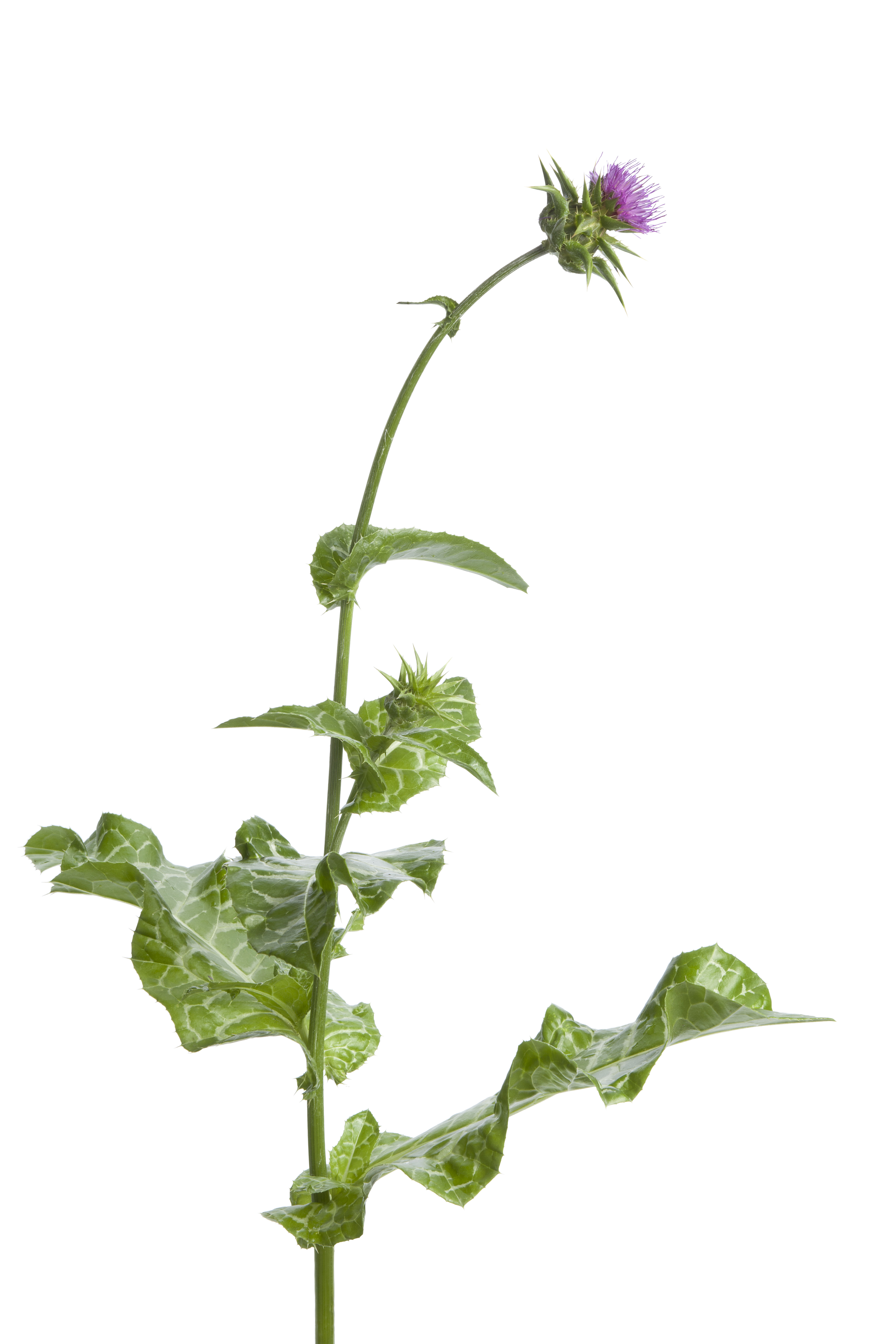
Milk Thistle (Silybum marianum) Medicinal benefits include
Milk thistle is a common herb used for centuries for its medicinal properties. This herb is mainly well known for its liver-protecting effects and ability to detoxify the body. Herbalists make Milk thistle extract with the seeds of the herb and is rich in a compound called silymarin. Silymarin is thought to help protect the liver from damage and promote health.
This extract is a natural treatment for liver disorders like hepatitis and cirrhosis. It is also used as a general detoxifier and liver tonic. Milk thistle extract is available in supplement form and is also found in many liver-supporting formulas.
-liver support
– gallbladder
-increased breast milk production
-indigestion
-diabetes

Mint (Mentha sp.) Medicinal benefits include
Mint (Mentha sp.) is a well-known culinary herb for its medicinal benefits. Mint has been used to treat various conditions, including stomach upset, respiratory problems, and headaches. Mint is also popular in many commercial products, such as toothpaste and mouthwash.
Recent studies have shown that mint may also have some cognitive benefits. One study found that it improved mind memory and task performance in a group of students. Another study found that mint may help relieve symptoms of Alzheimer’s disease.
-anti-cancer
-anti-obesity
-stomach relief
-anti-nausea
-anti-diabetic
-memory support
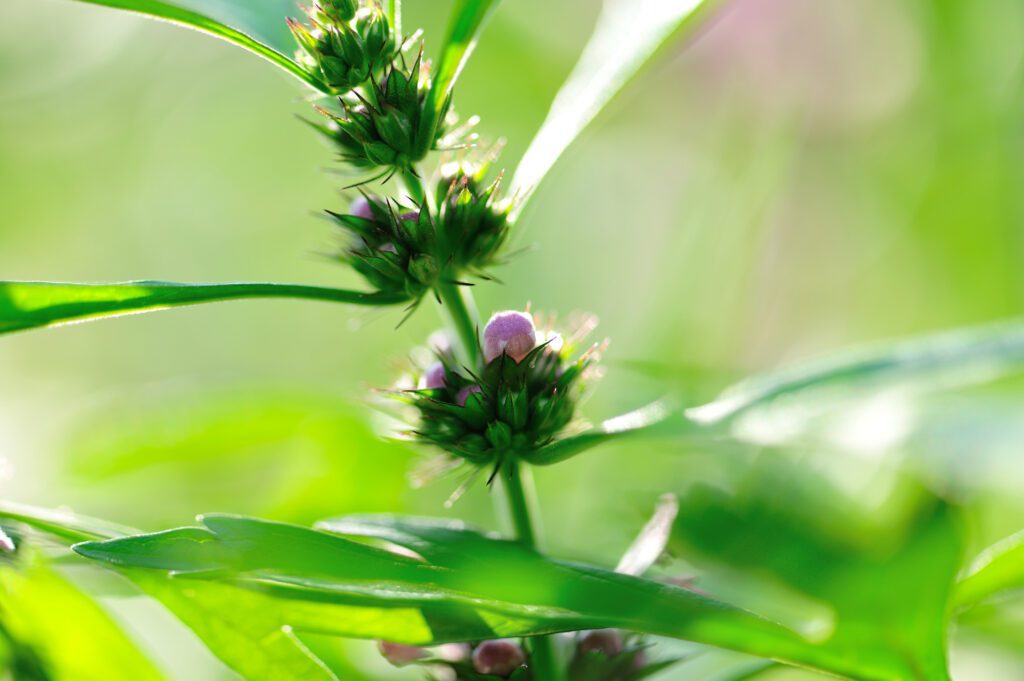
Motherwort (Leonurus cardiaca) Medicinal benefits include
Motherwort is a perennial herbaceous plant native to Europe and Asia. Motherwort treats various ailments due to its medicinal properties. Motherwort is most commonly used to treat heart conditions, such as irregular heartbeat and palpitations. The herb is also said to be effective in treating anxiety, insomnia, and menstrual cramps.
Motherwort is generally considered to be safe when taken at the appropriate dose by most people. However, the herb can cause side effects, such as dizziness, headache, and upset stomach. It is essential to speak with your healthcare provider before taking motherwort, especially if you are pregnant or breastfeeding.
-anxiety
-heart health
-lowers blood pressure
-menopause relief
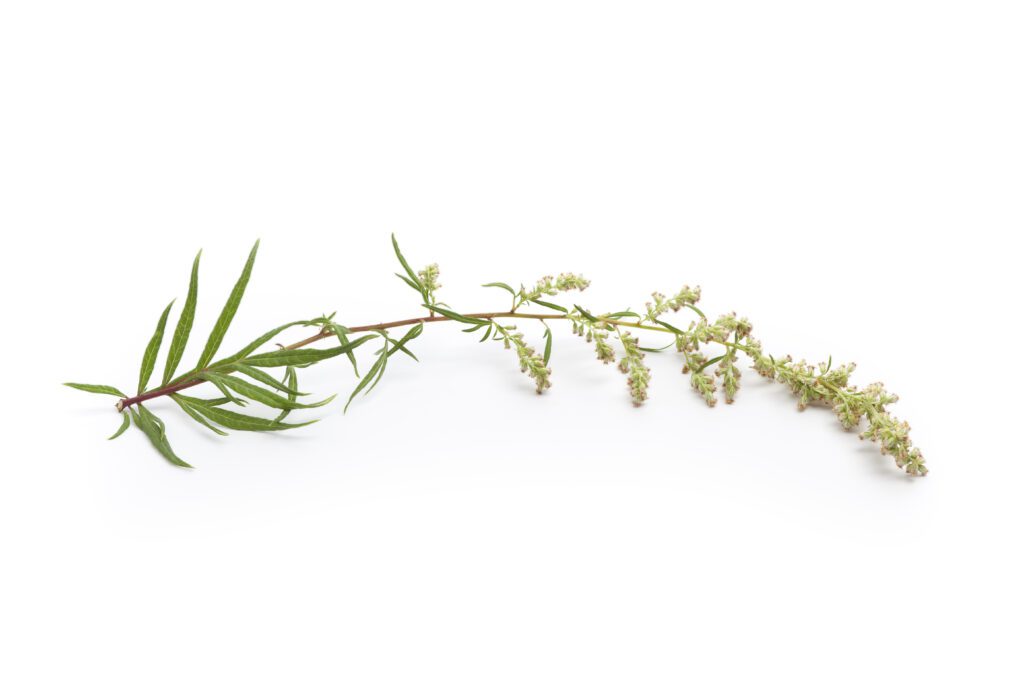
Mugwort (Artemisia vulgaris) Medicinal benefits include
Mugwort (Artemisia vulgaris) has been used medicinally for centuries. The leaves and flowers of mugwort can make teas and tinctures for various health problems. Some of the most common mugwort remedies include treating anxiety, insomnia, and stomach issues. Additionally, mugwort is sometimes used as a mild stimulant or hallucinogen.
-menstruation
-digestion upset
-lowers blood pressure
-energizing
-relieve itch
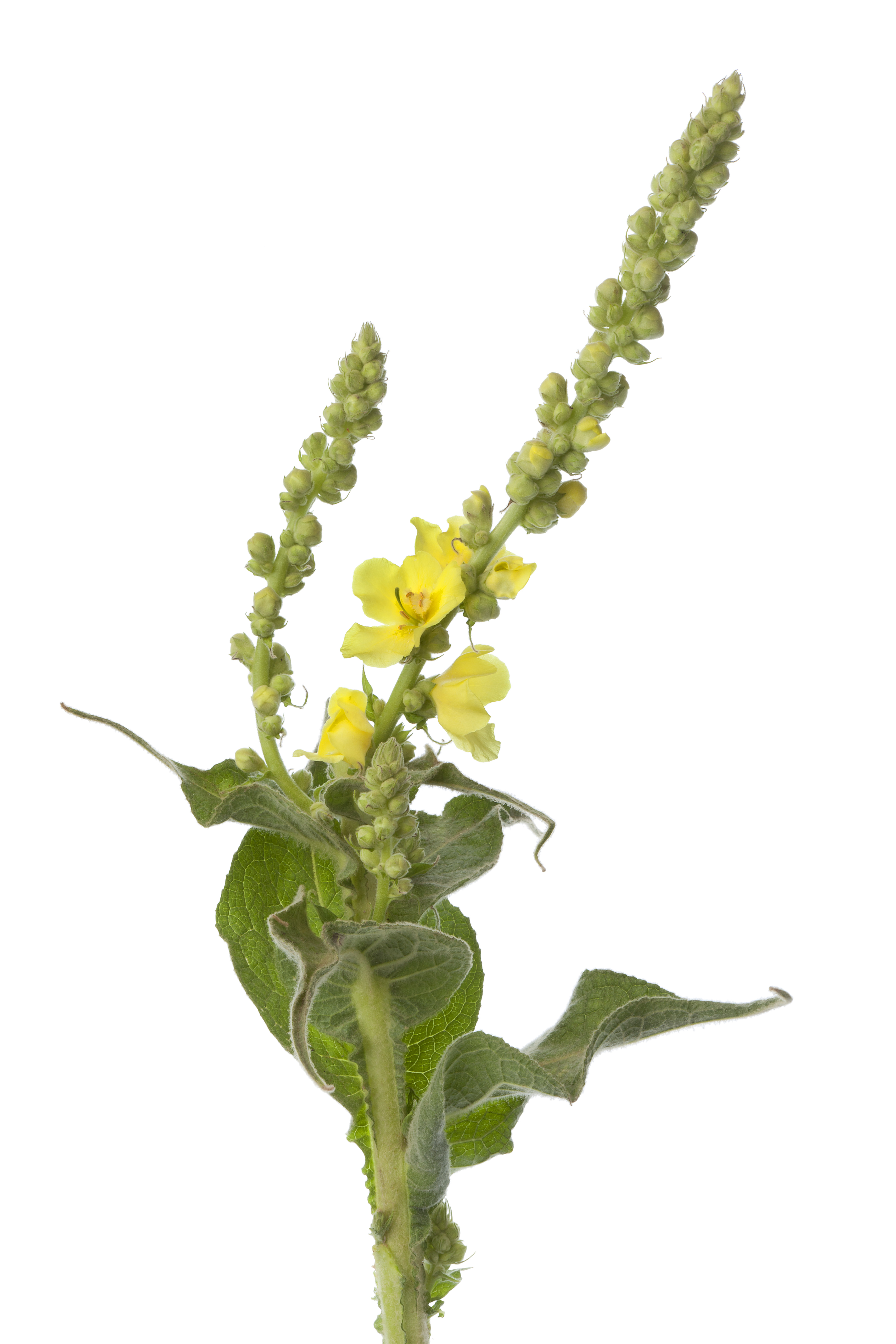
Mullein (Verbascum thapsus) Medicinal benefits include
Mullein is a common weed that has been used medicinally for centuries. Make medicinal teas, tinctures, and ointments from the leaves, flowers, and roots of the plant. Mullein is most commonly used to treat respiratory conditions such as bronchitis and asthma. It also treats digestive issues, skin conditions, and urinary tract infections.
-headache
-asthma
-diarrhea
-brings up mucous
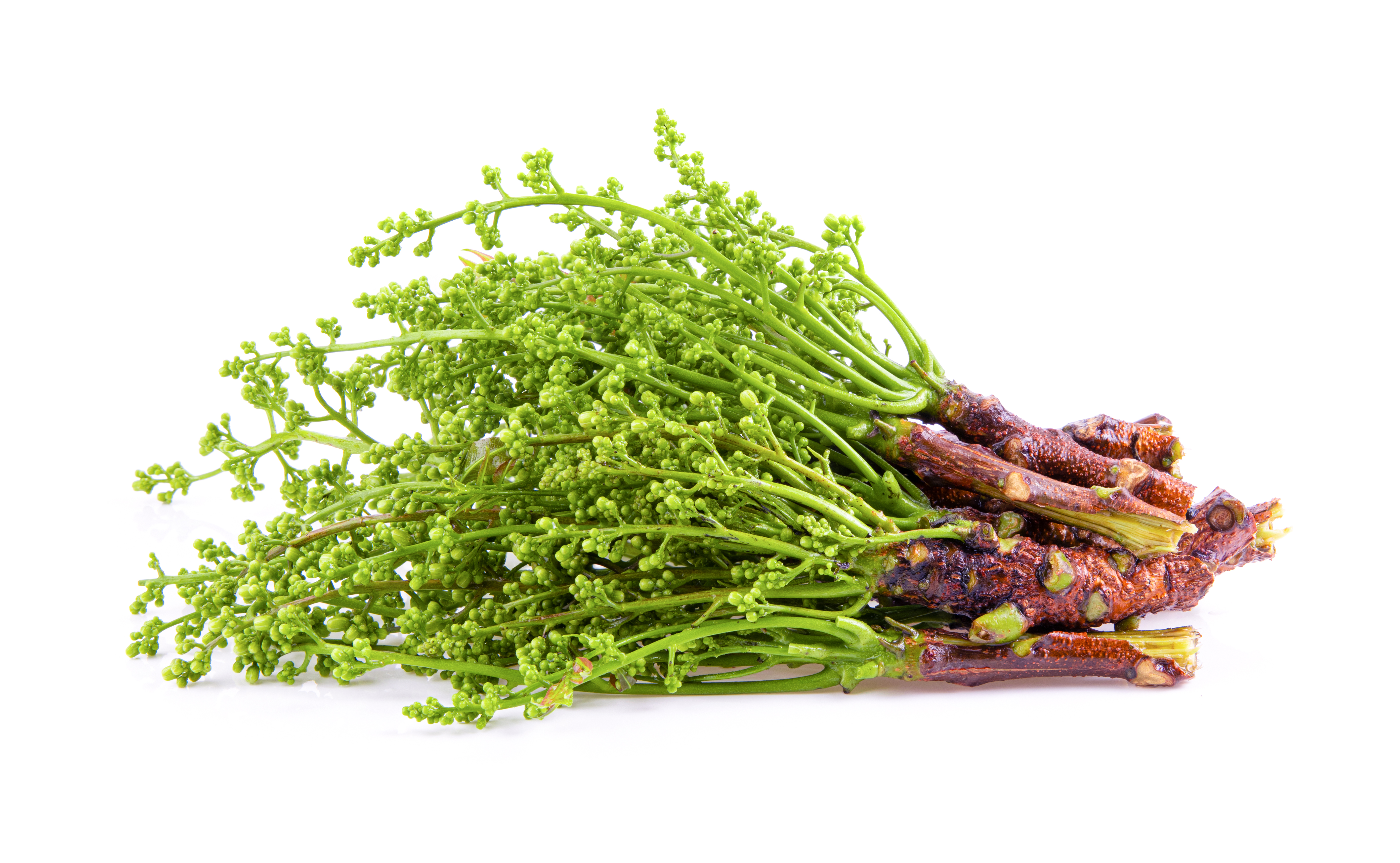
Neem (Azadirachta indica) Medicinal benefits include
Native to India, Pakistan, and Bangladesh, neem trees (Azadirachta indica) are members of the mahogany family. An evergreen tropical tree, neem trees reach heights of 20 meters. The leaves are lanceolate-shaped, and the flowers are white or pale yellow. The fruit is a drupe that contains a single seed.
There have been thousands of years of traditional Indian uses for the neem tree. The leaves, bark, and seeds are all used to make various medicines. Neem has a wide range of medicinal properties. It treats multiple conditions, including fever, skin disorders, and digestive problems.
Recent studies have shown that neem may also have anti-cancer properties.
-anti-plaque in mouth
-kills bacteria
-lowers blood sugar
-heals ulcers in the digestive tract
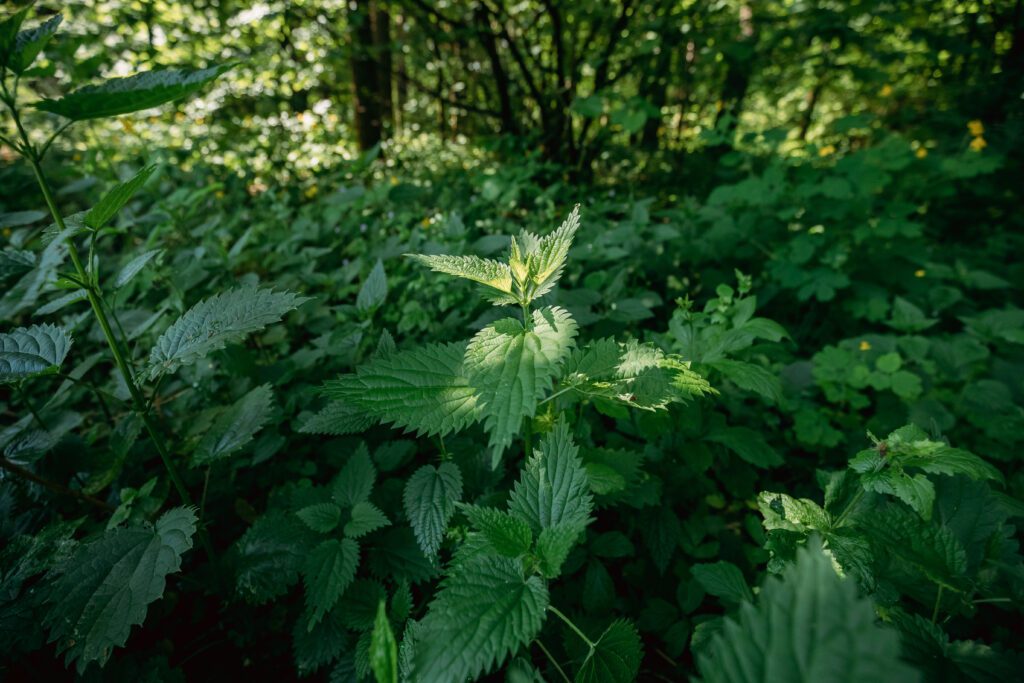
Nettle, Stinging (Urtica dioica) Medicinal benefits include
Nettle, Stinging Overview
Nettle is an annual plant that can reach a height of four feet. It has long, green leaves covered in tiny, sharp hairs. These hairs contain a chemical that can cause a stinging sensation when they come into contact with the skin. Nettle is found in damp, shady areas all over the world. It was once thought to be a cure-all for various ailments. Today, we know that nettle does have some medicinal benefits. It is particularly effective in treating allergies, joint pain, and urinary problems.
-muscle and joint pain
-anemia
-gout
-eczema
-arthritis
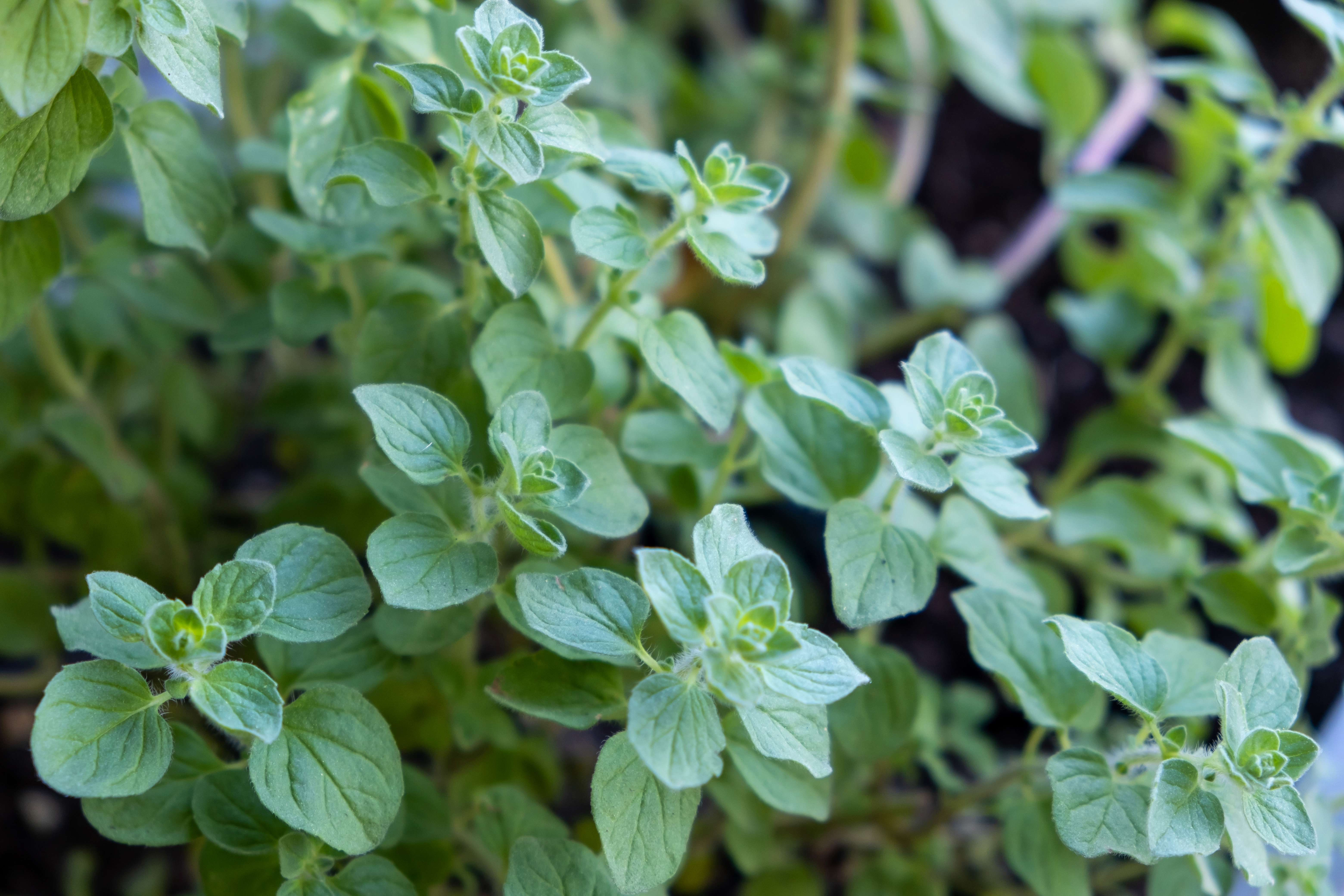
Oregano (Origanum vulgare) Medicinal benefits include
Oregano (Origanum vulgare) is a fragrant herb with a long history of medicinal use. Oregano is a versatile herb that can be used in many different ways. The leaves can be used fresh, dry, or essential oil.
Oregano is a very versatile and potent herb with many medicinal benefits:
– Respiratory problems
– Digestive problems
– menstrual cramps
– inflammation
– headaches
-Oregano is a potent antioxidant
The compounds in oregano oil are thought to be responsible for their medicinal properties. These compounds include carvacrol and thymol, which have antibacterial, antifungal, and antiviral activity. Oregano oil is also a potent antioxidant, helping the body fight free radical damage.
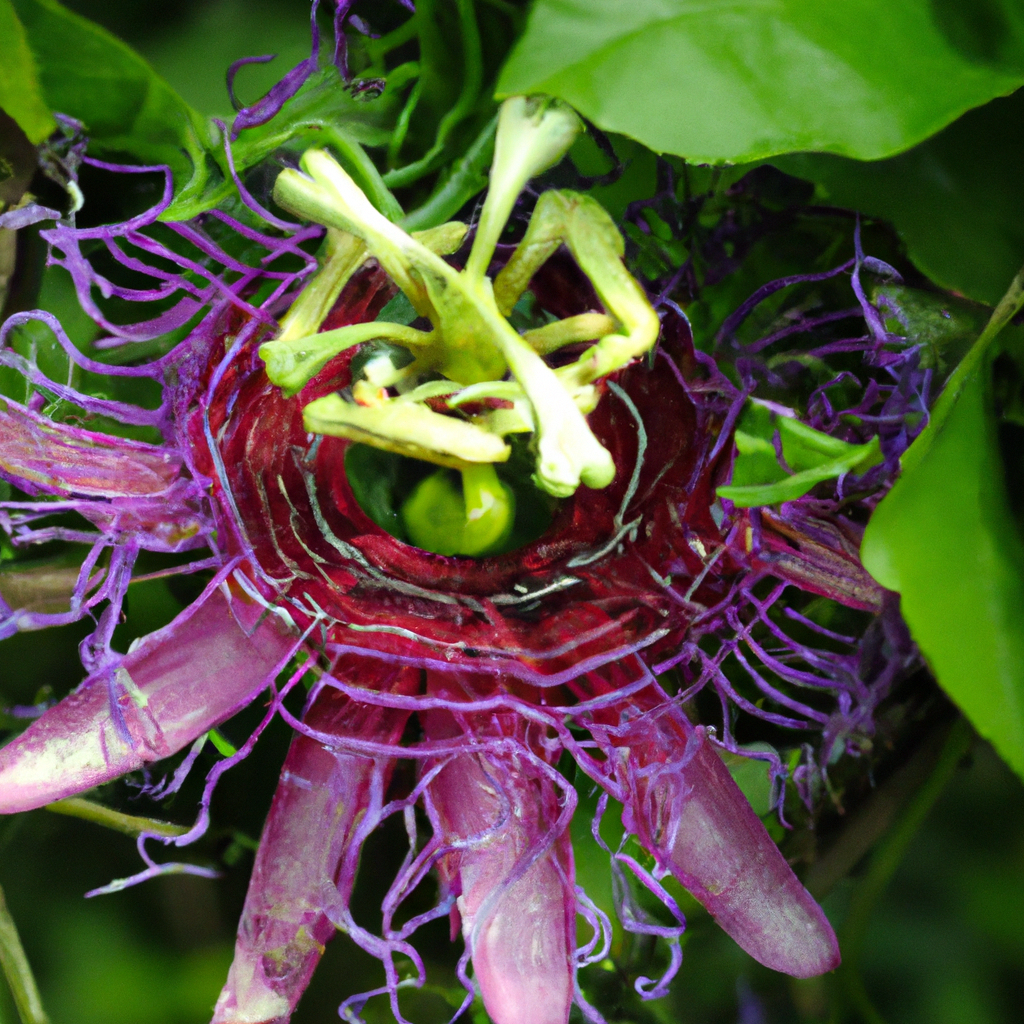
Passionflower (Passiflora) Medicinal benefits include
Passionflower (Passiflora) is a climbing vine native to the southern United States. The leaves and flowers make tea that is said to have a calming effect and help treat anxiety and insomnia. Passionflower tea is also used as a mild sedative. It is said to help manage withdrawal symptoms in people trying to quit smoking.
-sedative
-insomnia
-smoking cessation
-pain
-ADHD
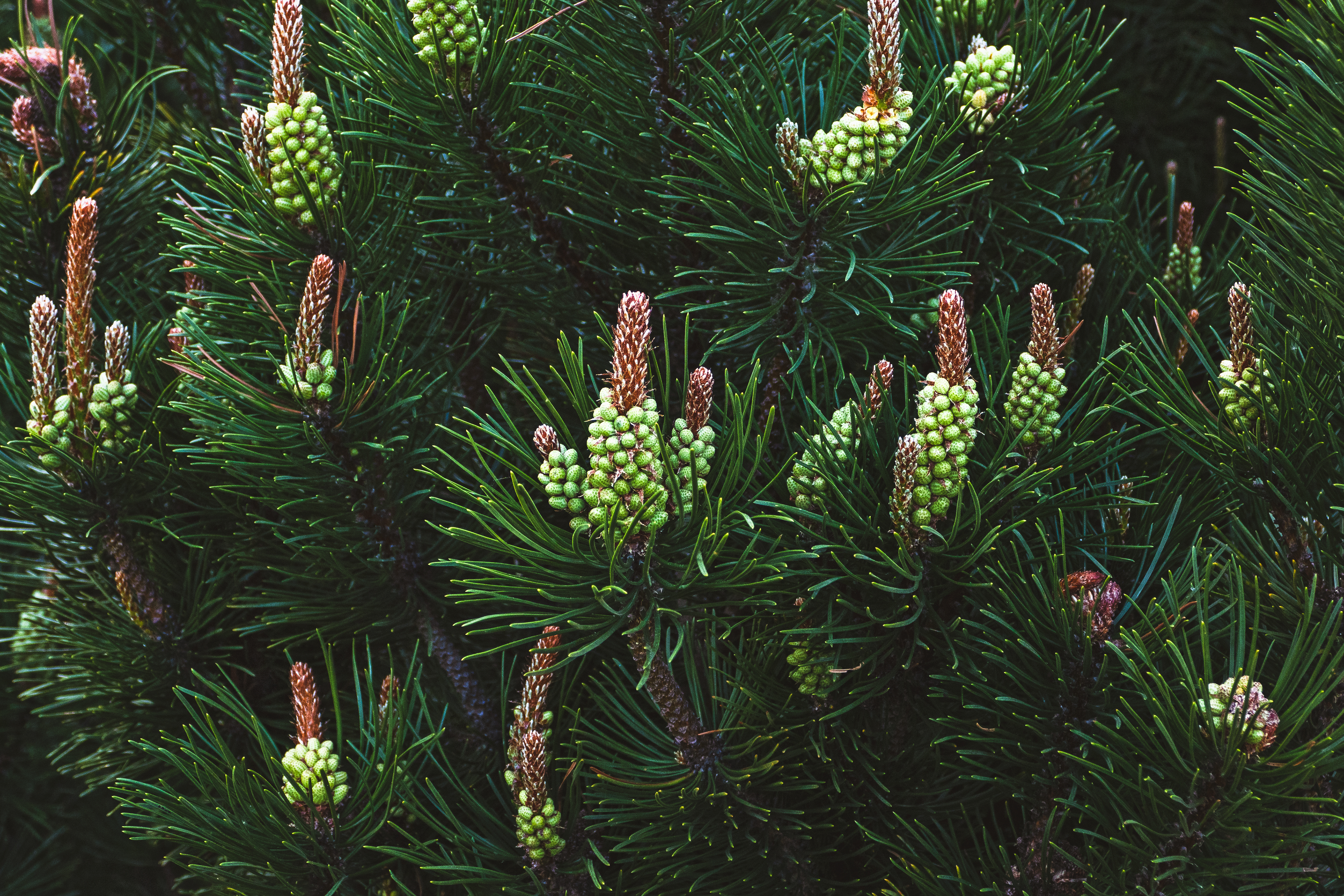
Pine Tree (Pinus sp.) Medicinal Herbs and Their Uses
Pine bark extract for sports nutrition, skin health, and more.
Pine tree bark has been used medicinally for centuries, and recent studies have shown that it has a wide range of health benefits. Pine bark extract is an antioxidant-rich supplement that has been shown to improve athletic performance, skin health, and more.
-UTI
-sinus infection
-immune deficiency support
-allergies
-cough
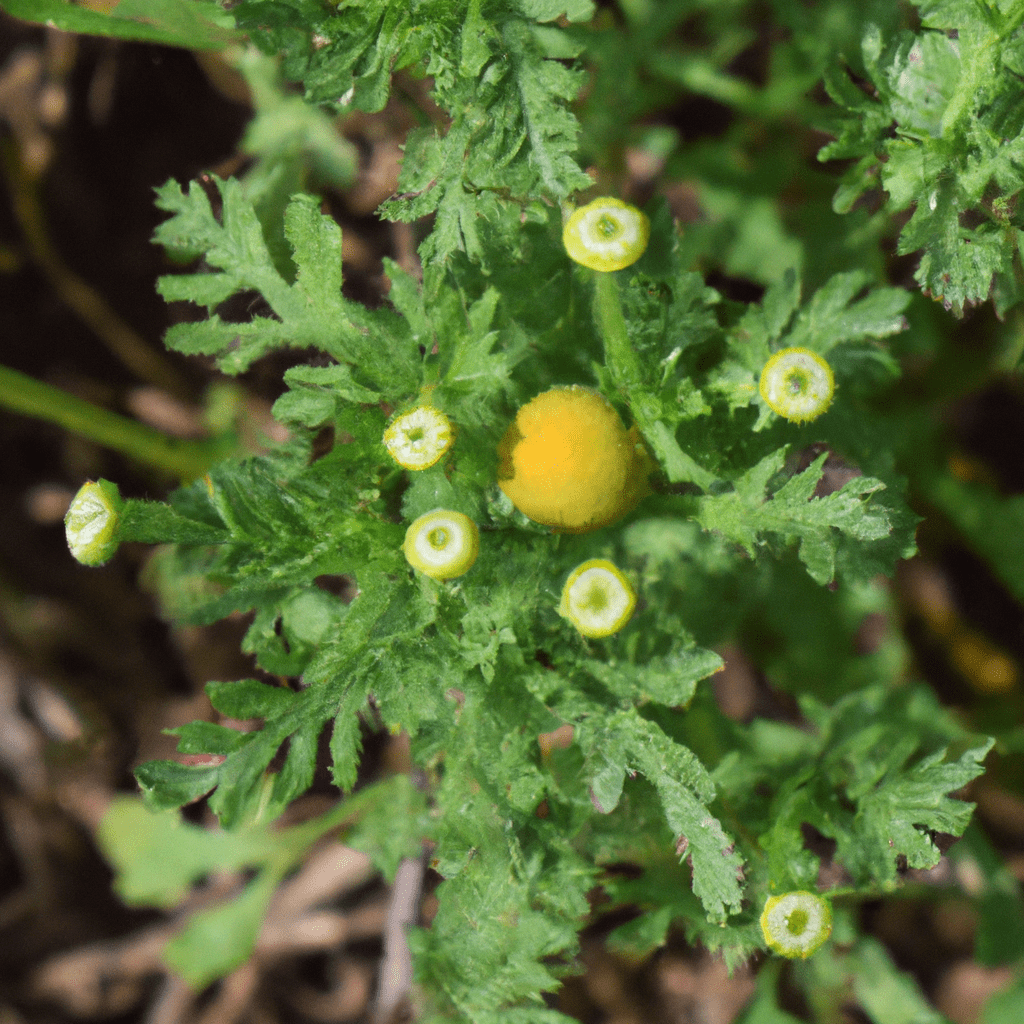
Pineapple Weed (Matricaria discoidea) Medicinal Herbs and Their Uses
There has been a long history of using pineapple weed (Matricaria discoidea) in traditional medicine. In North America, the plant is native and can also be found in many parts of the country. Pineapple weed has medicinal benefits and treats stomach complaints, colds, and fevers.
Pineapple weed is rich in antioxidants and essential oils, making it a potent remedy for many ailments. The plant is also known for its anti-inflammatory and antibacterial properties.
-gas relief
-infected sores
-fever
-menses pain
-postpartum anemia
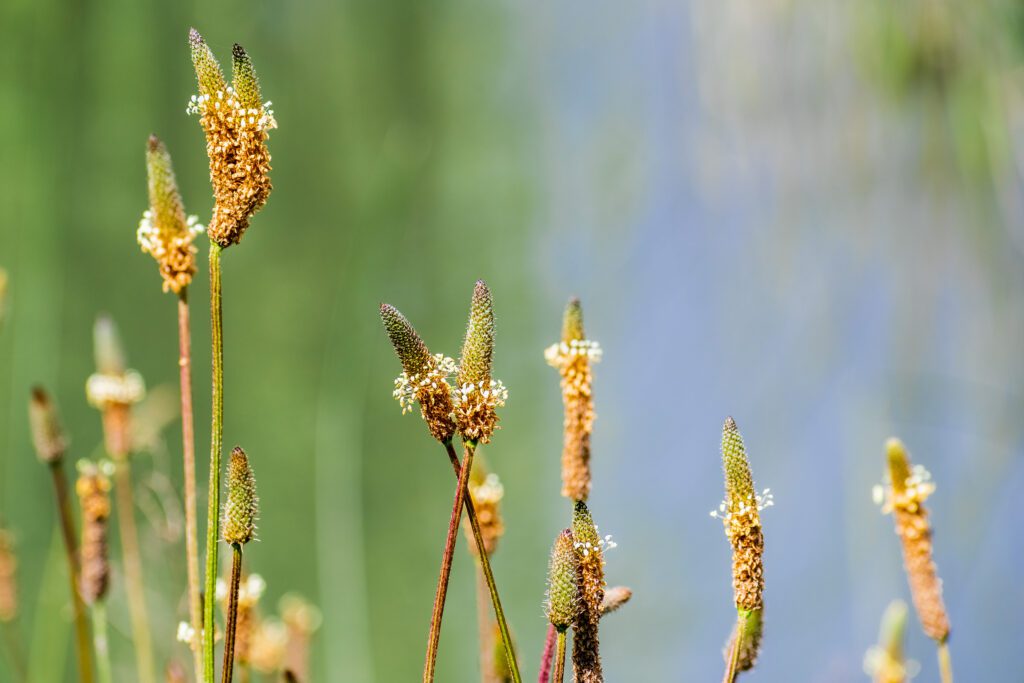
Plantain (Plantago lanceolata) Herbs and Their Uses
The plantain, also known as Plantago lanceolata, is a common weed. The plantain has a high concentration of mucilage, which makes it helpful in treating a variety of ailments.
The plantain can be used to treat skin conditions such as cuts, bruises, and insect bites. It can also treat respiratory diseases such as bronchitis and asthma. The plantain has also been effective in treating gastrointestinal conditions such as diarrhea and IBS.
-insect bites
-wounds
-stomach upset
-respiratory relief
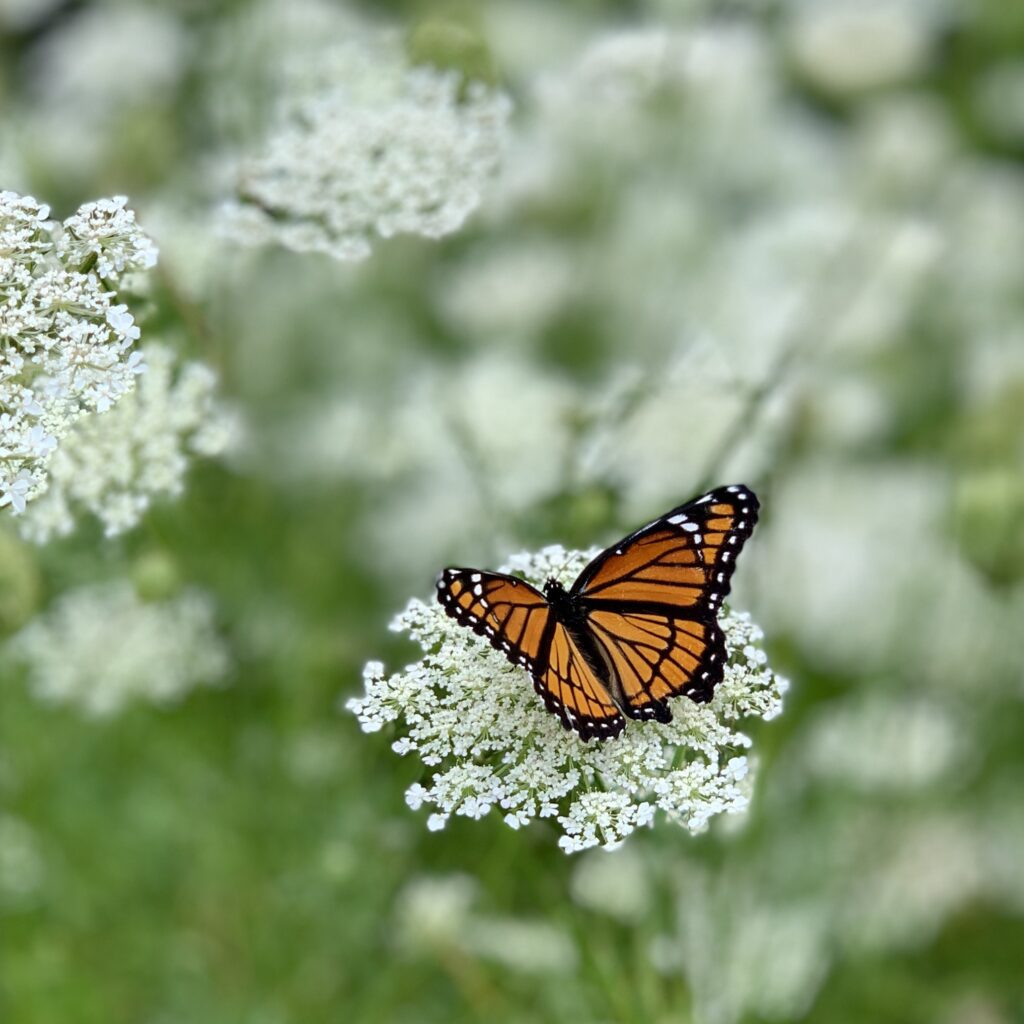
Queen Anne’s Lace (Daucus carota) Medicinal benefits include
Queen Anne’s lace is used medicinally. The plant was traditionally treated with a plethora of conditions, including stomach cramps, indigestion, and anxiety. Queen Anne’s lace is also said to have diuretic and blood-purifying properties.
More recently, Queen Anne’s lace has been studied for its potential cancer-fighting properties. Some preliminary research suggests that compounds in the plant may help to kill cancer cells and prevent the spread of tumors.
-gas
-antiseptic
-muscle cramps
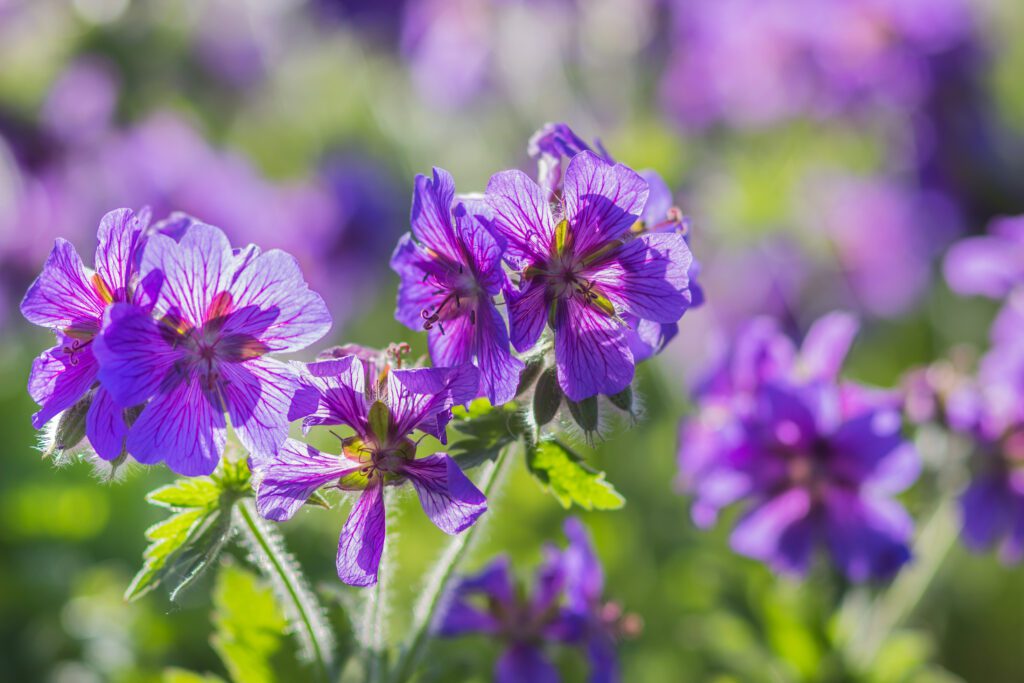
Robert geranium (Geranium robertianum) Medicinal Herbs and Their Uses
The Robert geranium (Geranium robertianum) is a plant that has been used medicinally for centuries. Its leaves and stems traditionally treat various ailments, including wounds, inflammations, and skin conditions. Some of the Robert geranium’s most well-known medicinal benefits include its ability to:
– Speed up the healing of wounds
– Reduce inflammation
– Soothe skin conditions
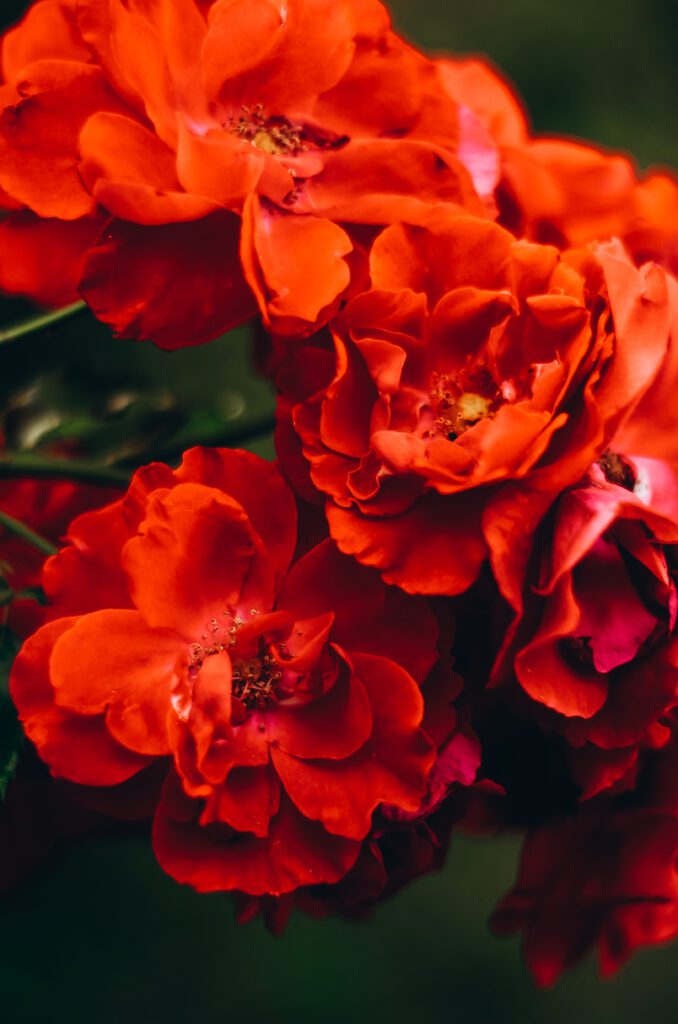
Rose (Rosa sp.) Medicinal Herbs and Their Uses
Roses have acquired cultural and symbolic meanings over time. In addition to jam, jellies, and marmalade, rose hips are occasionally used for brewing tea, especially in China. They are also used to make rosehip syrup and rosehip oil, which are used in some skin products.
Rose’s medicinal benefits include the following:
-Roses have a long history of being used for medicinal purposes.
-Roses are a source of vitamins C and A, as well as flavonoids and tannins.
-Rose petals can be used to make a tea that is high in antioxidants and can help to soothe a sore throat.
-Rose hips are a good source of vitamin C and can be used to make the syrup that is said to be helpful for colds and the flu.
-Rosewater is a by-product of distilling rose petals and can be used as a facial toner or a relaxant in a bath.
Roses have been used for medicinal purposes for centuries. In ancient times, roses treated everything from the common cold to infections. Today, roses are still used medicinally, and research has shown that they can effectively treat diabetes and obesity.
Roses contain a compound called chromium, which regulates blood sugar levels. This makes roses a natural and effective treatment for diabetes. Roses also contain compounds that can help reduce inflammation, making them helpful in treating obesity.
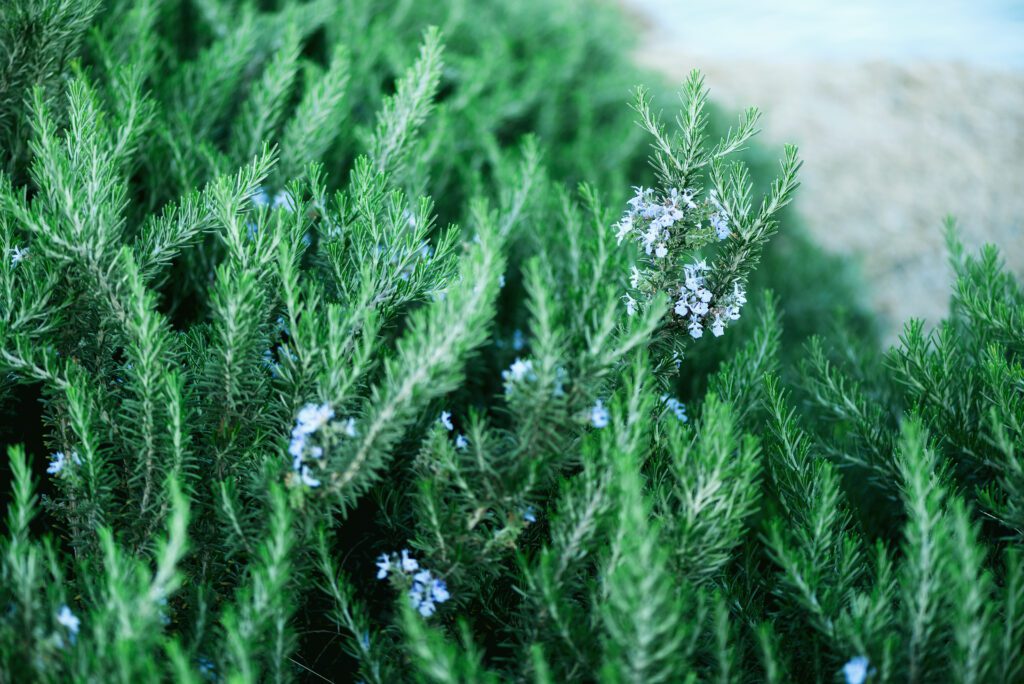
Rosemary (Rosmarinus officinalis) Medicinal benefits include
Rosemary is a perennial herb native to the Mediterranean region. It is used as a spice in cooking and has a wide range of medicinal benefits. Rosemary has been shown to improve cognitive function, relieve pain, and boost the immune system. In addition to treating skin conditions and improving circulation, it can also be applied topically.
-repels bugs
-cognitive function improvement
-Eases stress
-promotes hair growth
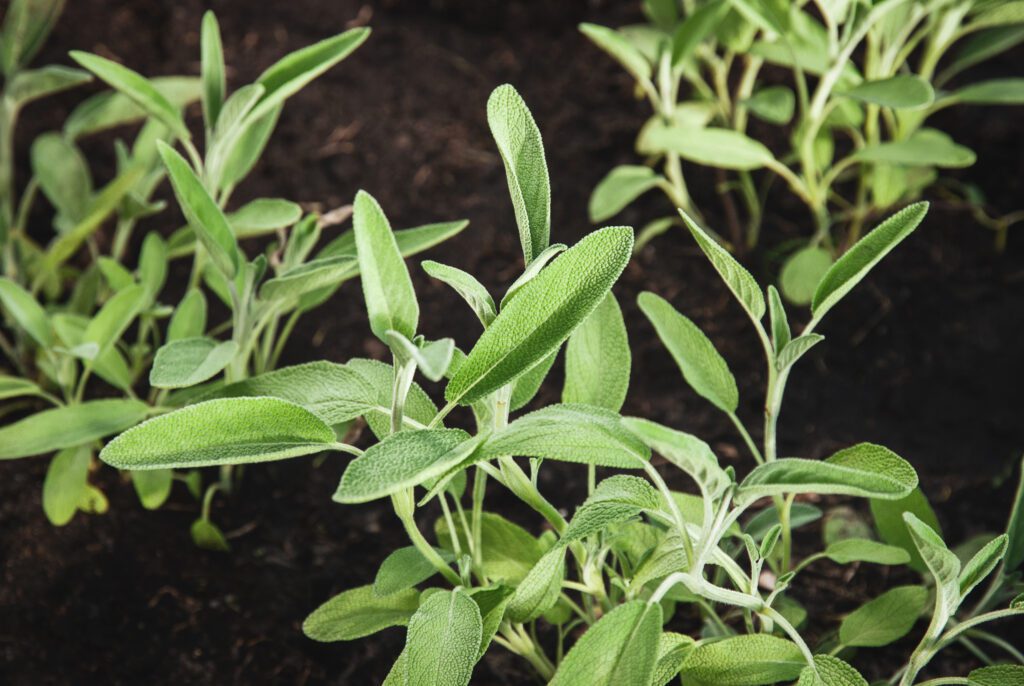
Sage (Salvia officinalis) Medicinal Herbs and Their Uses
Salvia officinalis is a perennial herb belonging to the mint family in the Mediterranean region. In addition to being widely used in medicine and cooking, sage is also a popular ingredient in many dishes. It has long been used to treat colds, stomach disorders, and inflammation.
Recent studies have shown that sage has several medicinal benefits. These include reducing inflammation, improving brain function, and protecting against Alzheimer’s. Sage also has antibacterial and antifungal properties. This makes it an excellent natural remedy for many common ailments.
-pain relief
-antioxidant
-bloating
-heartburn
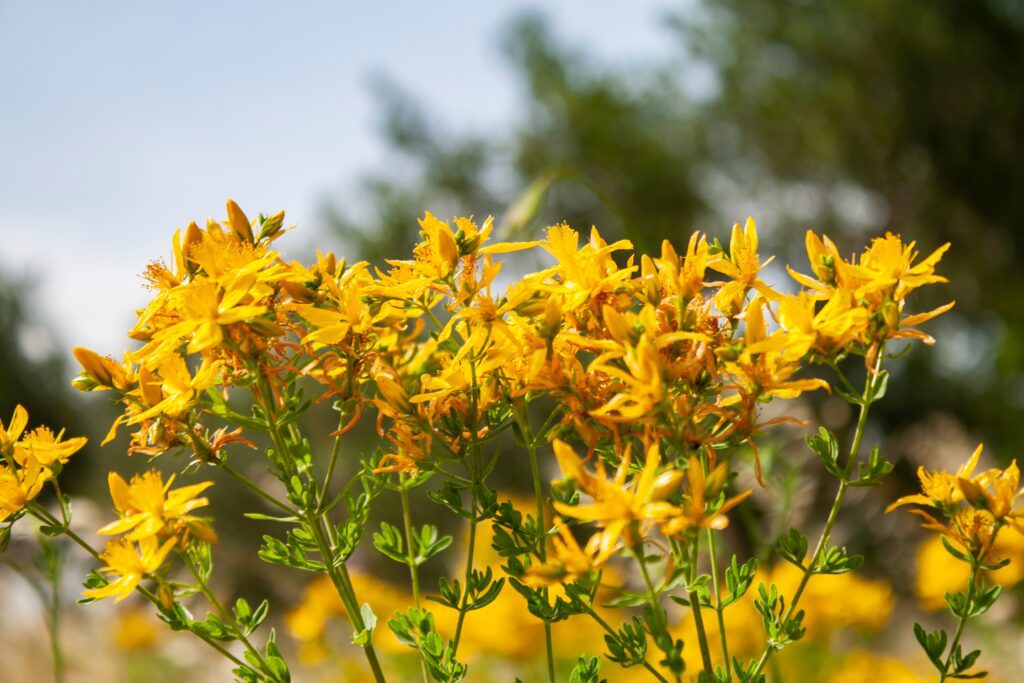
Saint John’s Wort (Hypericum perforatum) Medicinal benefits include
Saint John’s Wort is a flowering plant used medicinally for centuries. The plant gets its name because it often blooms on Saint John the Baptist’s feast day (June 24). Today, Saint John’s Wort is most commonly used for anxiety and depression.
Saint John’s Wort is thought to work by increasing serotonin levels and other neurotransmitters in the brain. This action is similar to the way that prescription antidepressant medications work. In addition to depression, Saint John’s Wort has also been traditionally used for the following conditions:
Saint John’s Wort has also been traditionally used to treat the following conditions:
-Anxiety
-Depression
-Insomnia
-Indigestion
-Menopausal symptoms
-Nervousness
-Pain
-Sore throat
-Stomach upsets
-Tension headaches
-Wounds
-ADHD
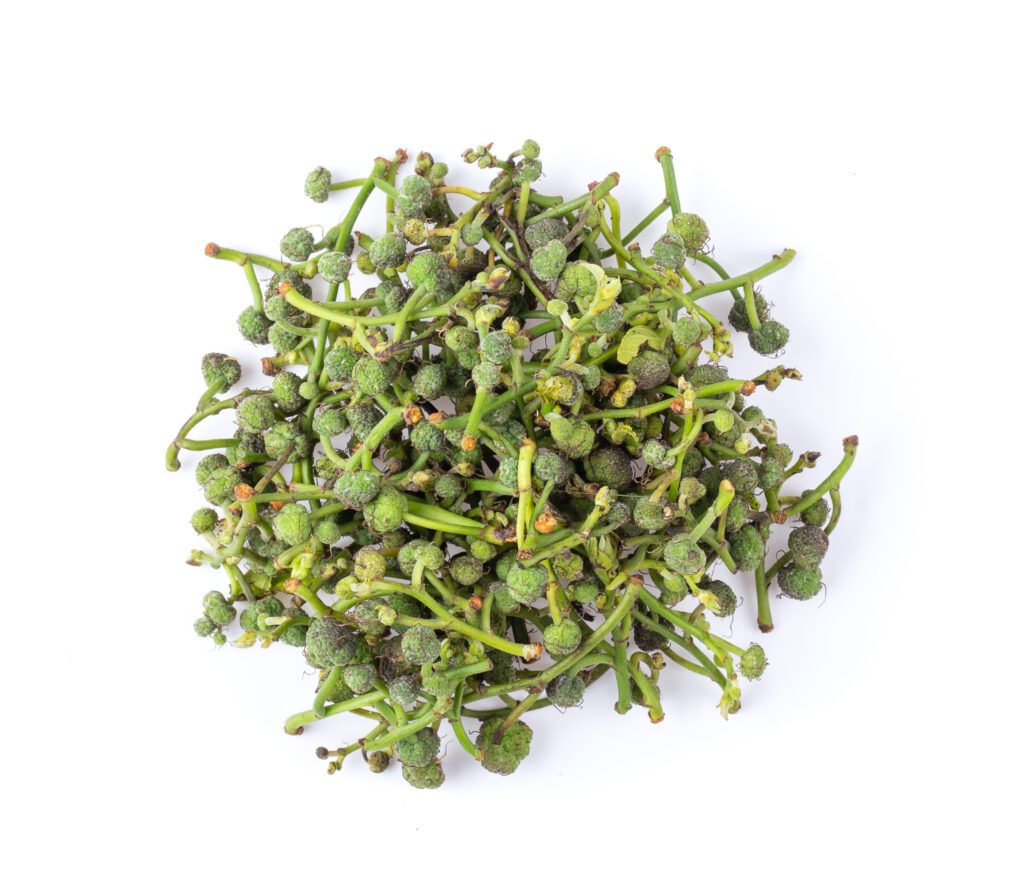
Salae (Broussonetia kurzii) Medicinal benefits include
Salae is a traditional Chinese medicinal herb used for centuries to treat various ailments. The active ingredients in Salae are believed to relieve pain, reduce inflammation, and promote healing.
Salae is effective in treating arthritis, headaches, and menstrual cramps. It has also been proven to speed up the recovery process of wounds and bruises.
-antioxidant
-astringent
-pain relief
-inflammation reduction
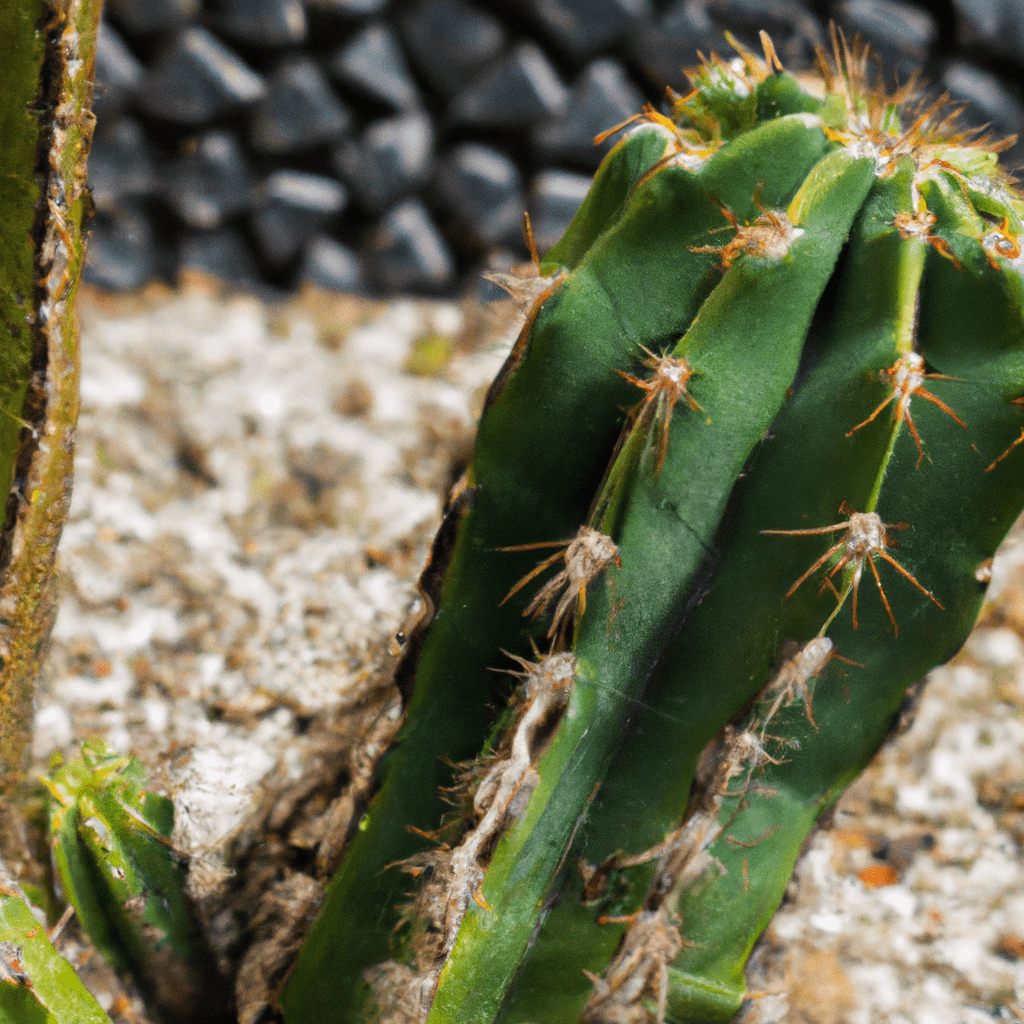
San Pedro cactus (Echinopsis pachanoi) Medicinal benefits Include
A native of the Andes Mountains of Peru, the San Pedro cactus (Echinopsis pachanoi) is found in the San Pedro desert. It has been used for centuries by indigenous people for its medicinal properties. Recent studies have shown that the San Pedro cactus contains various compounds with potential health benefits. These include antioxidants, anti-inflammatory agents, and neuroprotective substances.
As far back as history goes, the San Pedro cactus has been used in traditional medicine. Its extracts have been used for treating stomachaches, fever, and anxiety, among other conditions. Native Americans have used cacti for centuries in religious ceremonies due to their hallucinogenic properties.
Several health conditions have been treated with the San Pedro cactus recently. Its extracts are said to be helpful in
Numerous health conditions have been associated with the San Pedro cactus in recent years. Its extracts help treat conditions like anxiety, depression, and even cancer.
So what is the San Pedro cactus, and how does it work? The cactus is native to Peru and can grow up to 12 feet tall. It contains several different alkaloids including mescaline.
-antioxidant
-neuroprotective
-hallucinogenic
-fever
-high blood pressure relief
-hepatitis
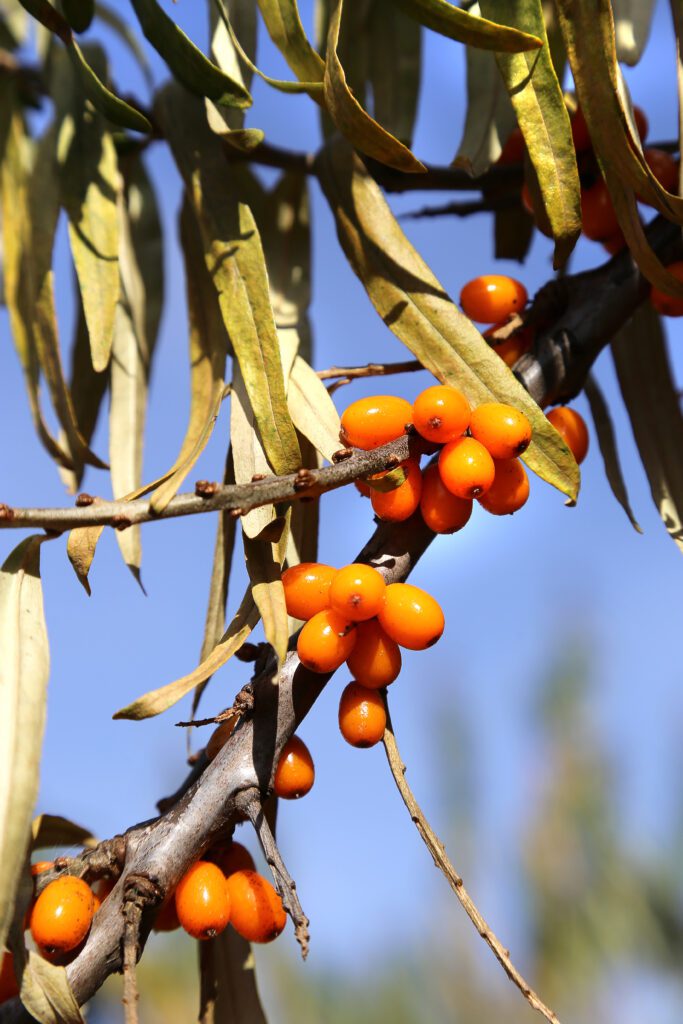
Sea Buckthorn (Hippophae rhamnoides) Herbs and Their Uses
Sea buckthorn (Hippophae rhamnoides) is a shrubby, deciduous tree native to Europe, Asia, and North America. The tree gets its name from the edible fruit on its branches. The fruit is bright orange and has a unique, tart flavor.
Sea buckthorn has been used medicinally for centuries. The fruit and leaves of the tree are rich in vitamins, minerals, and antioxidants. Sea buckthorn is thought to boost the immune system, aid in digestion, and promote wound healing. The tree’s berries are also a good source of Vitamin C, essential for maintaining good health.
-anti-aging
-anti-cancer
-immunity support
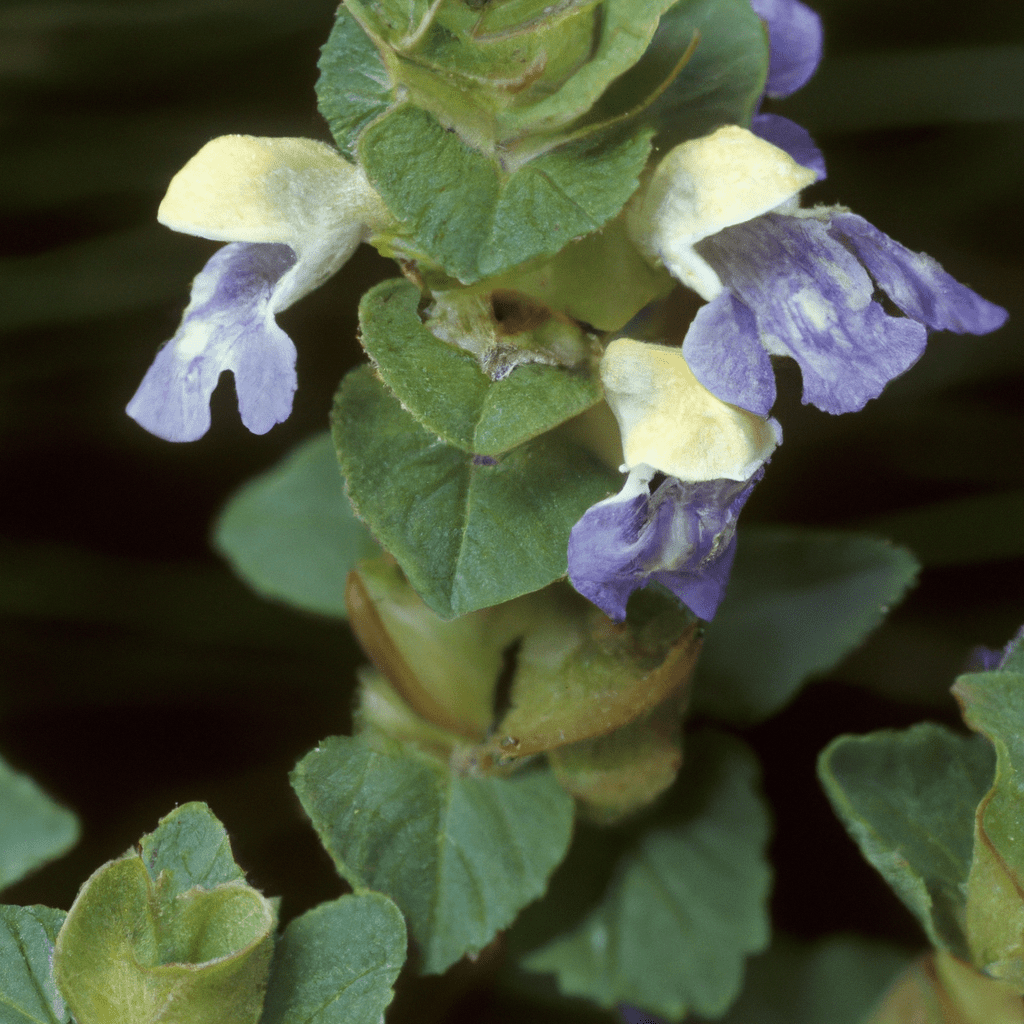
Skullcap (Scutellaria sp.) Medicinal benefits include
The Skullcap is a perennial herb that is native to North America. It has many different medicinal benefits, which include:
-Reducing inflammation
– relieving anxiety
– aiding in sleep
– relieving pain
– lowering fevers
Skullcaps can take many forms, including capsules, tinctures, and teas.
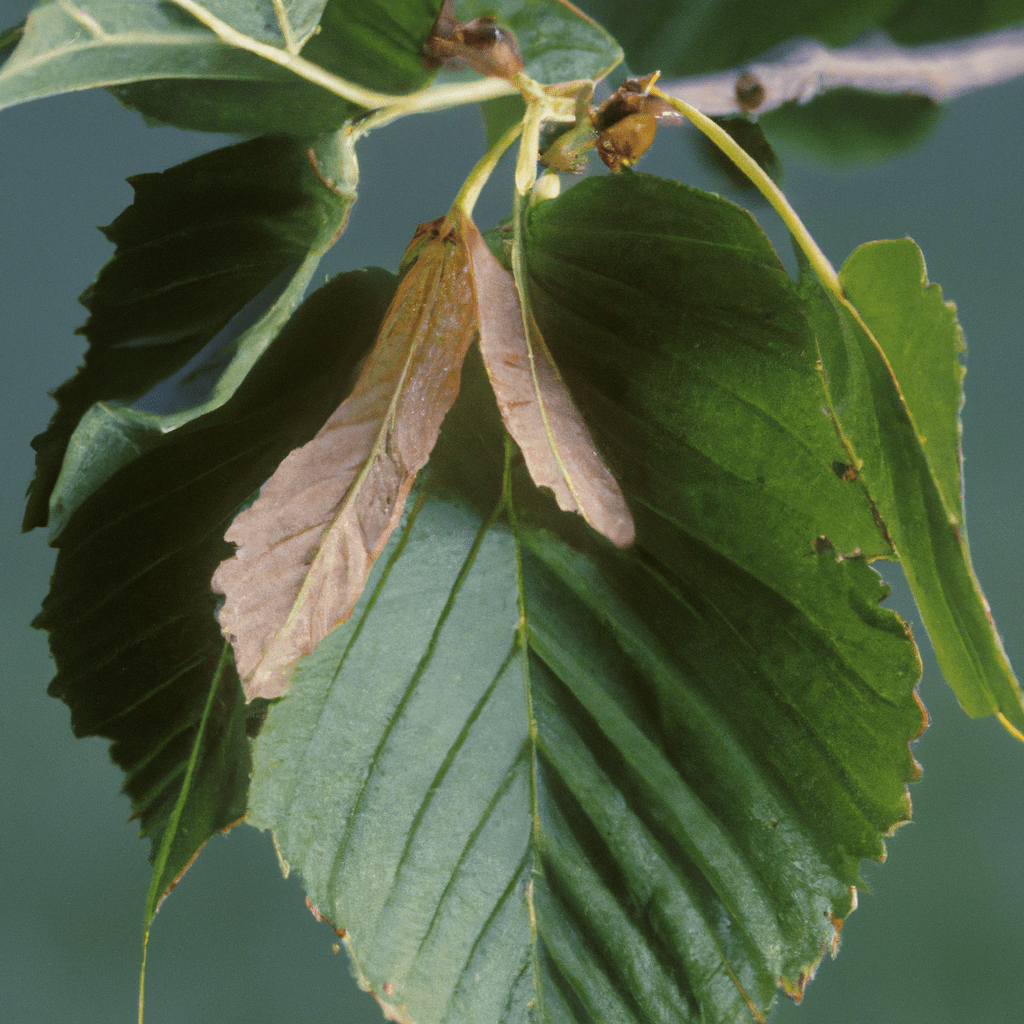
Slippery Elm (Ulmus Rubra)
Trees such as the slippery elm (Ulmus rubra) are native to North America. The inner bark of the tree is used medicinally. Native Americans have long used slippery elm for a variety of ailments. It was used as a poultice for wounds and taken internally for sore throat, diarrhea, and other digestive problems.
Slippery elm is still used today for many of the same purposes. It is approved by the German Commission E for treating digestive disorders. Herbalists often recommend slippery elm to treat inflammatory bowel conditions like Crohn’s disease and ulcerative colitis. It is also used to relieve constipation, diarrhea, and irritable bowel syndrome.
-burns
-ulcers
-boils
-digestion support

Staghorn Sumac (Rhus typhina) Herbs and Their Uses
Staghorn sumac (Rhus typhina) is a perennial shrub native to North America. Native Americans have used the plant medicinally for centuries. The leaves, bark, and berries of the plant are all used for various remedies.
The most well-known use for staghorn sumac is for treating poison ivy and poison oak exposure. A chemical in the plant called urushiol can help neutralize the effects of the poison ivy/oak toxins. Other uses for staghorn sumac include treating colds, flu, and stomach issues.
-cold
-flu
-stomach problems
-antiviral
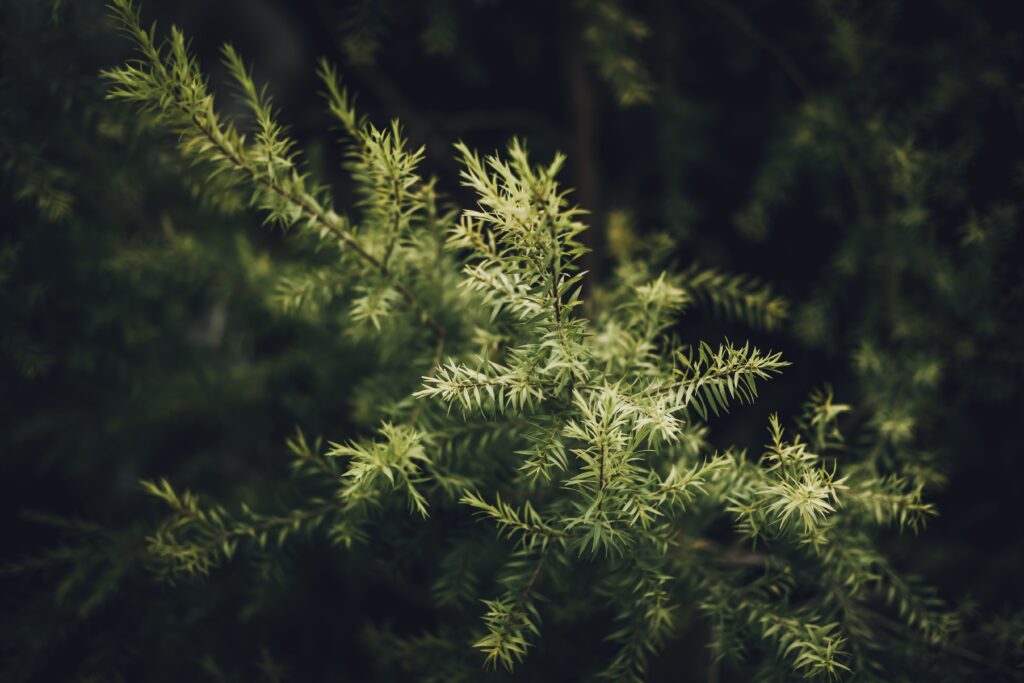
Tea Tree (Melaleuca alternifolia) Medicinal benefits include
The tea tree (Melaleuca alternifolia) is a tree native to Australia with a long history of use by the Aboriginal people. The tree leaves have been used for centuries to make medicinal tea. Tea tree tea is said to have several health benefits, including the treatment of colds, flu, and upset stomachs.
Recent studies have shown that tea tree oil, the main active ingredient in tea tree leaves, has antibacterial, antiviral, and anti-inflammatory properties. This makes tea trees a promising natural treatment for several different conditions. Tea tree oil is now used in various ways, including as a natural treatment for acne, dandruff, and fungal infections.
-acne
-dandruff
-fungal infection
-antibacterial
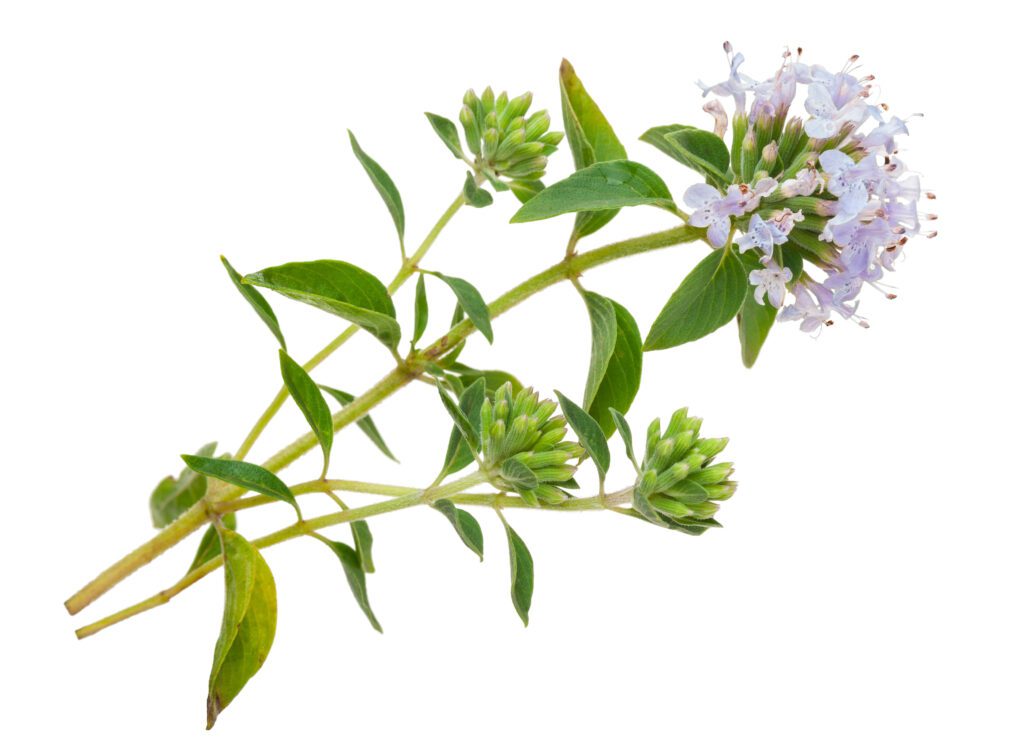
Thyme (Thymus vulgaris) Medicinal Herbs and Their Uses
A member of the mint plant species, it is native to the Mediterranean region with a strong, pungent flavor. In traditional medicine, thyme belongs to the mint family.
Thyme is commonly used to treat respiratory problems such as bronchitis and coughs. It also treats digestive issues such as stomach cramps and diarrhea. Additionally, thyme has been shown to have antibacterial, antioxidant, and anti-inflammatory properties.
While thyme is generally considered safe, it can cause some side effects, such as nausea, vomiting, and diarrhea. It is also not recommended for use by pregnant or breastfeeding women.
-increases saliva production
-chest infection
-anti-inflammatory
-antifungal
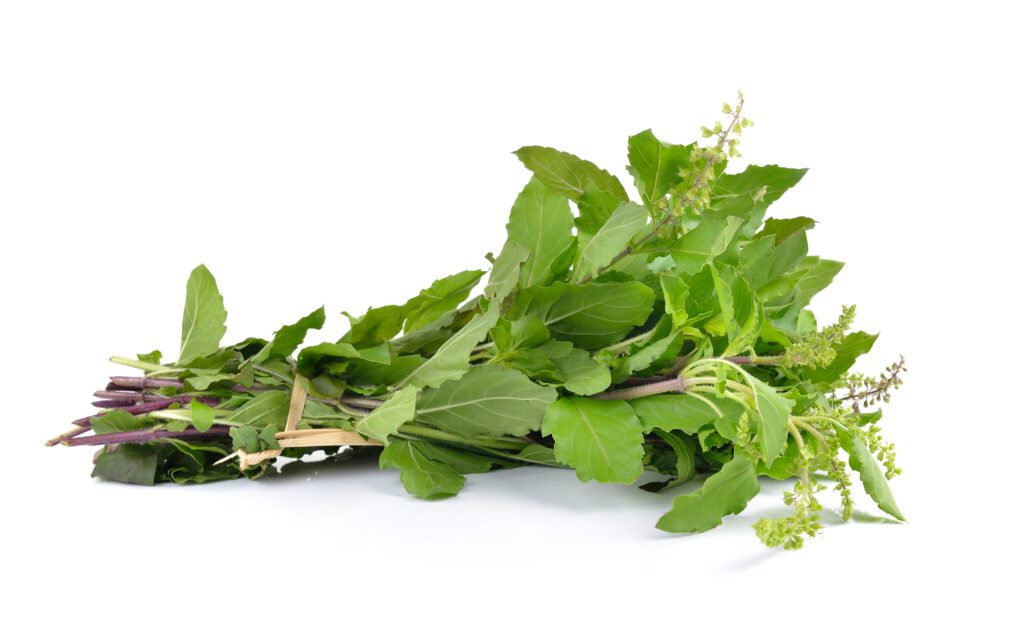
Tulsi (Ocimum tenuiflorum) Medicinal Herbs and Their Uses
The Tulsi plant, also known as Ocimum tenuiflorum, is a type of the mint family and is native to India. Tulsi is an essential herb in Ayurvedic medicine. Traditionally, it has been used for treating a variety of conditions.
Medicinal benefits of Tulsi include:
– boosting the immune system
– reducing stress
– improving digestion
– reducing inflammation
– treating respiratory conditions
– protecting heart health
– fighting cancer
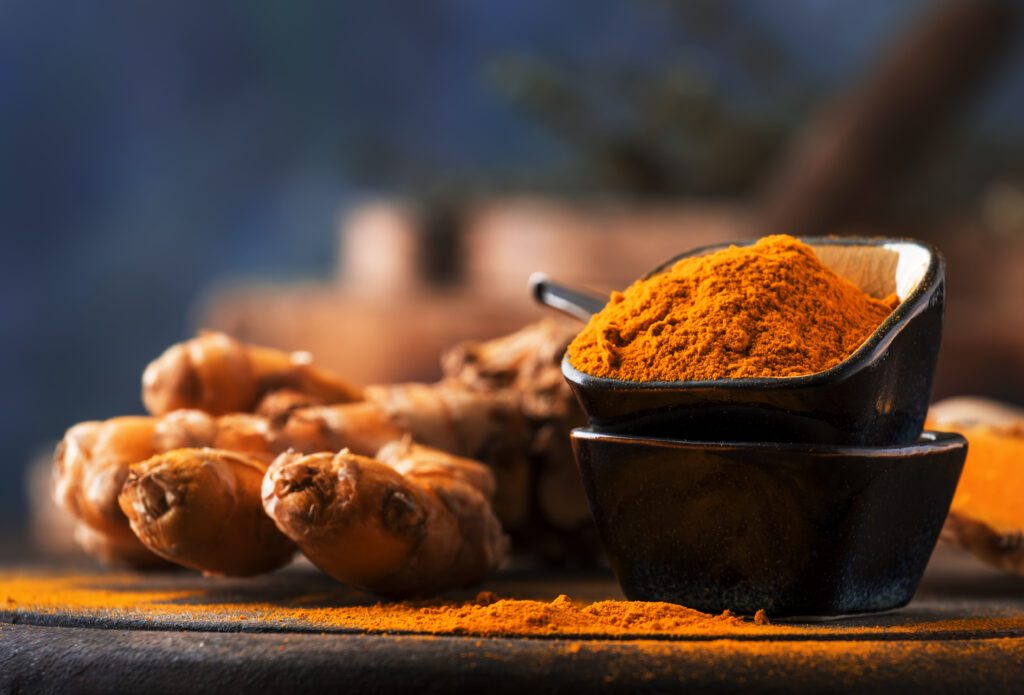
Turmeric (Curcuma longa) Medicinal Herbs and Their Uses
Turmeric (Curcuma longa) is a spice used in India for centuries as a medicinal herb. An herb belonging to the ginger family is characterized by its yellow color and characteristic yellow color. Curcumin is turmeric’s active ingredient and has potent antioxidant and anti-inflammatory properties.
Turmeric is effective in treating many conditions, such as:
– Arthritis
– Inflammation
– Digestive disorders
– Cancer
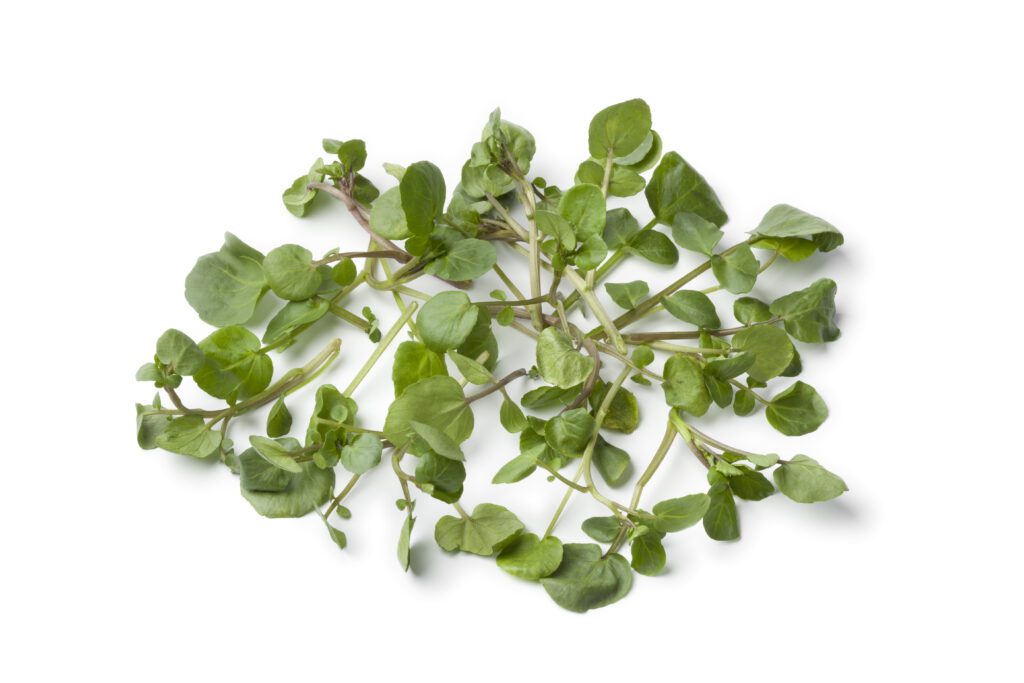
Watercress (Nasturtium officinale) Medicinal Herbs and Their Uses
Watercress is a crunchy, slightly peppery-tasting leafy green vegetable that is rich in vitamins and minerals. Watercress has vitamins A, K, C, and manganese, as well as calcium, magnesium, and iron. Watercress also contains a compound called sulforaphane.
Some of the most well-known health benefits of watercress include the following:
– cancer prevention
– heart health
– brain health
– respiratory health
– skin health
-goiter
-parasitic worms
Watercress is a versatile ingredient that can be used in both cooked and raw dishes. It can be added to soups and salads or used as a garnish. Watercress is also a popular ingredient in sandwiches and wraps.
Witch Hazel (Hamamelis virginiana) Medicinal benefits include

Yarrow (Achillea millefolium) Medicinal benefits include
Yarrow is a plant that has been used medicinally for centuries. Its leaves and flowers contain Achilles, which has anti-inflammatory and antibacterial properties. Yarrow has been traditionally used to treat wounds, cuts, and scrapes. It is also known to help with colds, flu, and fever.
-wounds
-depression
-fever
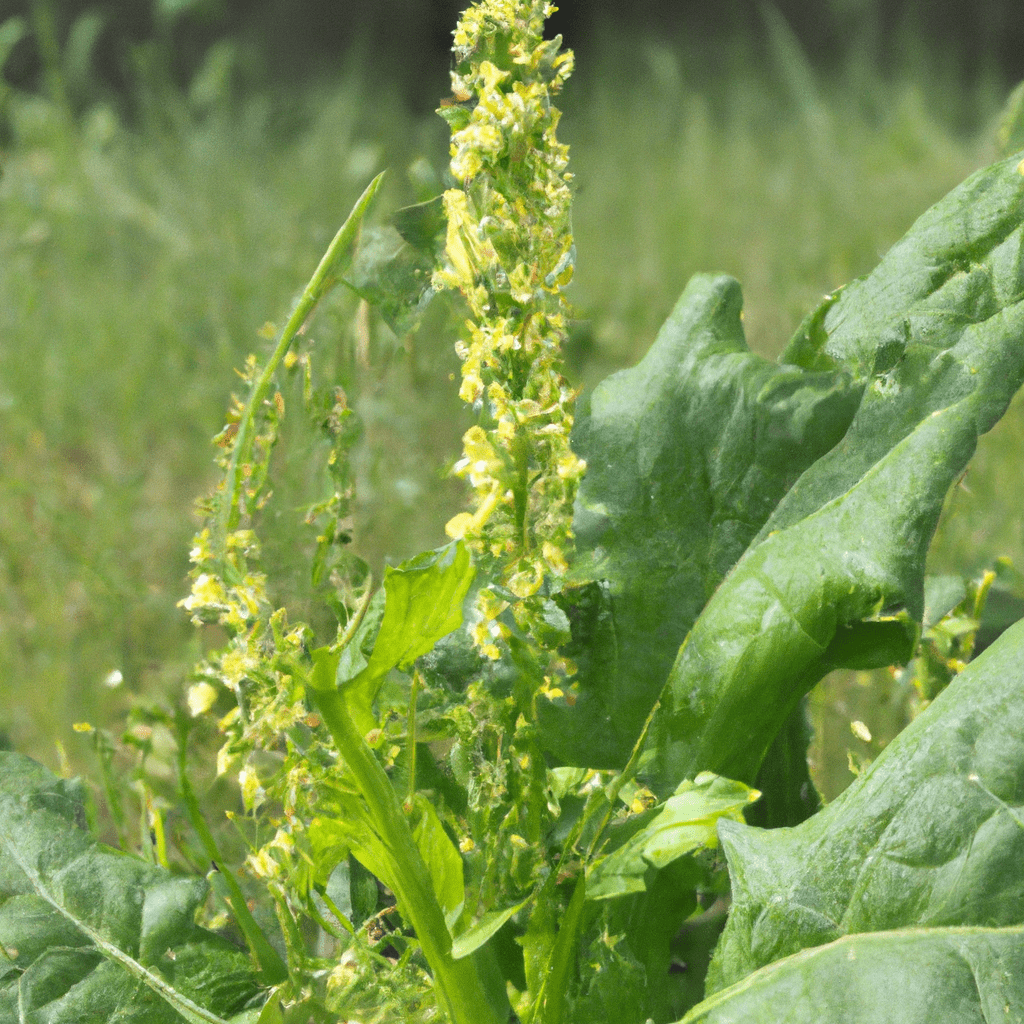
Yellow Dock (Rumex Crispus) Medicinal Herbs and Their Uses
The yellow dock, scientific name Rumex Crispus, is a tap-rooted perennial found in waste areas, damp woods, and along roadsides in North America, Europe, and Asia. The plant is distinctive for its yellow flowers and oblong leaves. The root of the yellow dock plant has been used medicinally for centuries.
Yellow dock is a traditional herbal remedy with a wide range of uses. The roots and leaves make teas, tinctures, and ointments. Yellow dock is also a common ingredient in many traditional Chinese herbal formulations.
Some of the most well-known medicinal benefits of yellow dock include relief from constipation, indigestion, and diarrhea. The herb is also used as a detoxifying agent and a blood purifier.
Some of the most well-known medicinal benefits of yellow dock include relief from constipation, indigestion, and diarrhea. The herb is also used as a detoxifying agent and a blood purifier. Yellow dock contains vitamins and minerals, including iron, calcium, and Vitamins A and C. It also includes a compound called tannin, known for its astringent properties.
-astringent
-detoxifying
-stomach upset
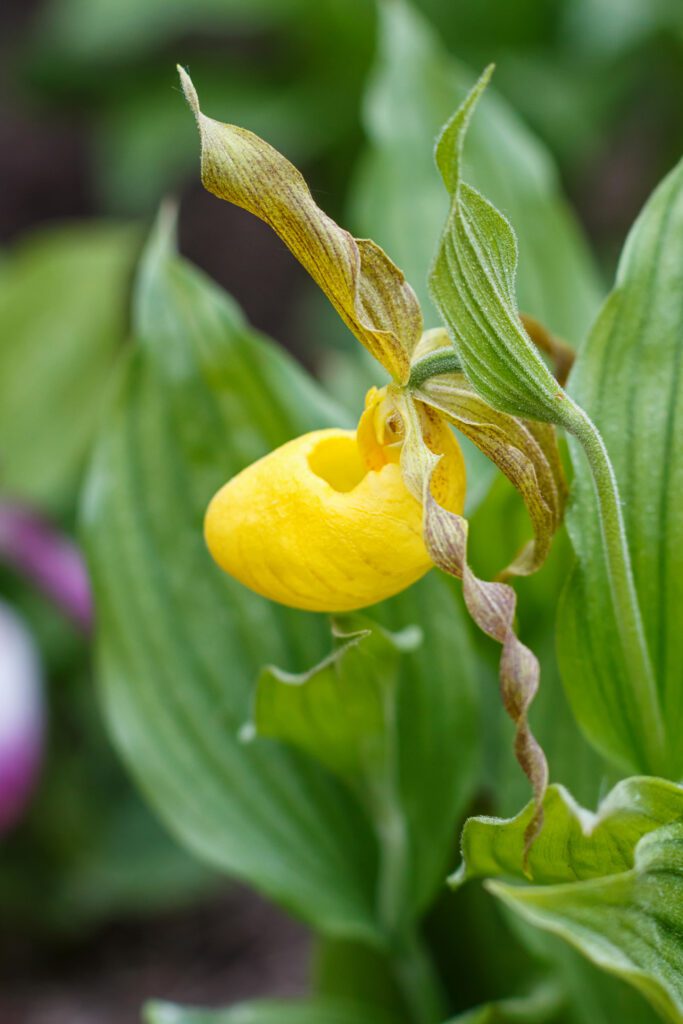
Yellow lady’s slipper (Cypripedium parviflorum)Medicinal benefits include
Yellow lady’s slipper (Cypripedium parviflorum) is a perennial herb native to North America. This plant has a long history of use by Native Americans and settlers. The roots and leaves of the plant were traditionally used to treat various ailments, including colds, flu, and muscle aches.
Recent studies have shown that the yellow lady’s slipper has medicinal benefits. The plant contains several compounds known to have medicinal properties, including saponins, tannins, and alkaloids. These compounds treat various conditions, including colds, flu, and anxiety.
-antispasmodic
-sedative
-cold and flu treatment
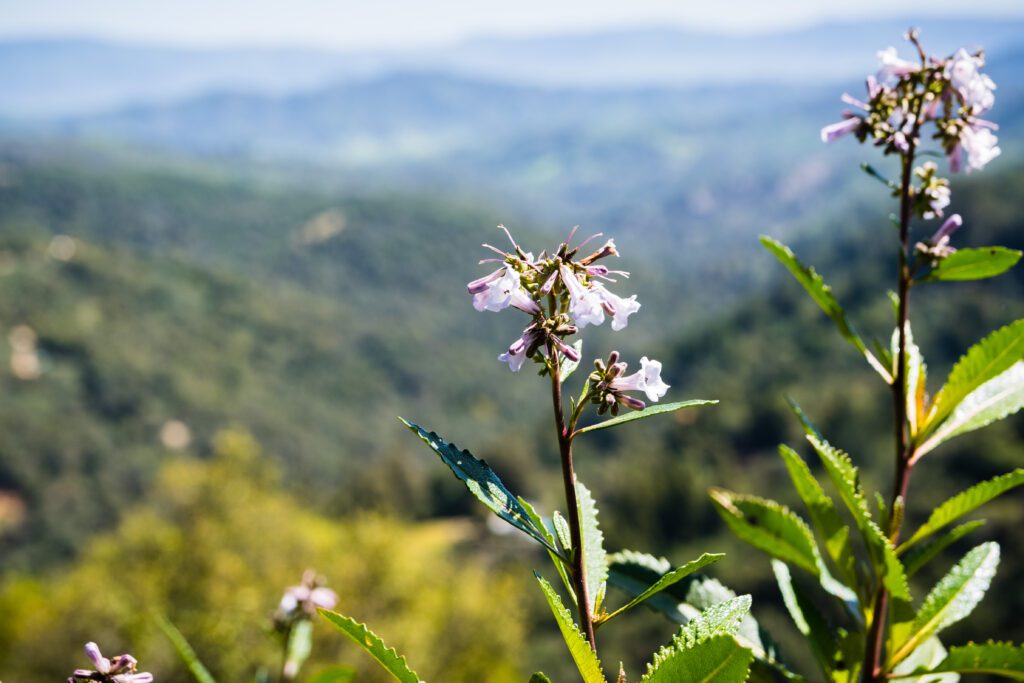
Yerba Santa (Eriodictyon crassifolium)Medicinal benefits include
Eriodictyon crassifolium, or Yerba Santa, is a plant native to Mexico and the Southwest. The leaves and flowering tops of the plant are used to make medicine.
Yerba Santa is used for colds, coughs, bronchitis, and other respiratory tract infections. It is also used for malaria, ringworm, and other conditions.
The dried leaves and flower tops of yerba santa are used to make tea. Yerba santa tea is used for coughs, colds, and bronchitis.
Yerba santa is Applied to the skin for rashes, poison ivy/oak/sumac, wounds, and insect bites.
In food and beverage, yerba santa is used as a flavoring.
-cough
-bronchitis
-fevers
-sores
-inflammation
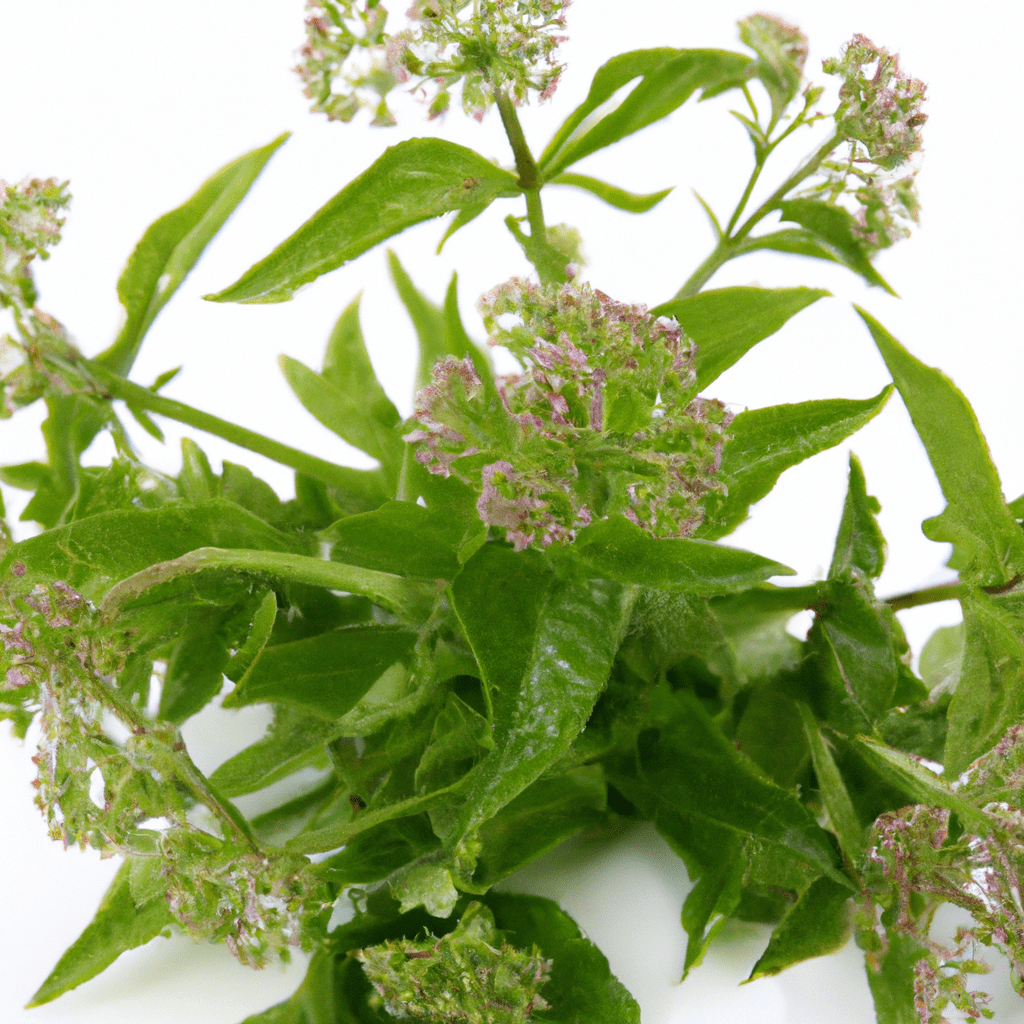
Herbs and Their Uses-Valerian (Valeriana officinalis)
Valerian (Valeriana officinalis) is a perennial herb used medicinally for centuries. The roots and underground stems are used to make tea or extract, which is said to have various health benefits. Some of the most common uses for valerian include treating anxiety, insomnia, and headaches.
-PMS
-Menopause
-Anxiety
-Stress relief
-Insomnia
Velvetleaf (Cissampelos pareira) Medicinal Benfeits Include
Velvetleaf (Cissampelos pareira) is a climbing vine native to tropical and subtropical regions of Asia, Africa, and the Americas. The leaves and roots of velvetleaf are used in traditional medicine to treat various ailments, such as fever, pain, and diarrhea.
-treat eye injuries
-diarrhea
-fever
-pain
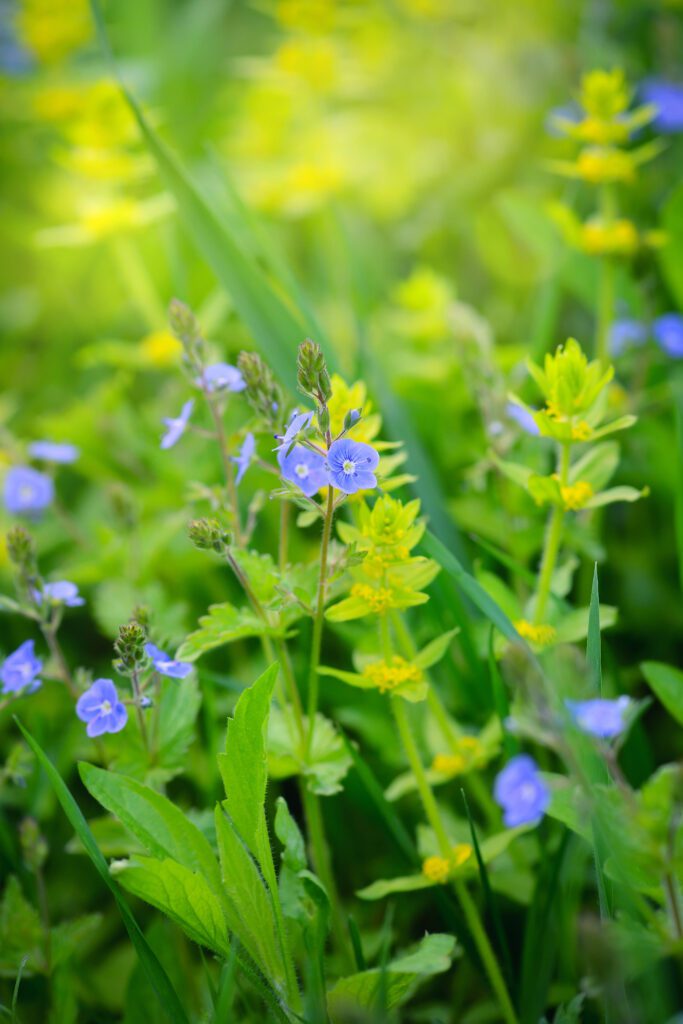
Veronica (Veronica officinalis) Medicinal benefits include
Veronica officinalis, more commonly known as veronica, is a typical flowering plant with a long medicinal use history. The leaves and flowers produce a tea that can help with several ailments, including respiratory infections, indigestion, and anxiety. Veronica is also an herbal remedy for skin conditions like acne and eczema.
-snake bites
-ulceration
-liver issues
-acne
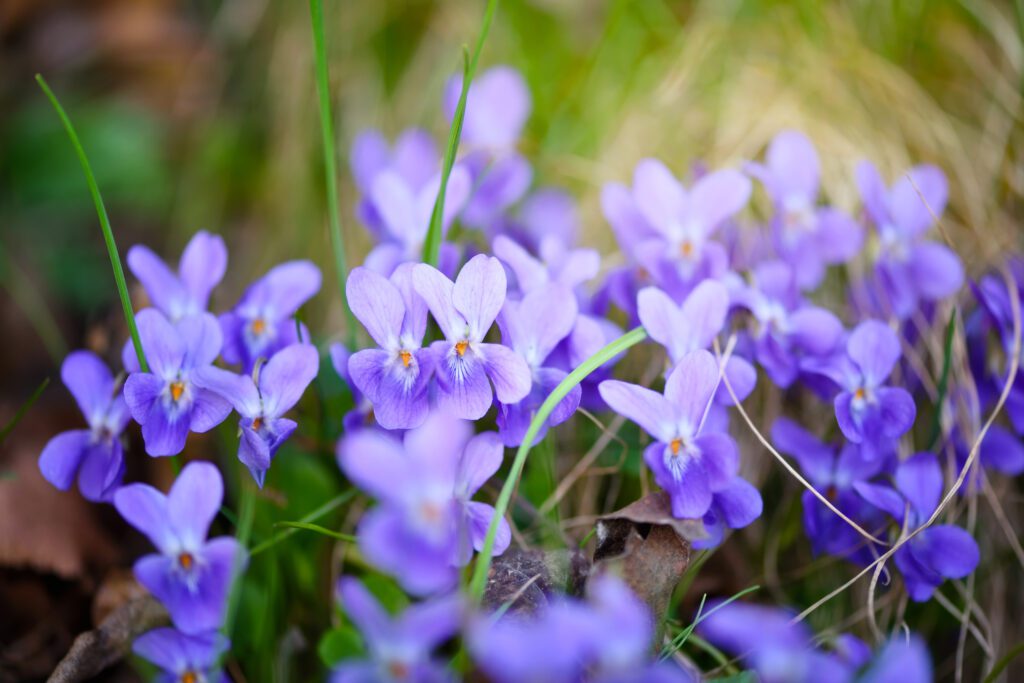
Violets (Viola sp.) Medicinal benefits include
The violet plant has a long history of medicinal use. Dating back to ancient Greece, the violet was used to treat various ailments. Today, we know that violet contains several compounds that can benefit our health. For example, violets are a source of antioxidants and have anti-inflammatory properties. Additionally, violets are shown to have cancer-fighting properties.
-varicose veins
-anti-inflammatory
-purifies blood
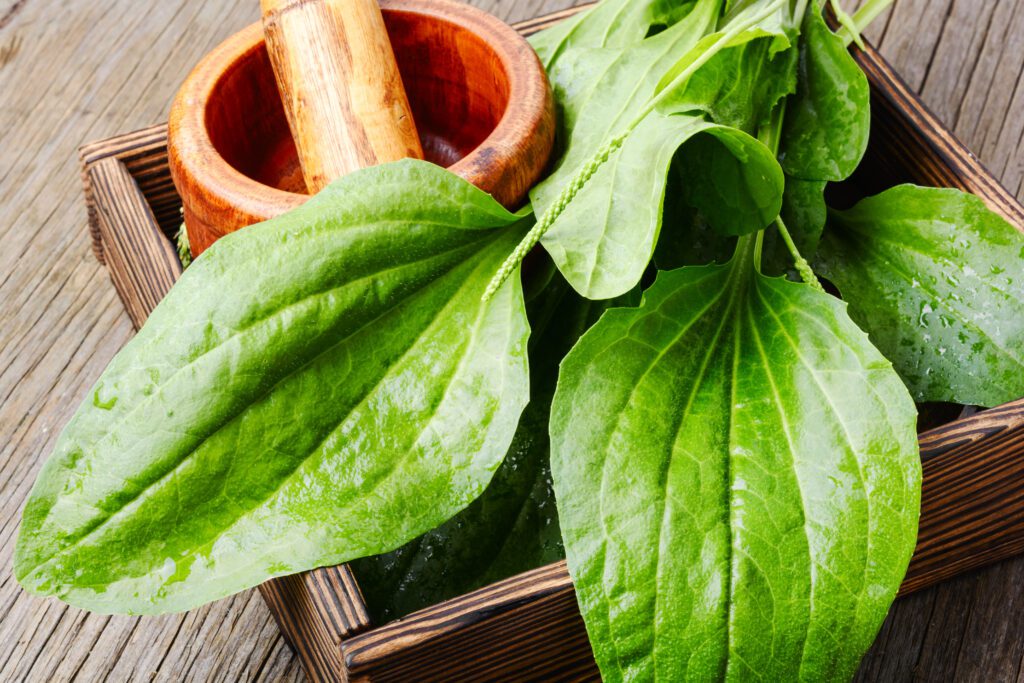
Water-plantain (Alisma Plantago-Aquatica ) medicinal benefits
Water-plantain (Alisma Plantago-Aquatica ) is a medicinal herb that treats many ailments. Recent studies have shown that water-plantain has many advantages, including reducing inflammation, lowering blood pressure, and helping detoxify the body. Water-plantain is also a rich source of antioxidants and flavonoids, which are known to protect cells from damage and boost the immune system.
The water plantain is a perennial herb that grows in damp habitats, such as marshes, swamps, and ditches. The plantain has large, heart-shaped leaves and small white flowers. The plant gets its name from its resemblance to the plantain, a related herb.
-lowers cholesterol
-urinary support
-bladder support
-lowers high blood pressure
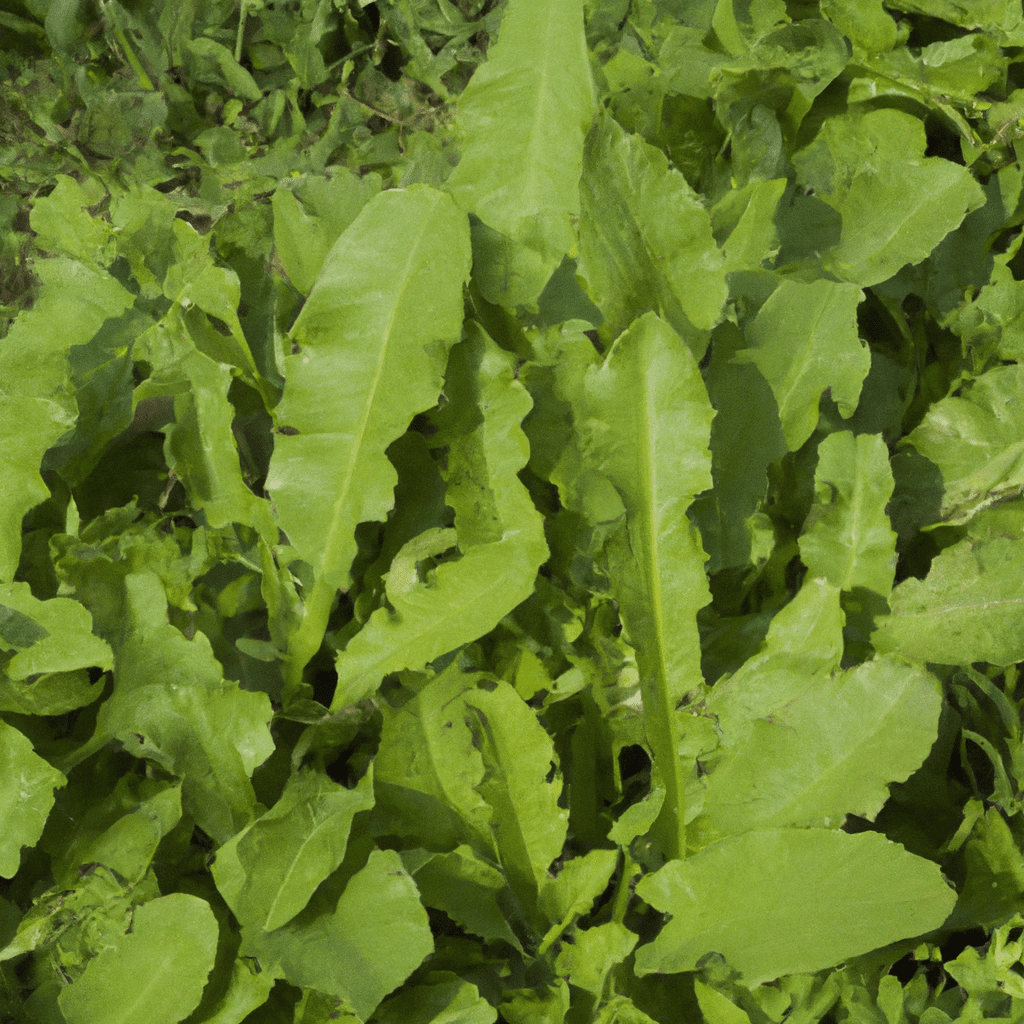
Wild lettuce (Lactuca virosa) Herbs and Their Uses
Wild lettuce (Lactuca virosa) was used medicinally for centuries. It is thought to have sedative and analgesic properties and is sometimes used as a natural remedy for pain relief. Wild lettuce is also used as a treatment for anxiety and insomnia and is said to have calming effects.
Wild lettuce contains several compounds that are thought to be responsible for its medicinal effects. These include lactucin, lactucopicrin, and levulin.
-insomnia
-calming
-analgesic
-arthritis
-menstrual pain
-cough
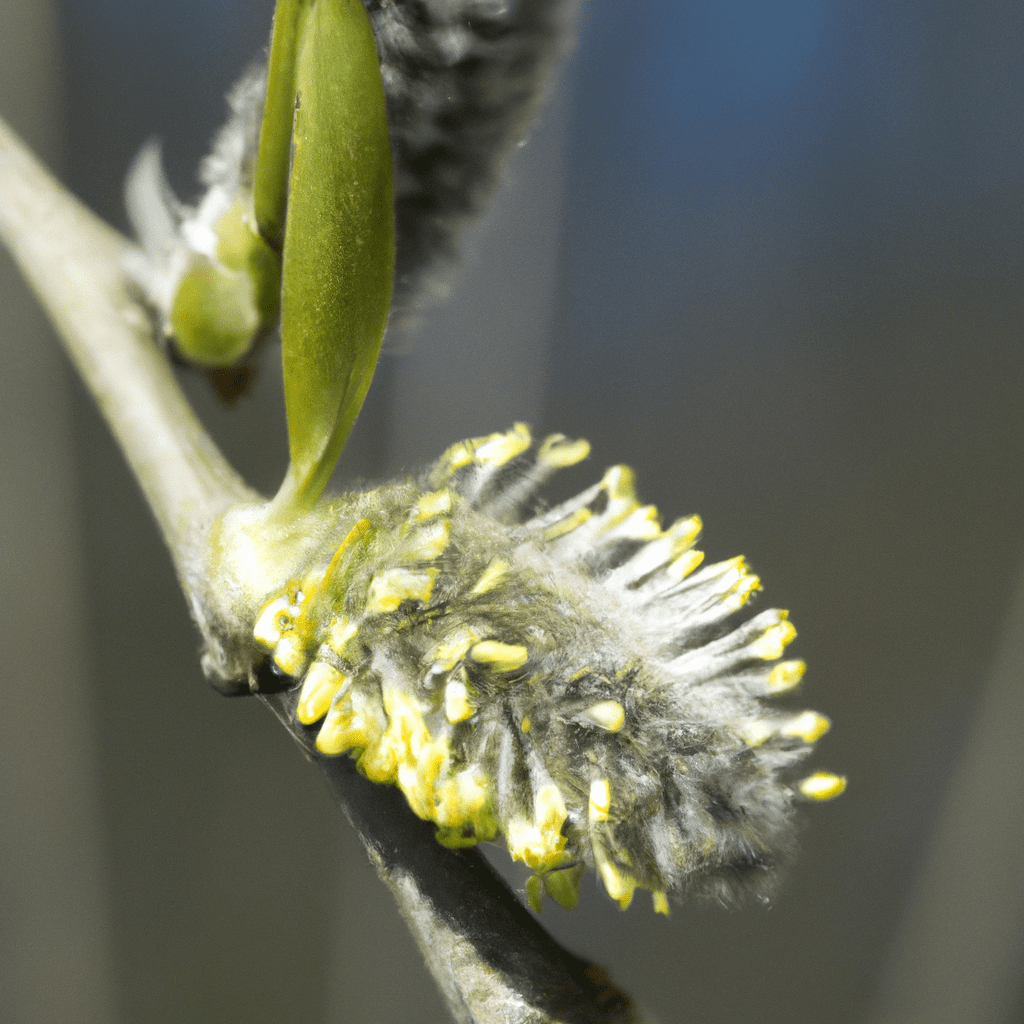
Willow (Salix sp.) Medicinal benefits include
In ancient civilizations, the willow tree was used medicinally. Willow bark contains a natural pain reliever and anti-inflammatory compound, salicin. In addition to treating headaches, muscle pain, and arthritis, willow bark is also helpful in treating fevers. Inflammation can also be reduced with this natural remedy.
-pain
-bursitis
-tendinitis
-headache
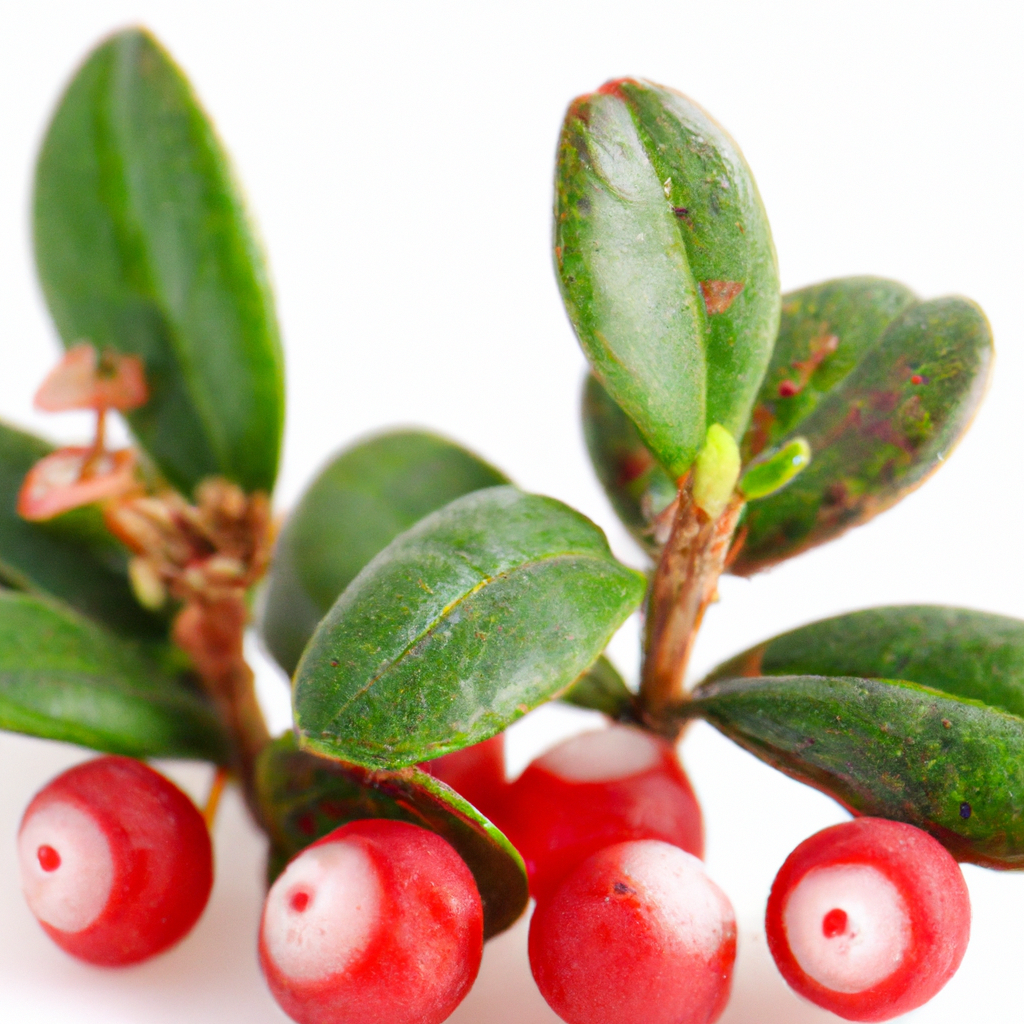
Wintergreen (Gaultheria procumbens)
Wintergreen (Gaultheria procumbens) is a small shrub native to North America. The leaves and stems of the plant are covered in a white, waxy substance that gives the plant a distinctive appearance. Wintergreen is best known for its robust and minty flavor, used in various products, including toothpaste, gum, and candy.
Wintergreen is also used as a medicinal herb. The plant contains a compound called methyl salicylate, which has pain-relieving and anti-inflammatory properties. Wintergreen treats various conditions, including headaches, arthritis, and muscle pain.
-headache
-fever
-gas
-muscle pain
